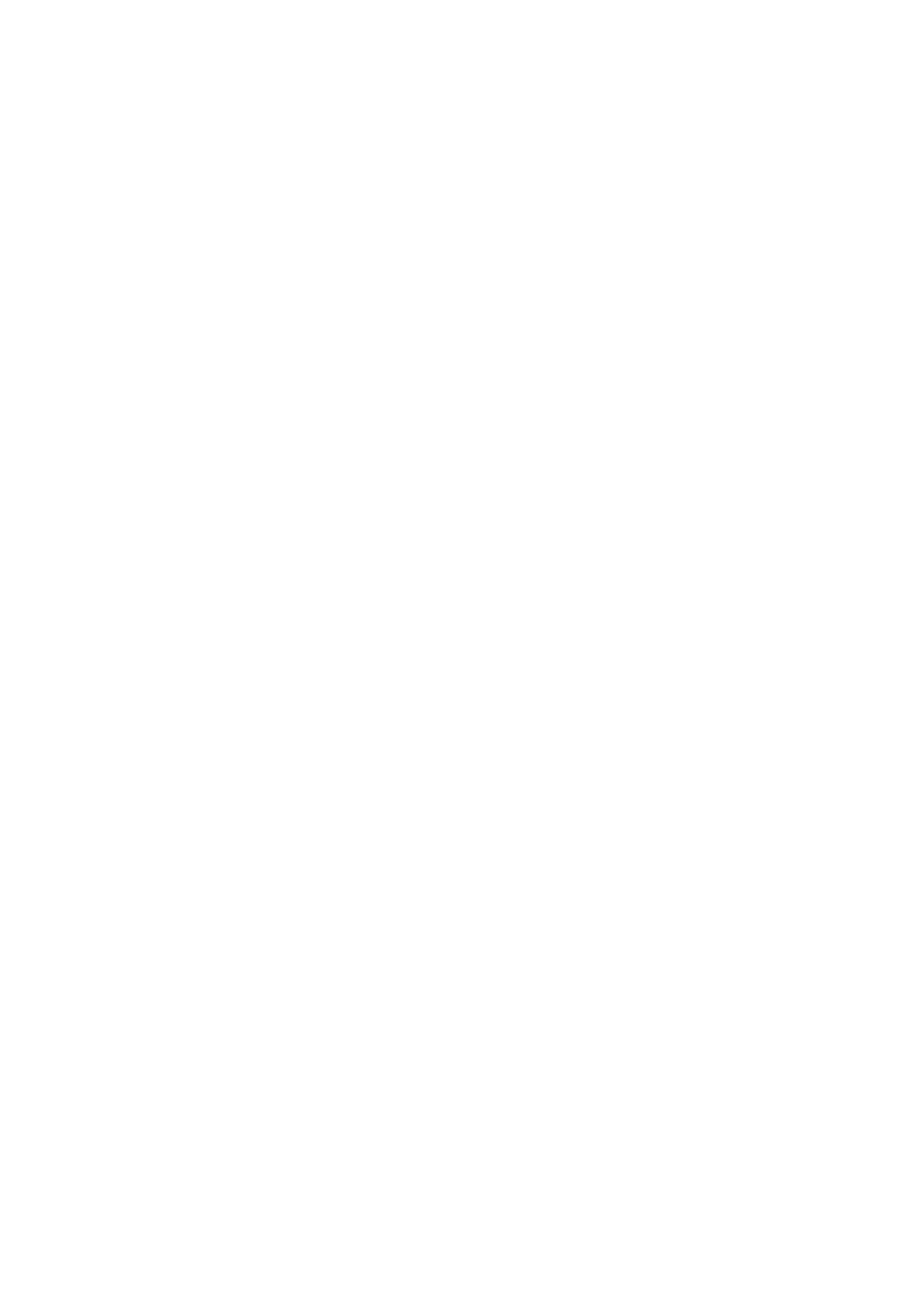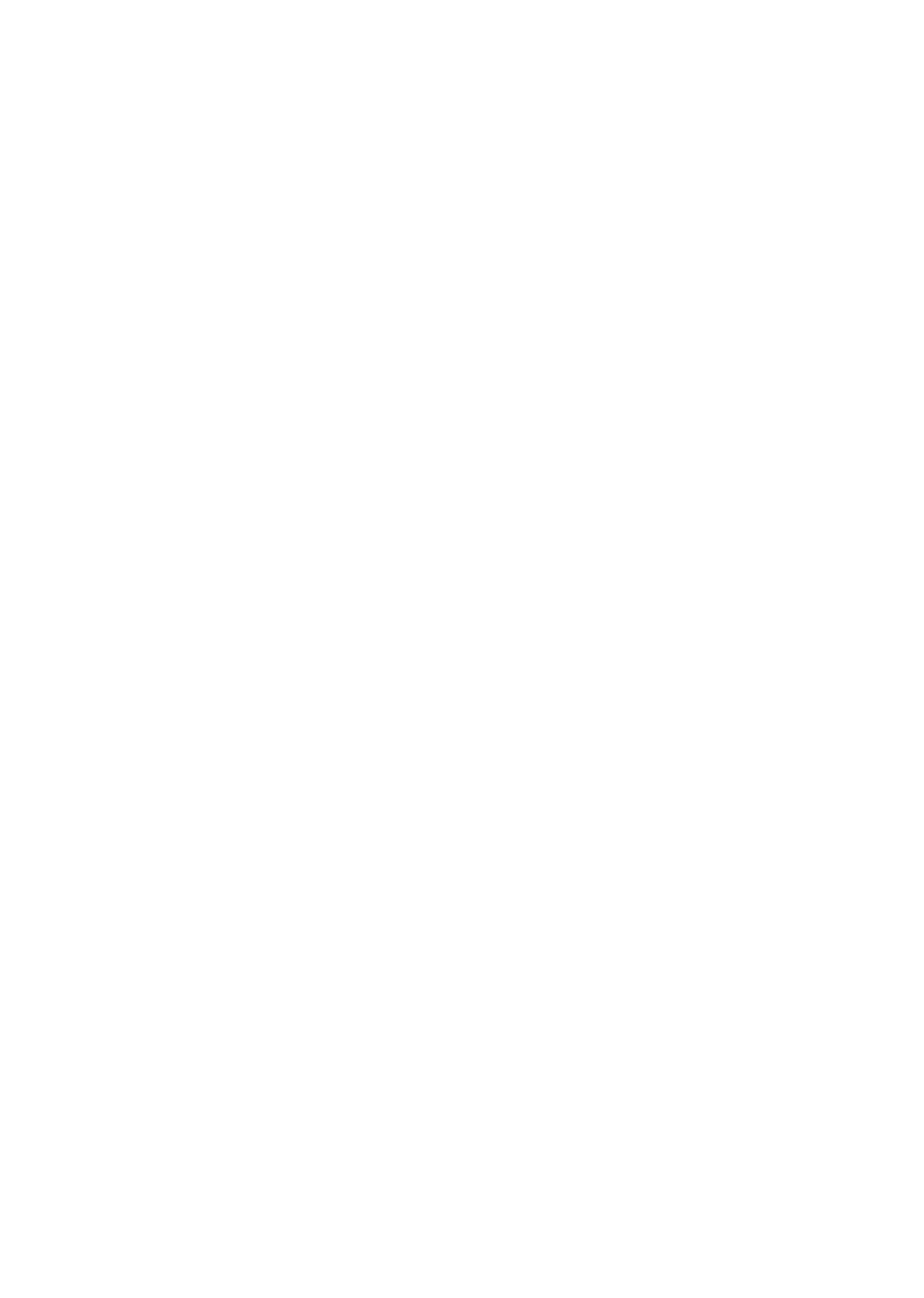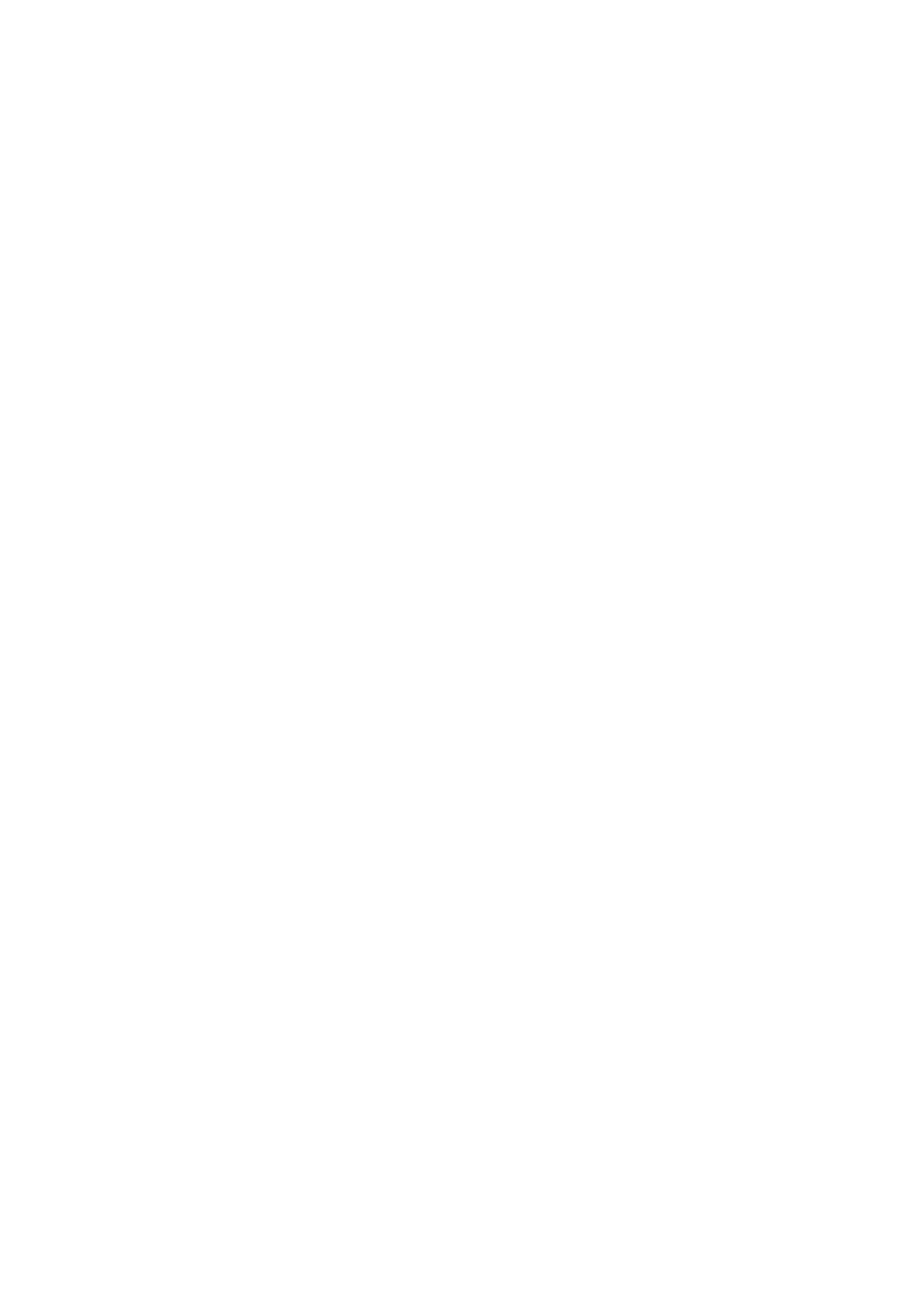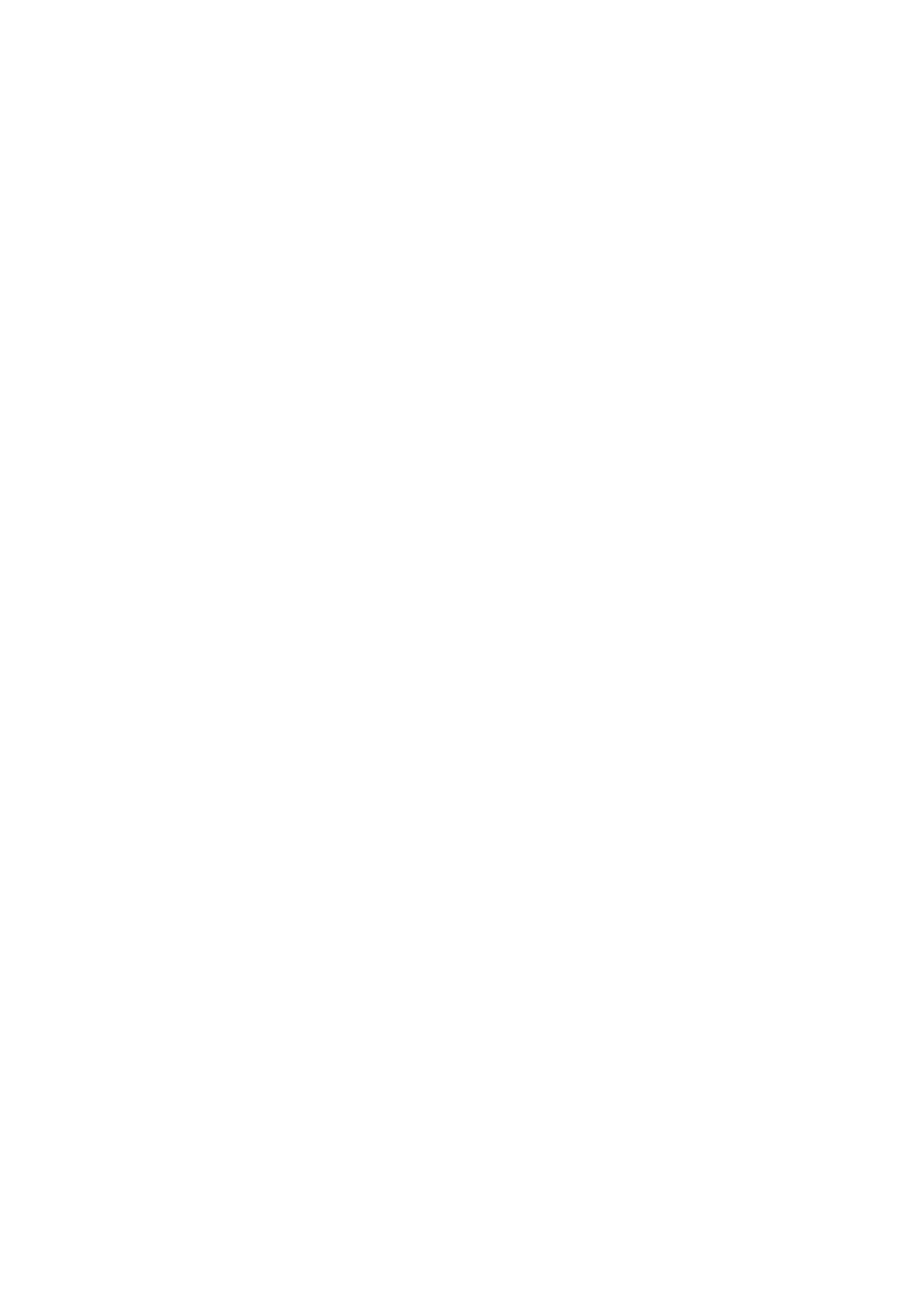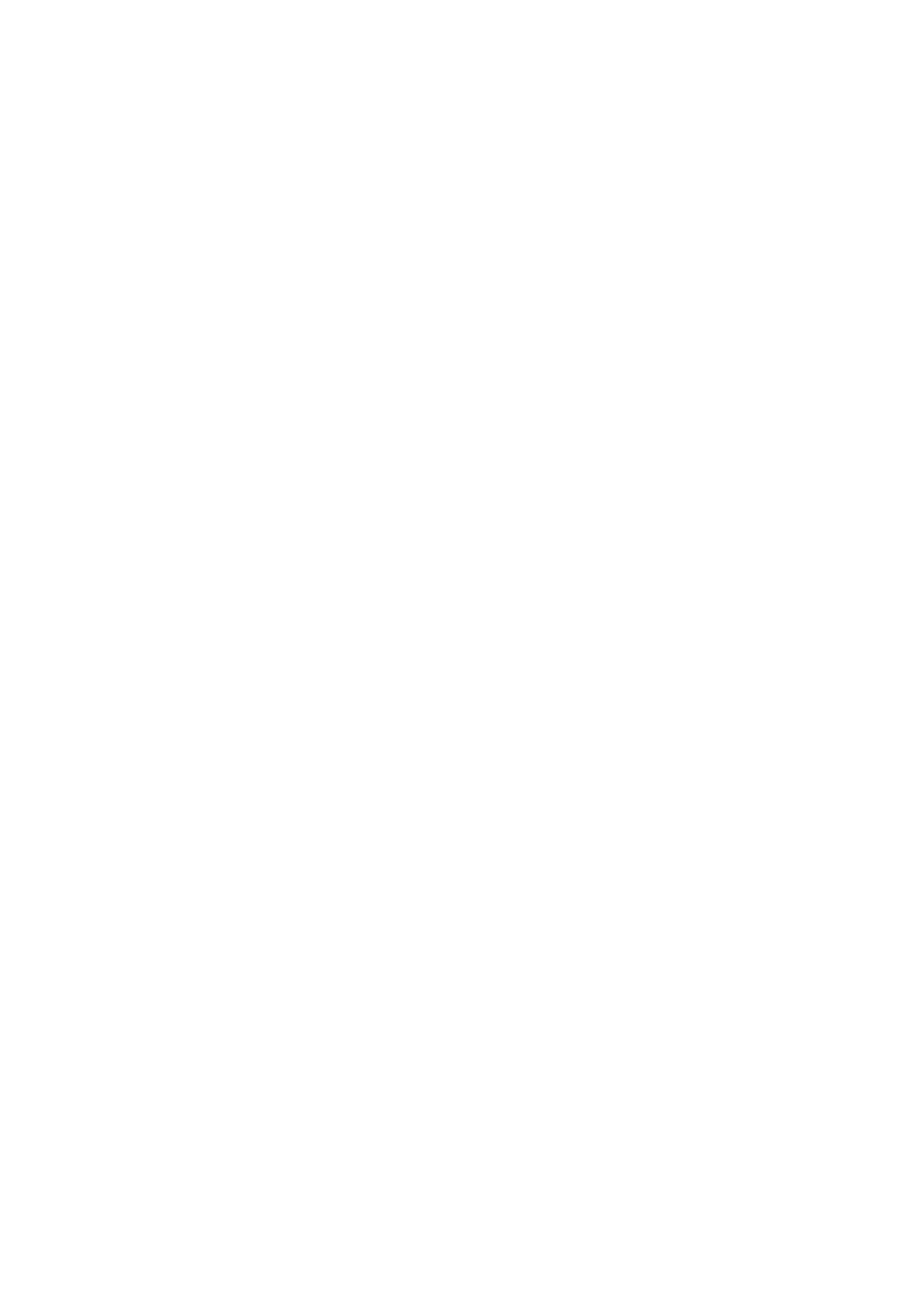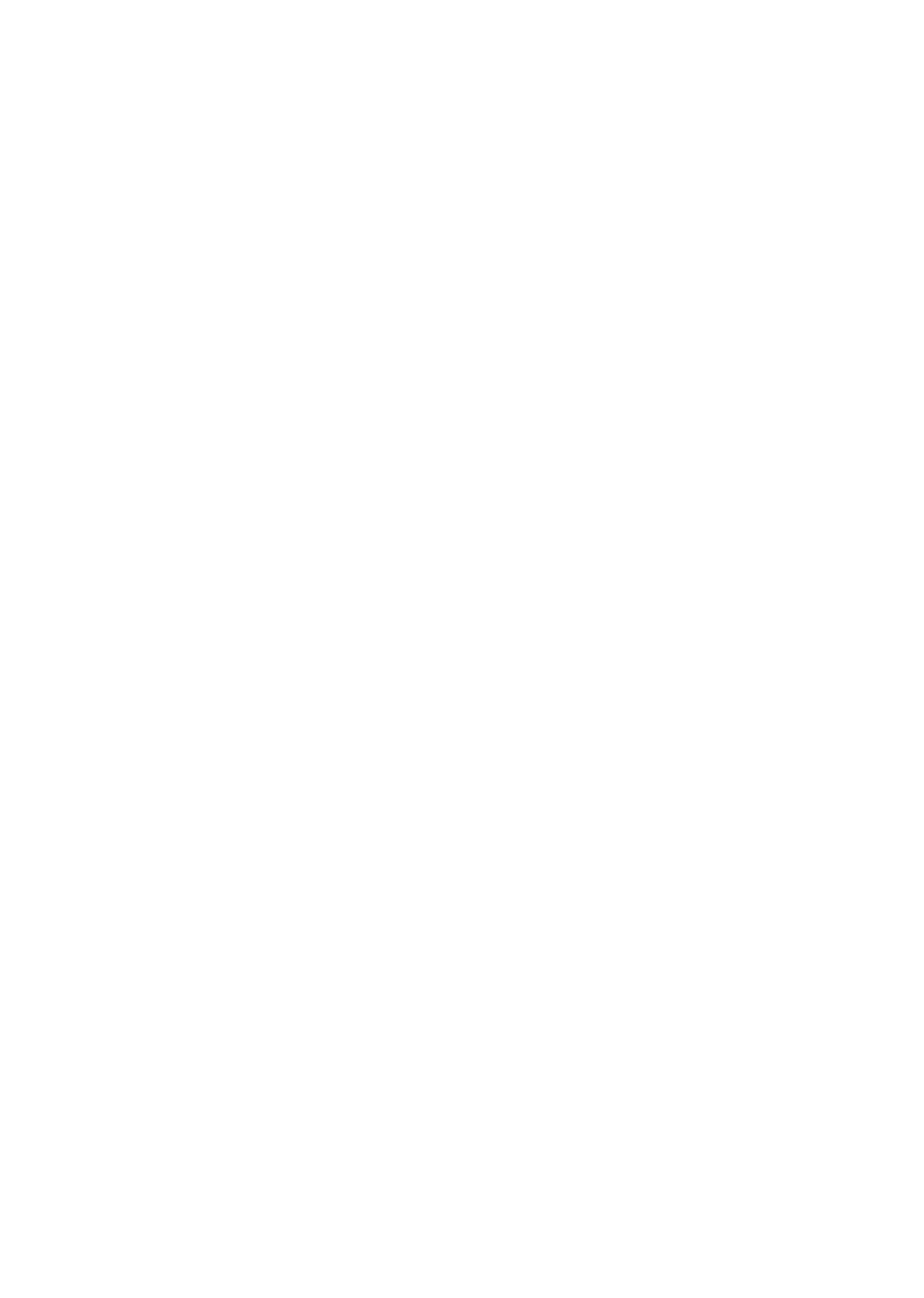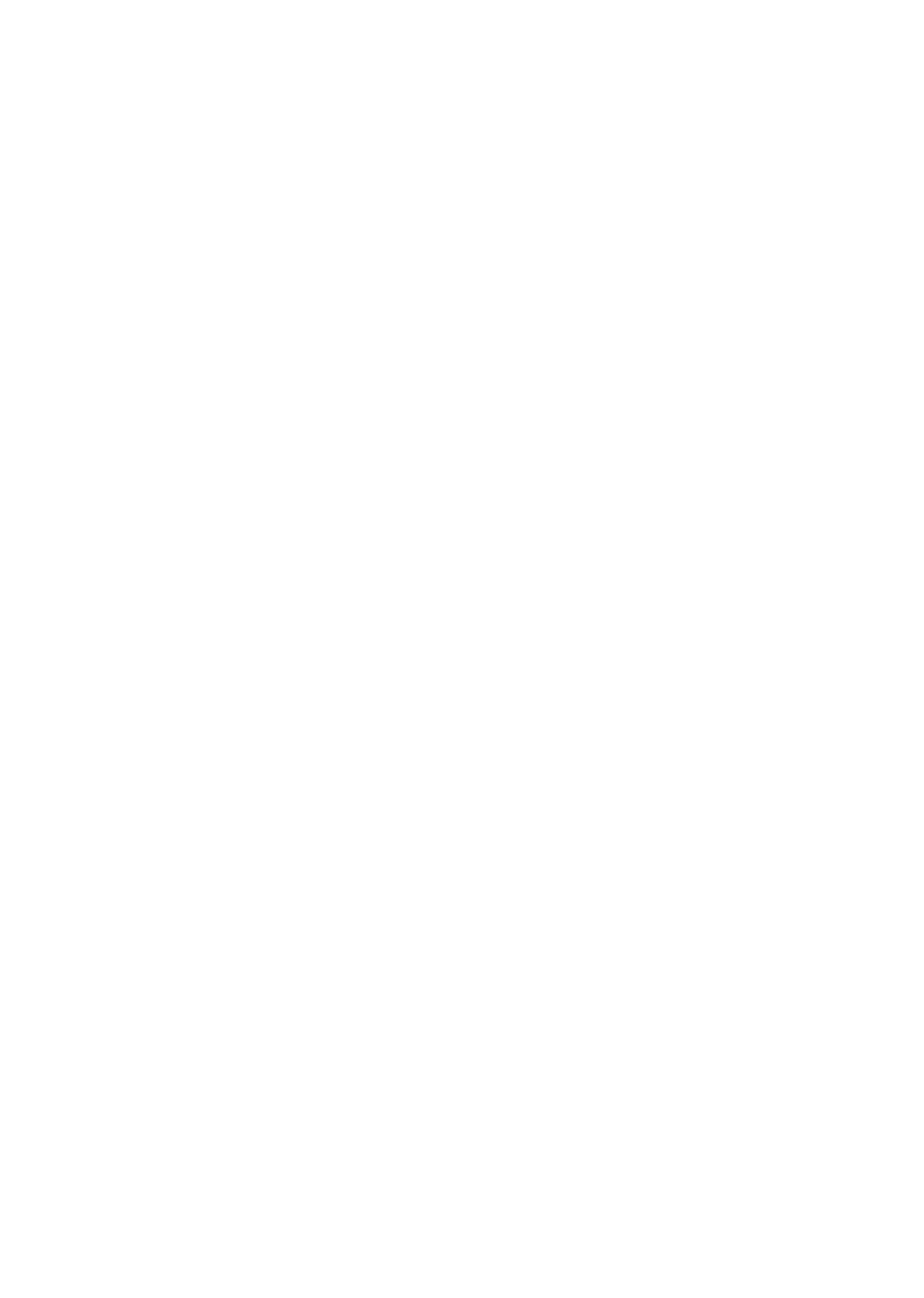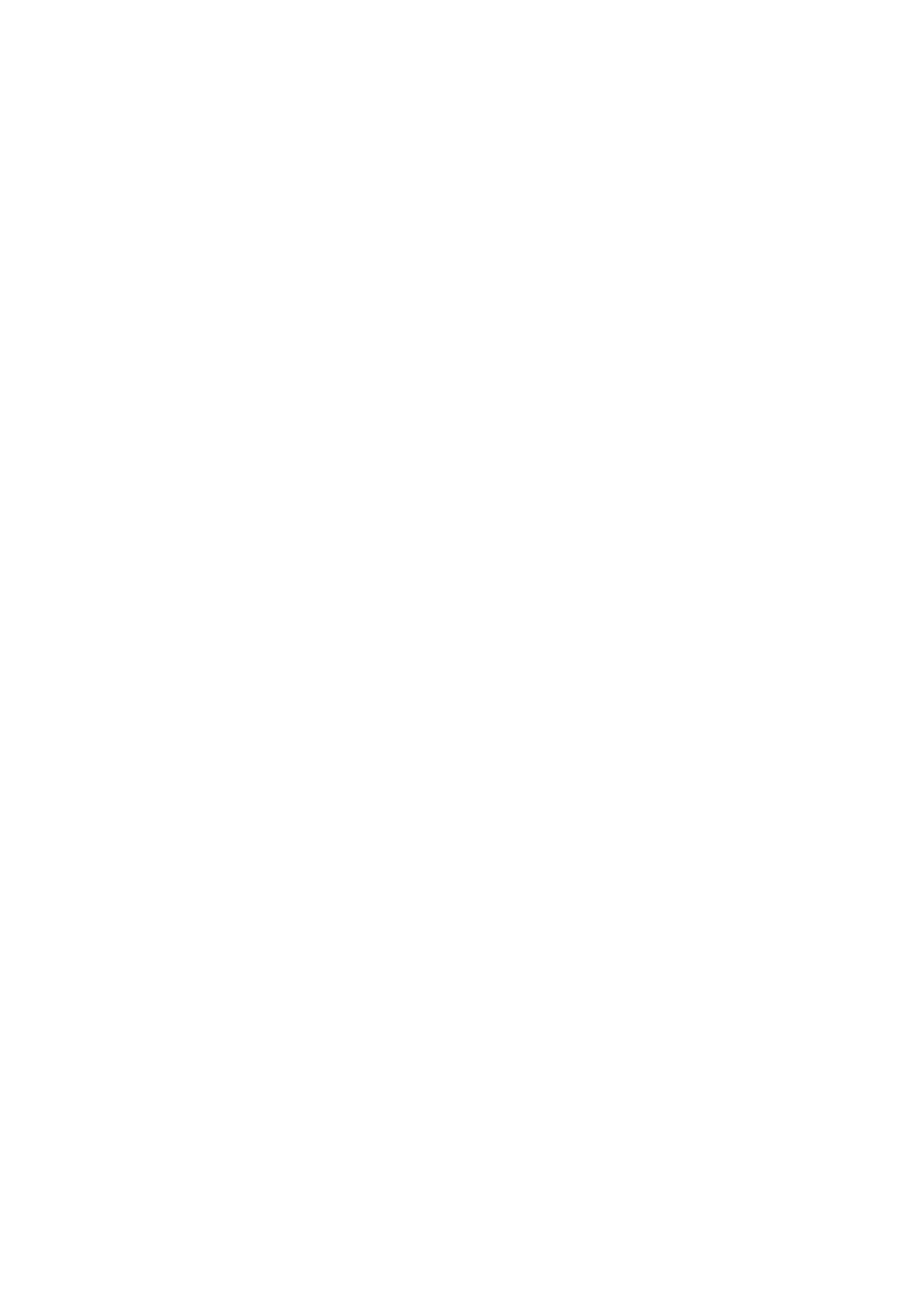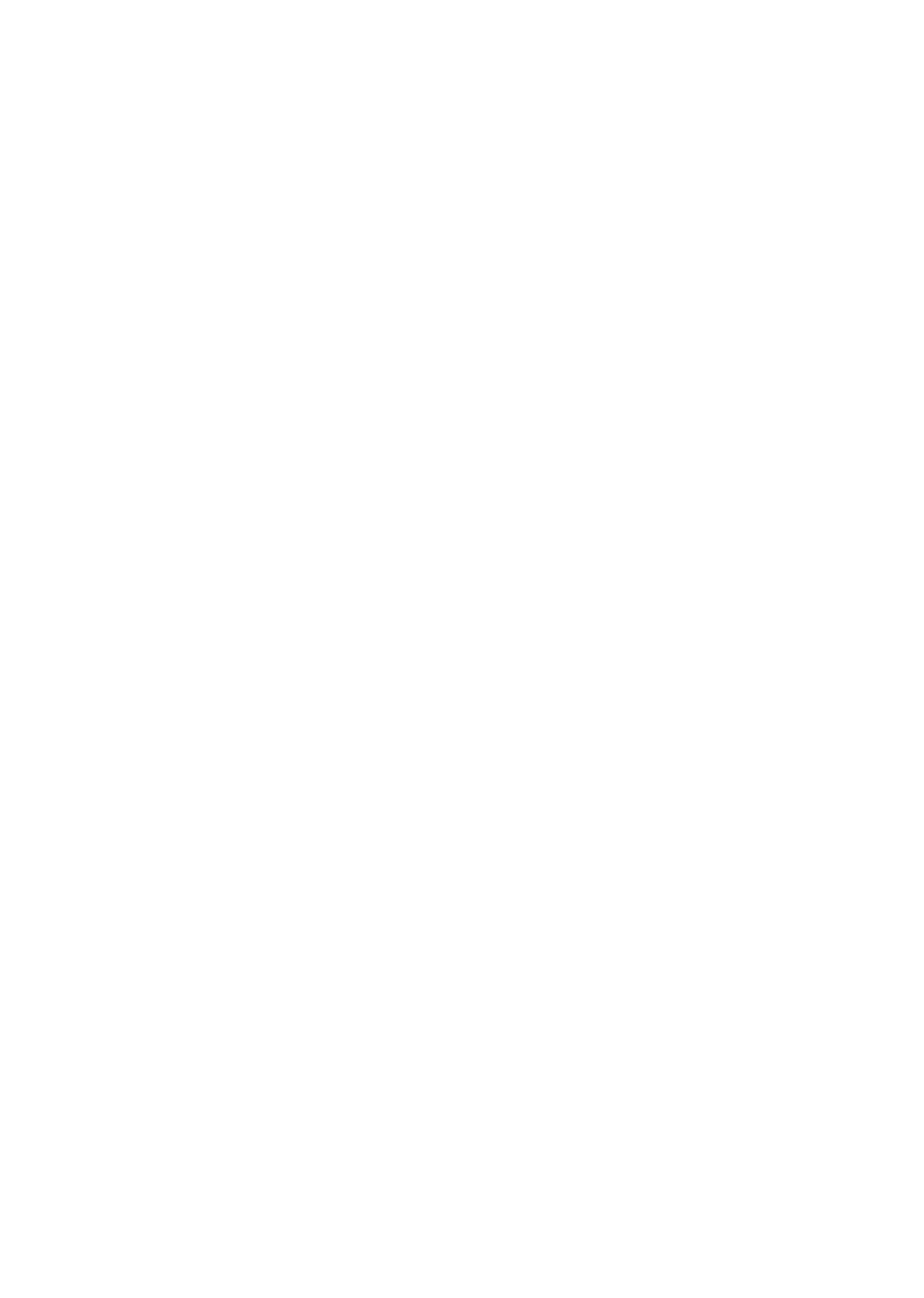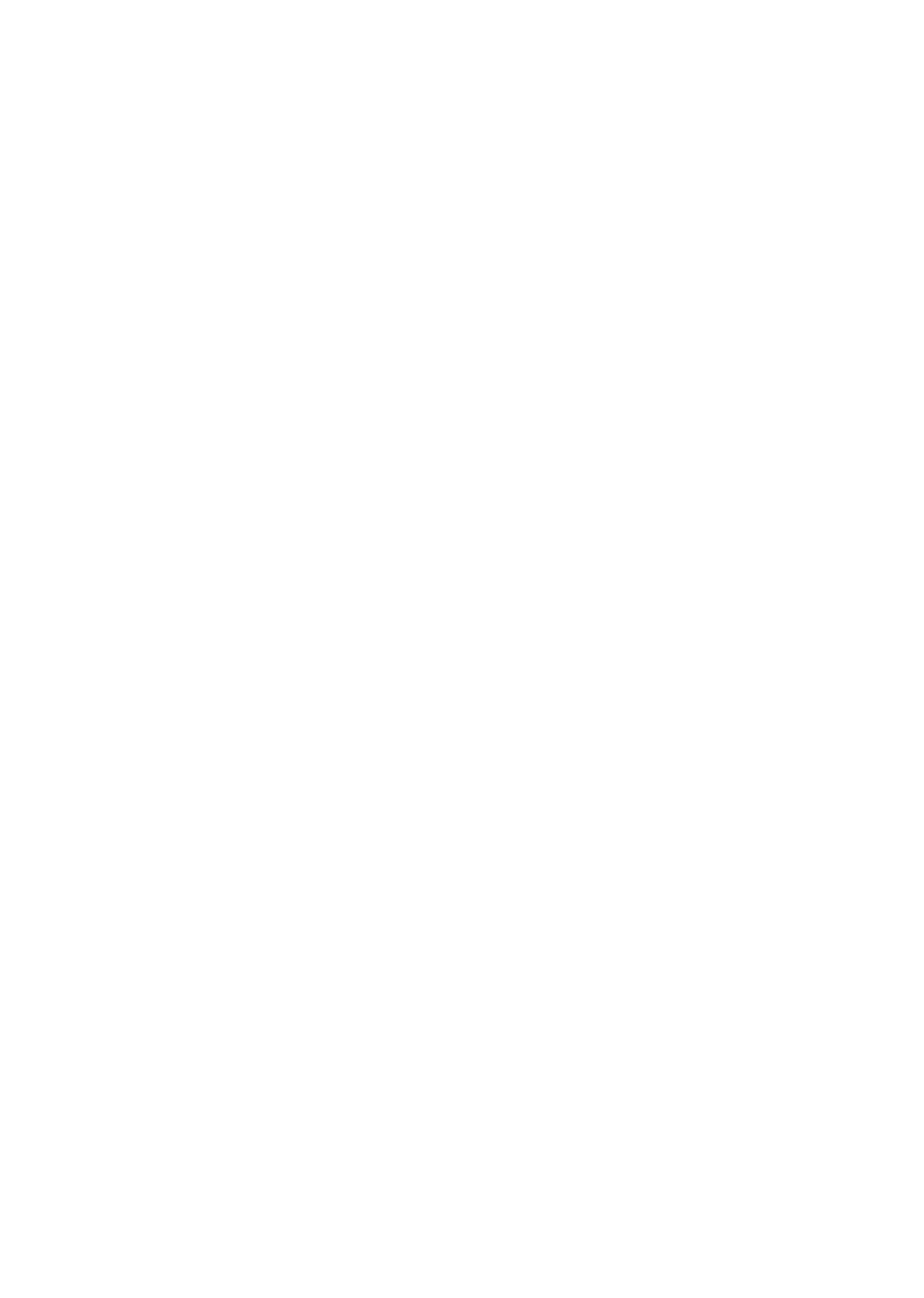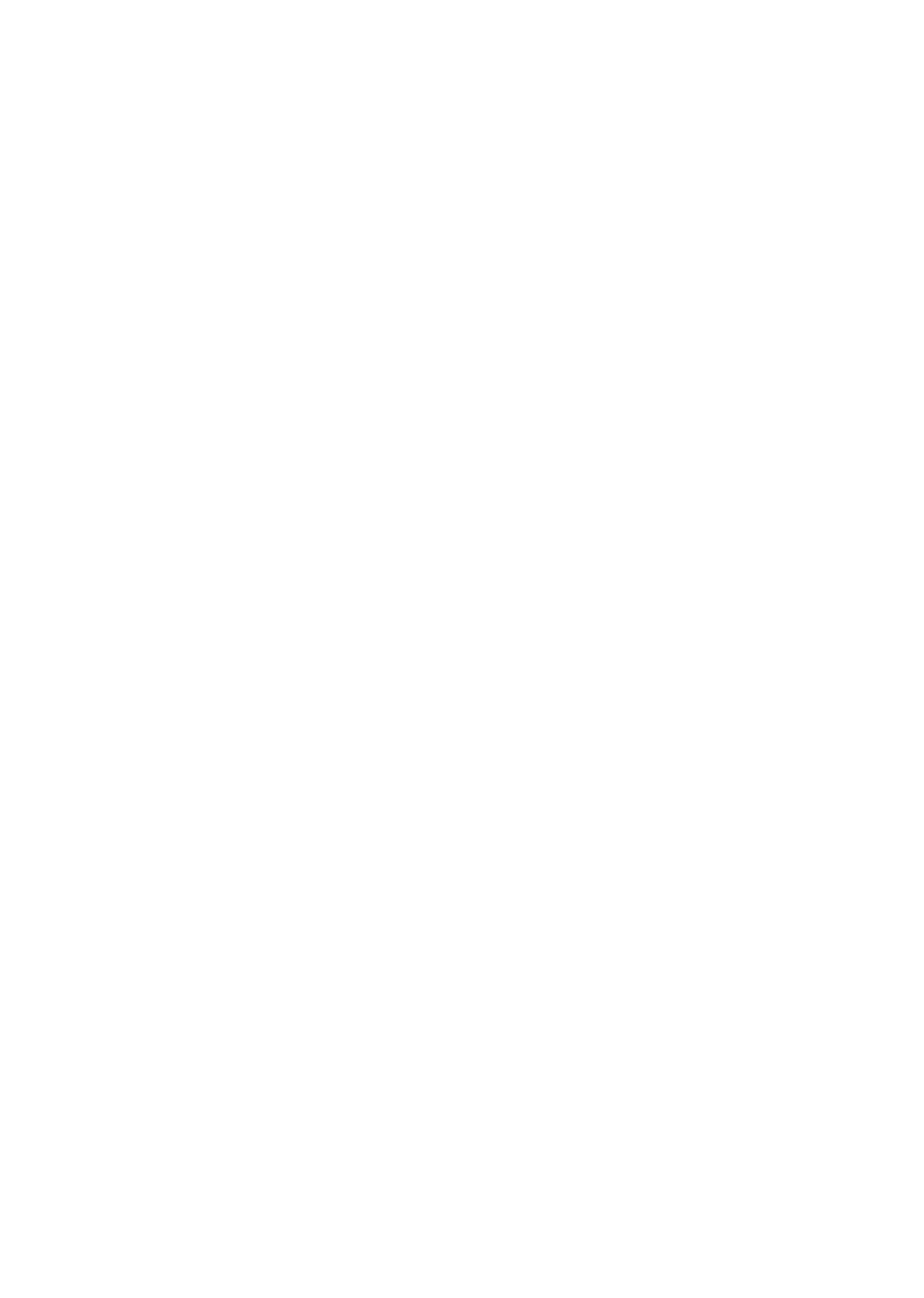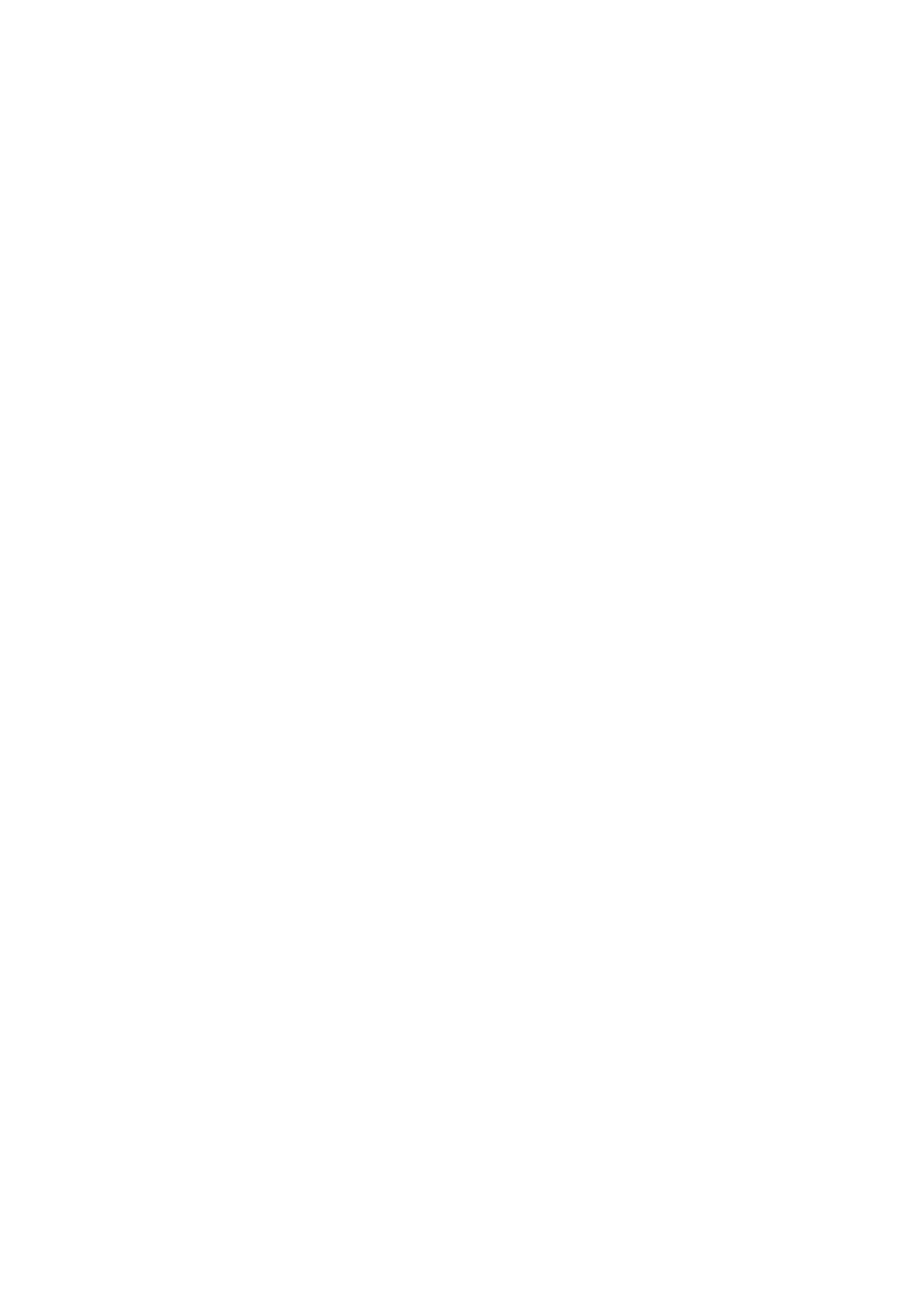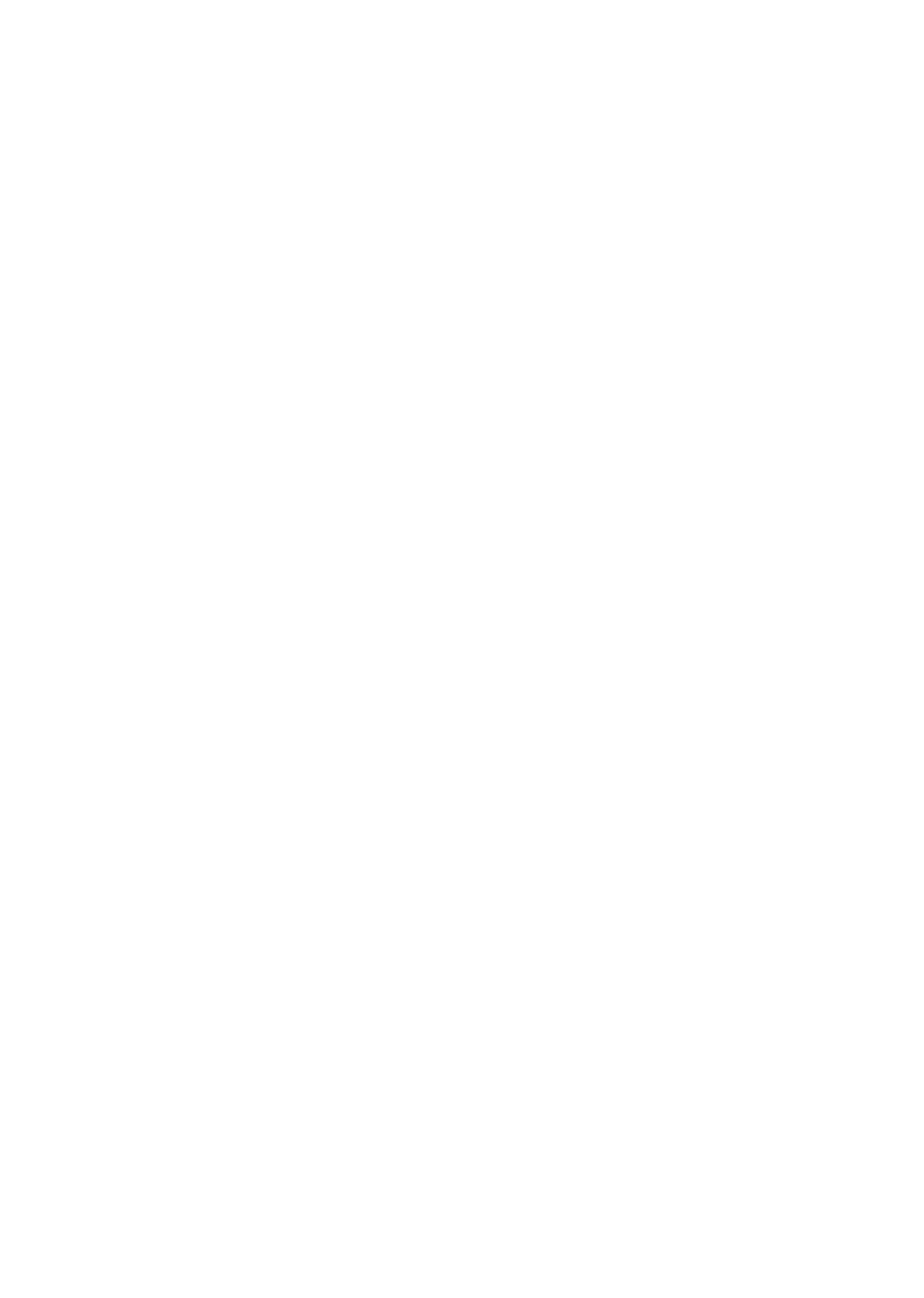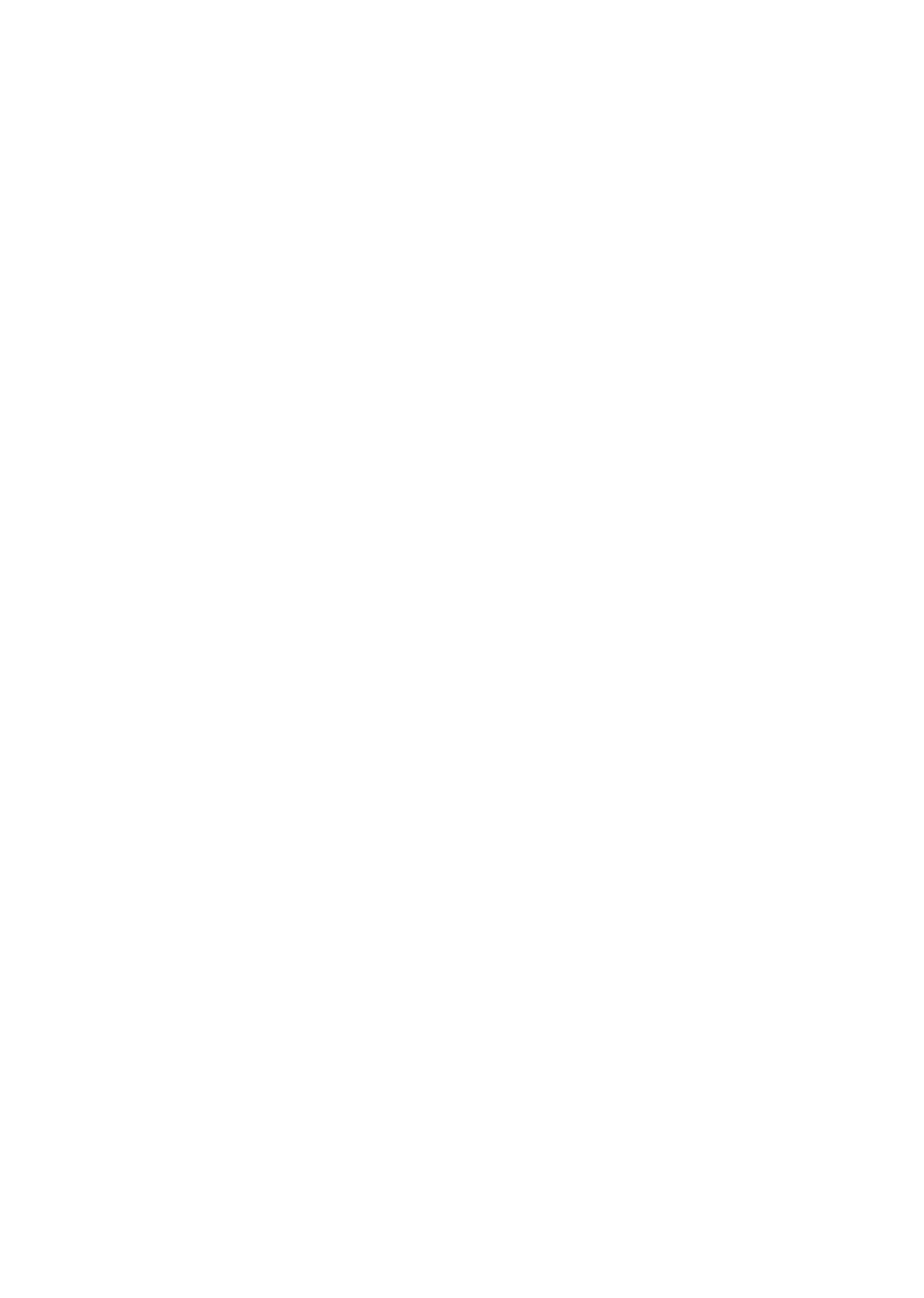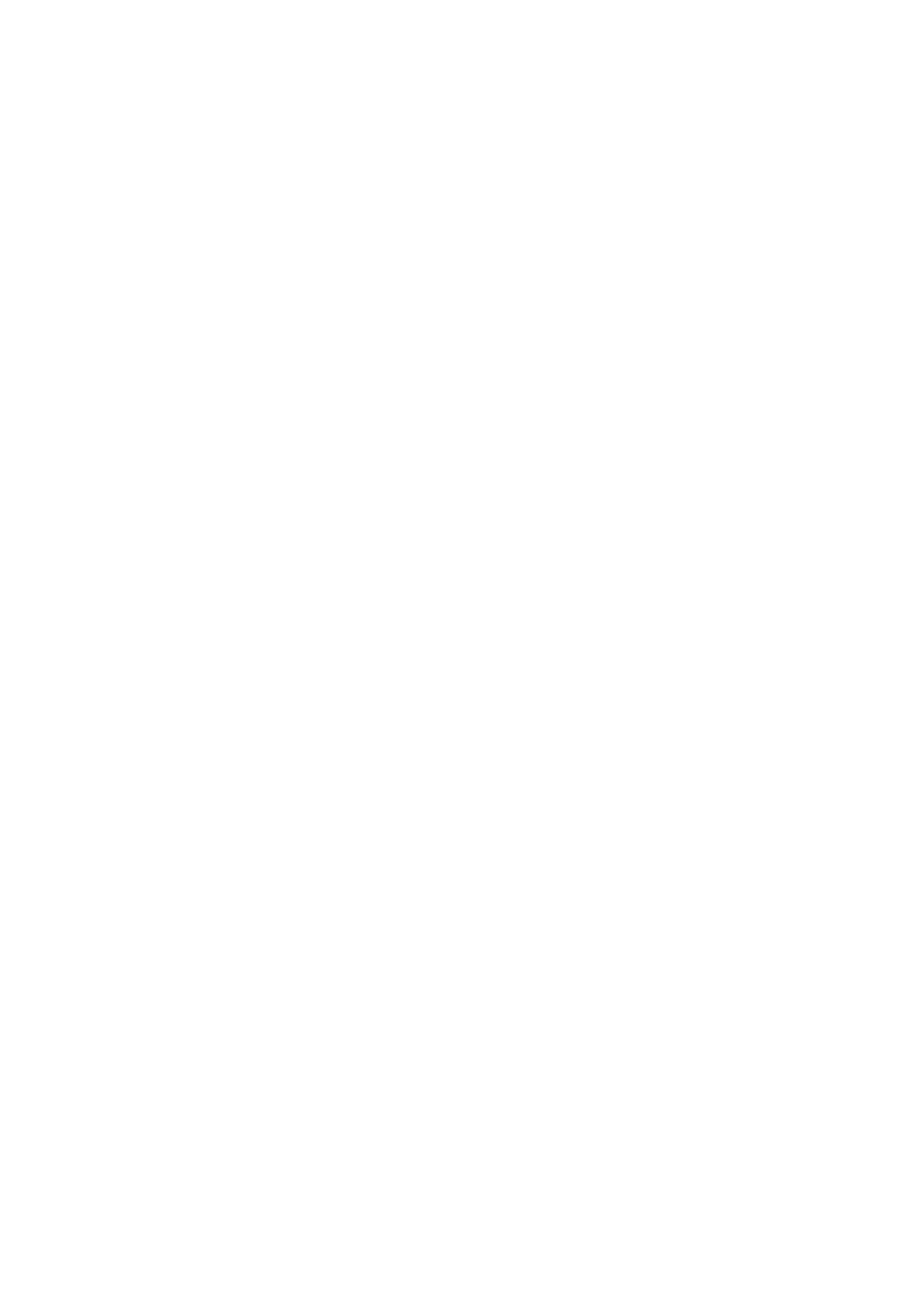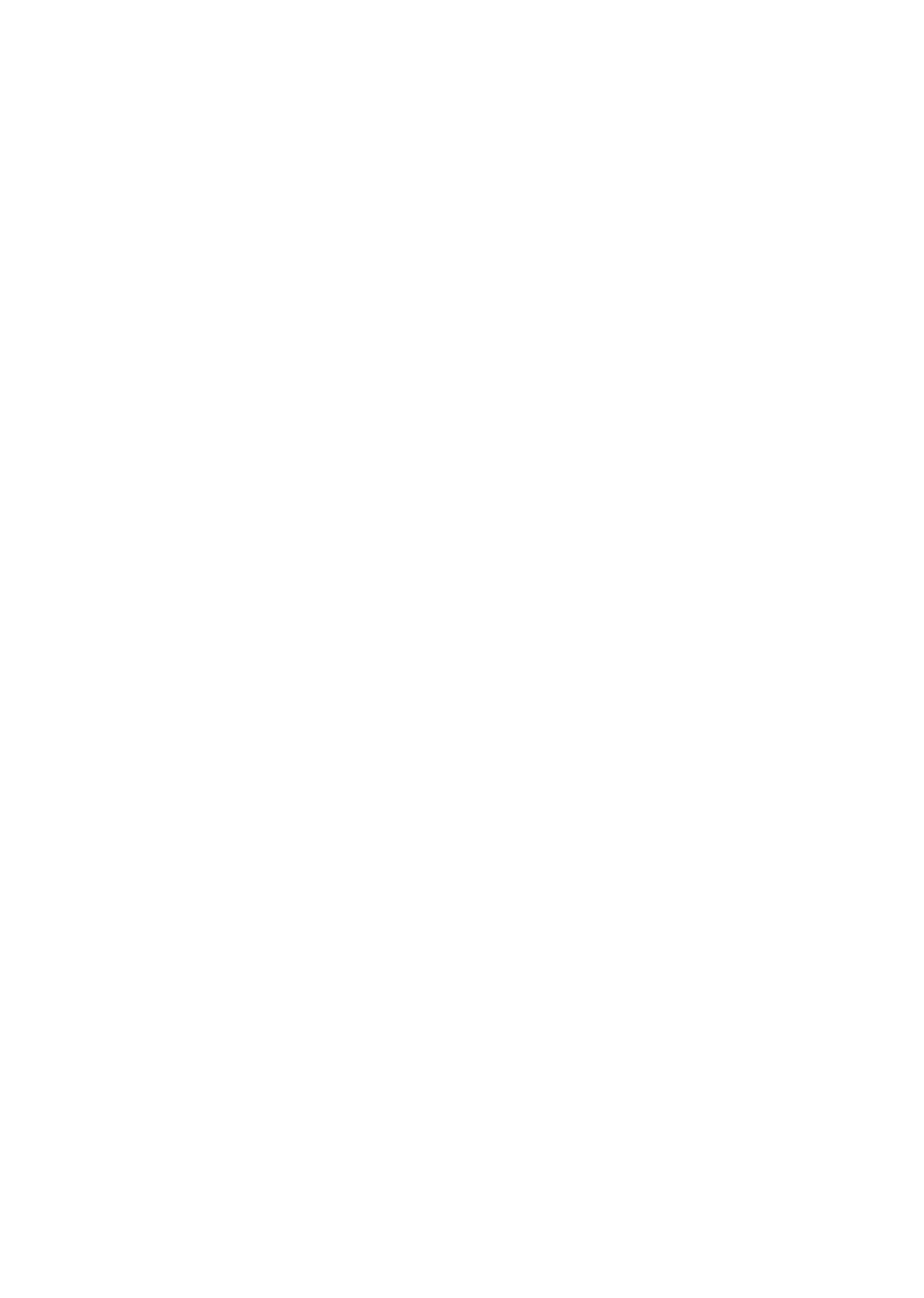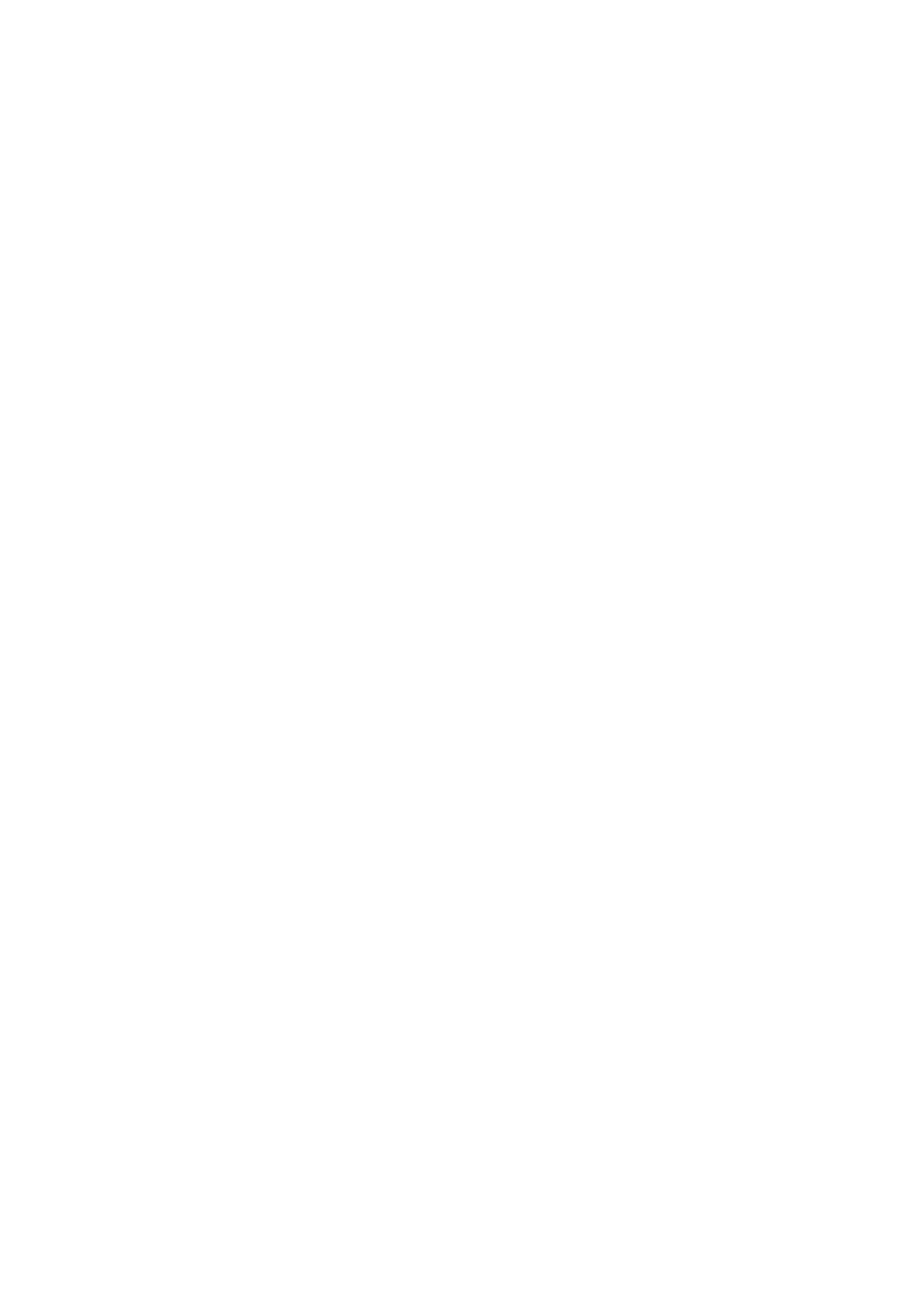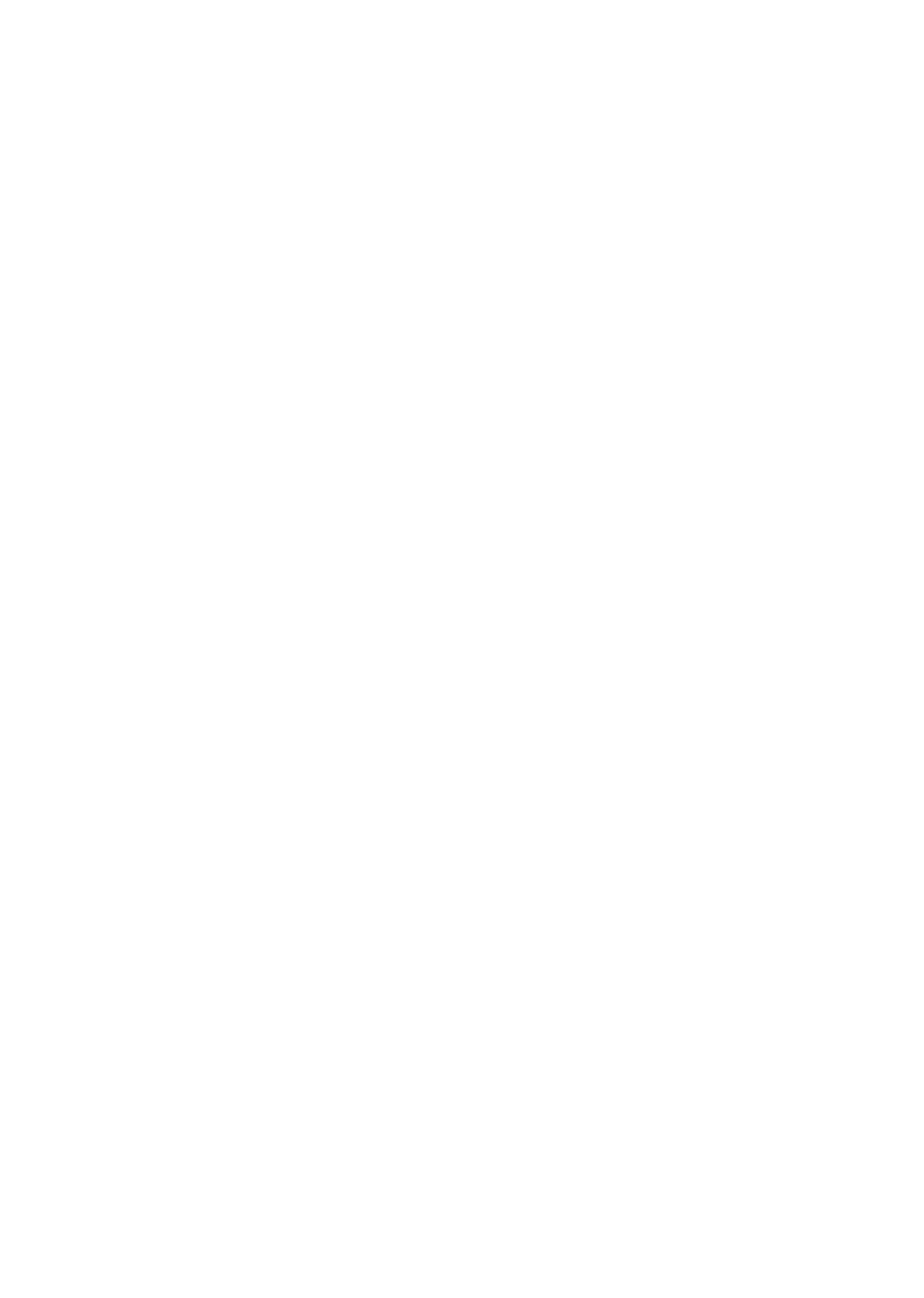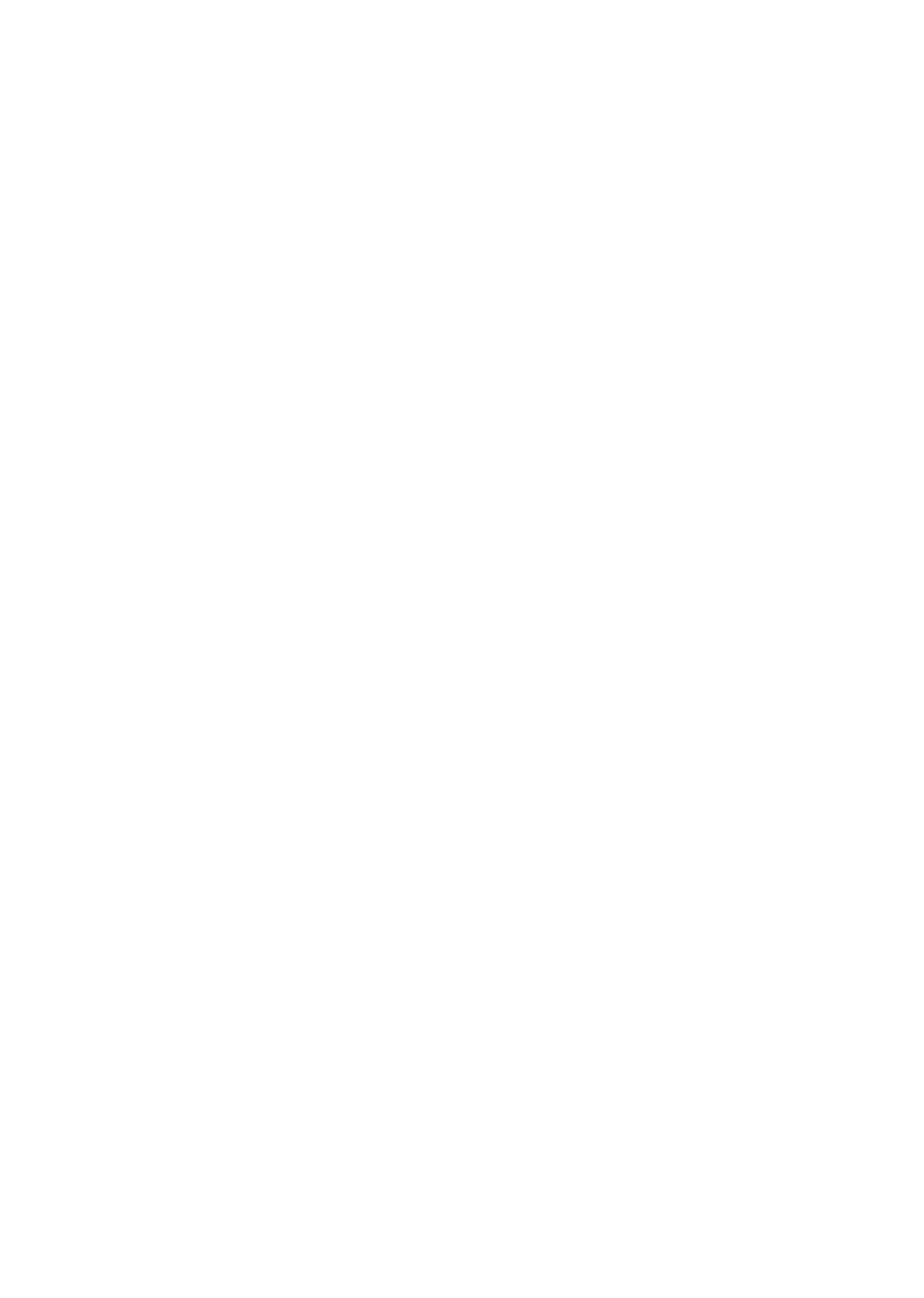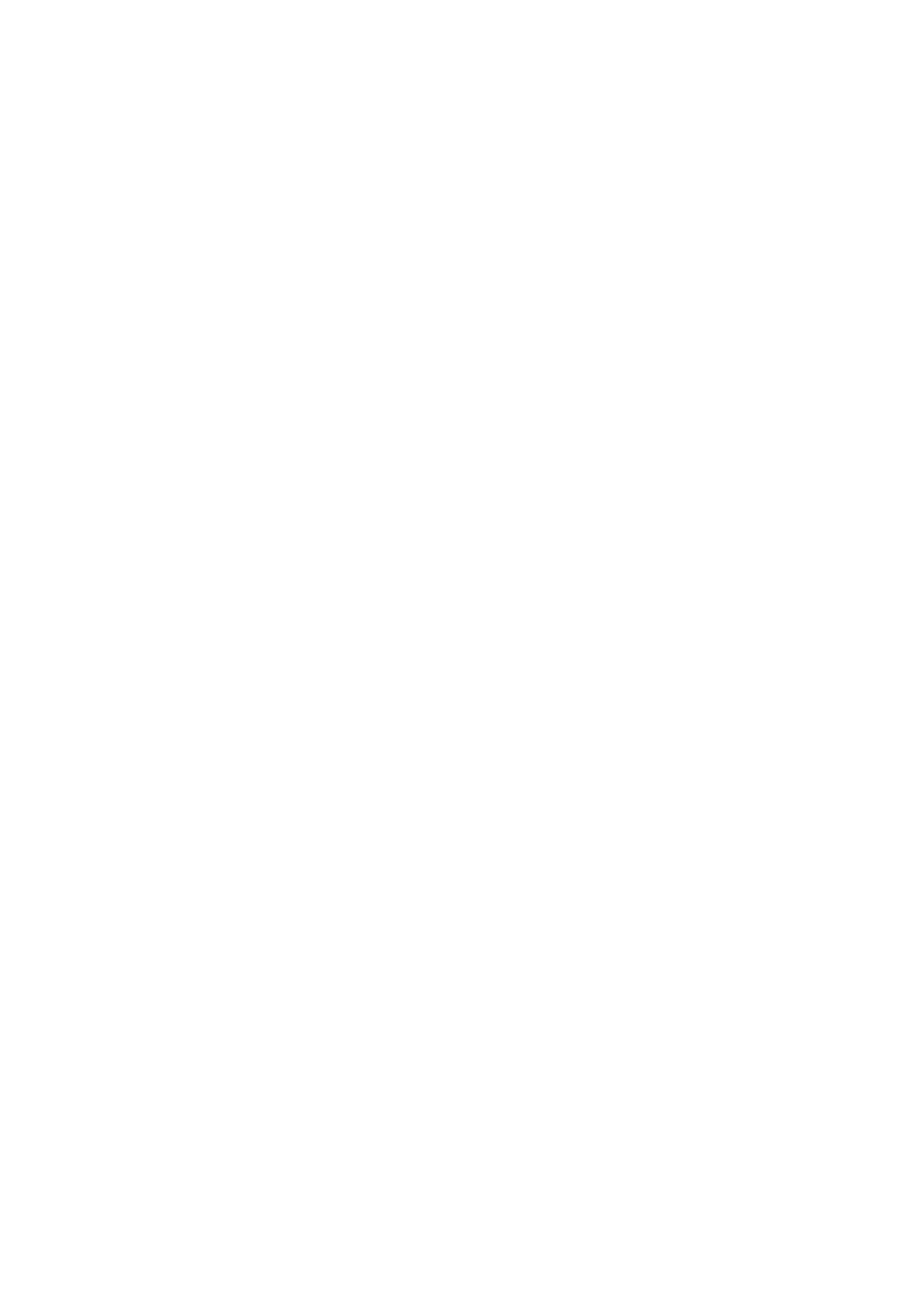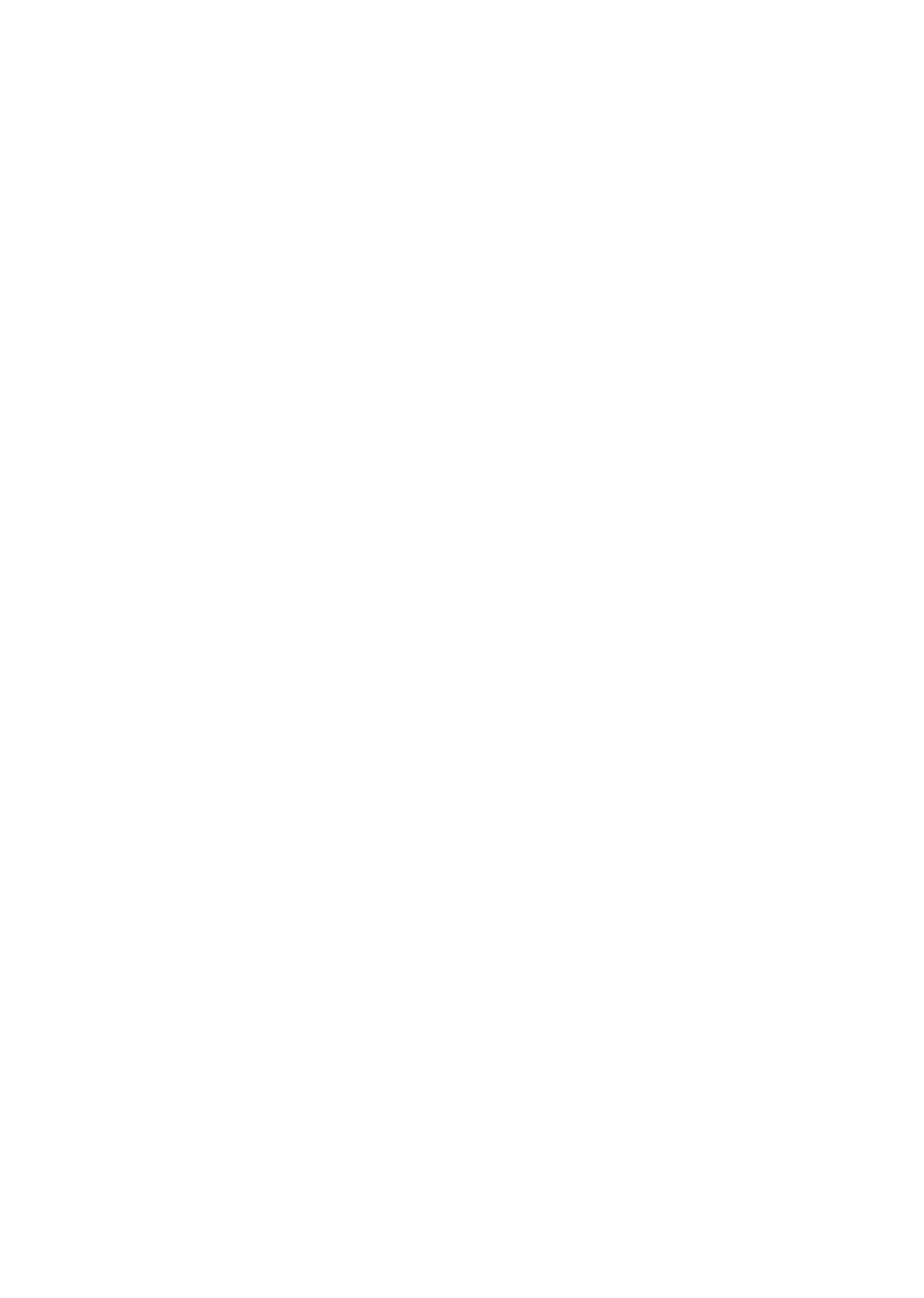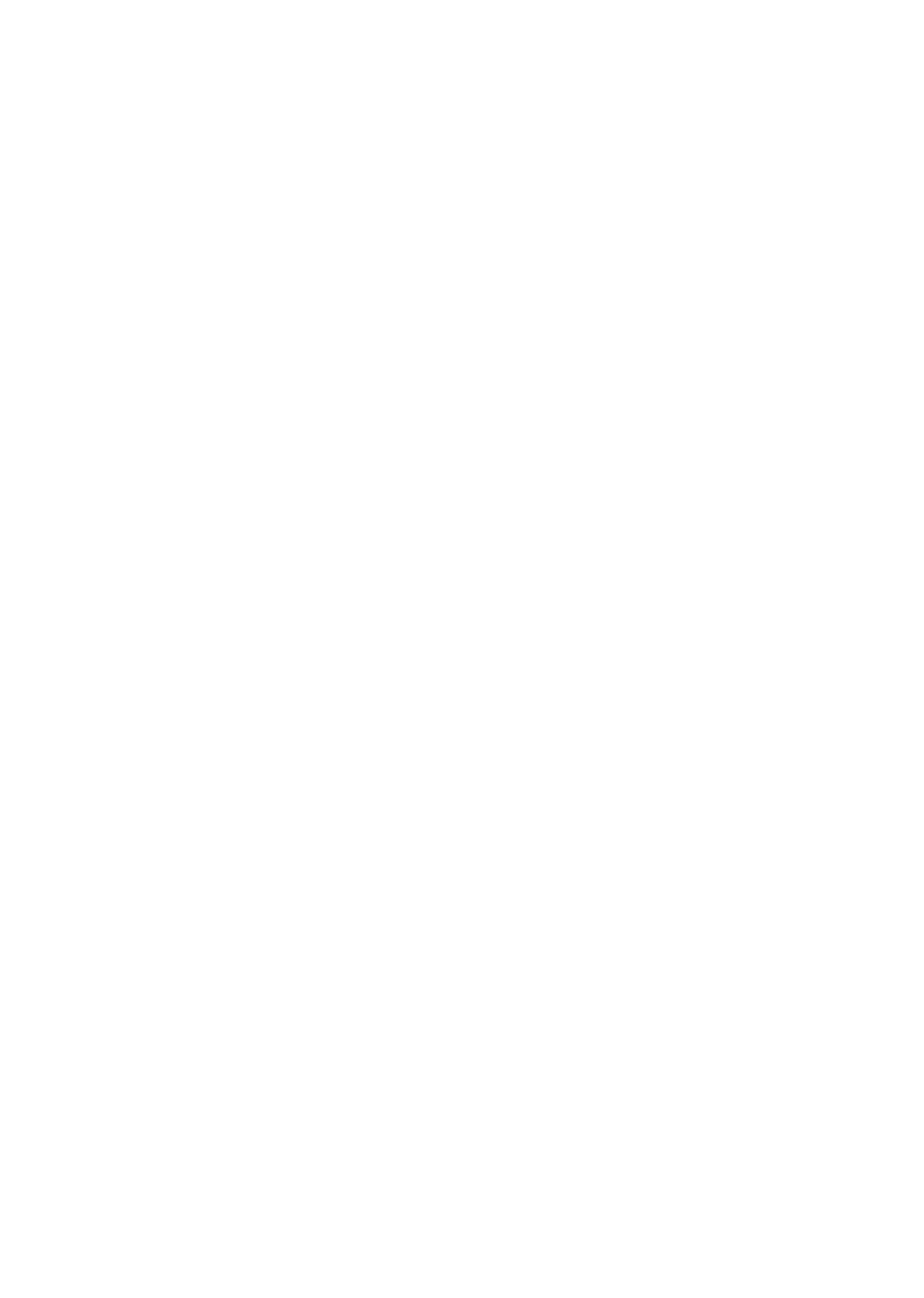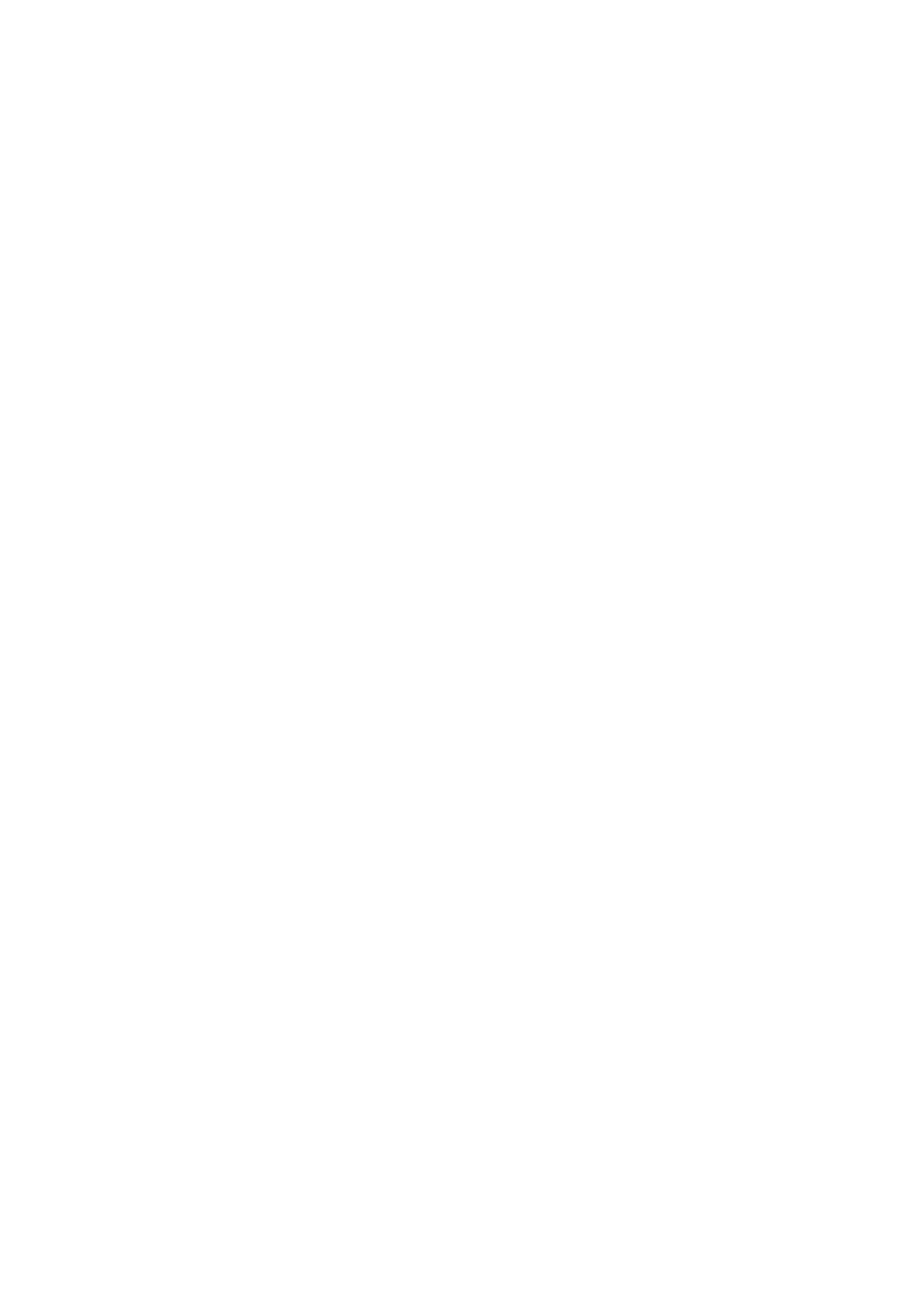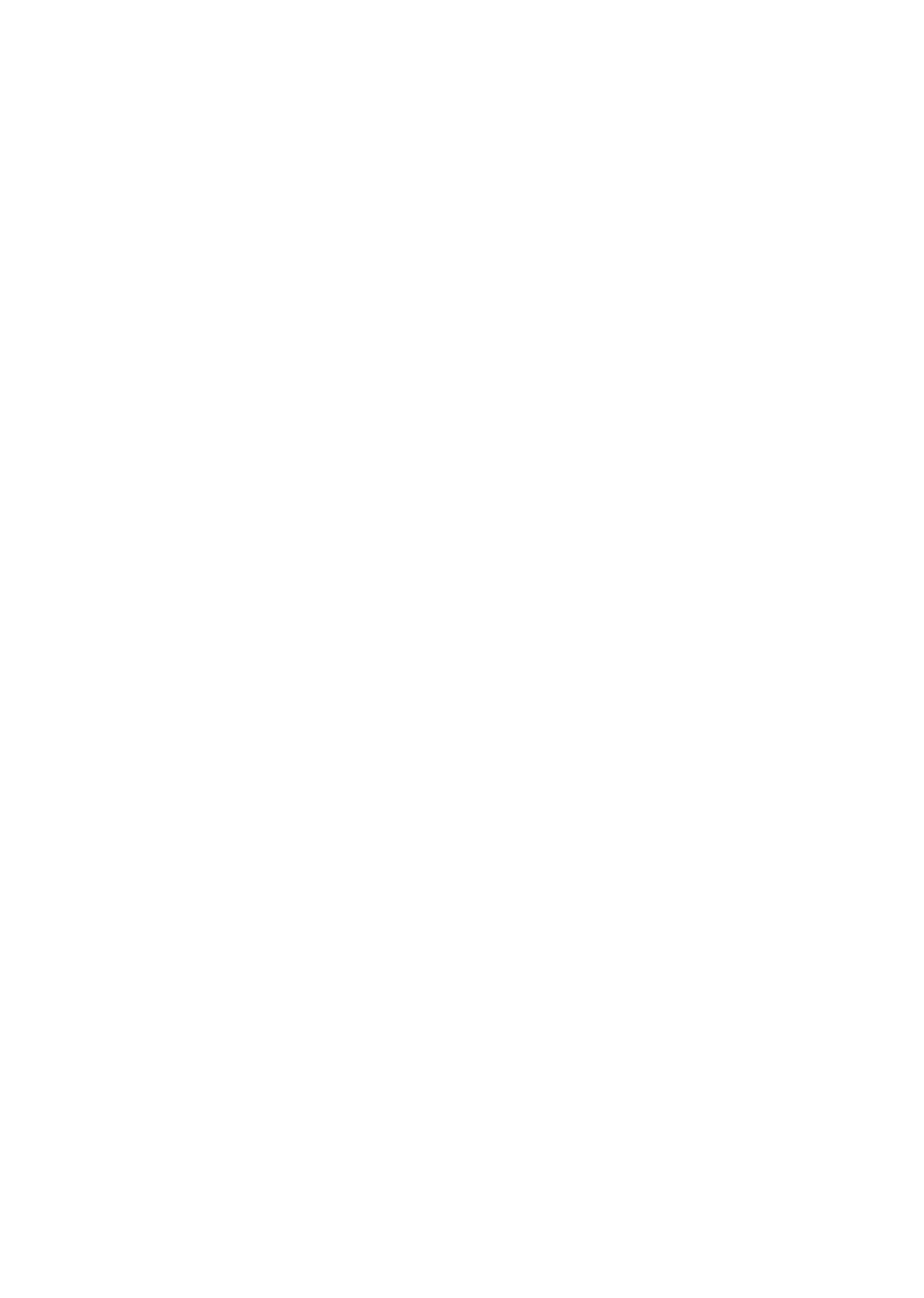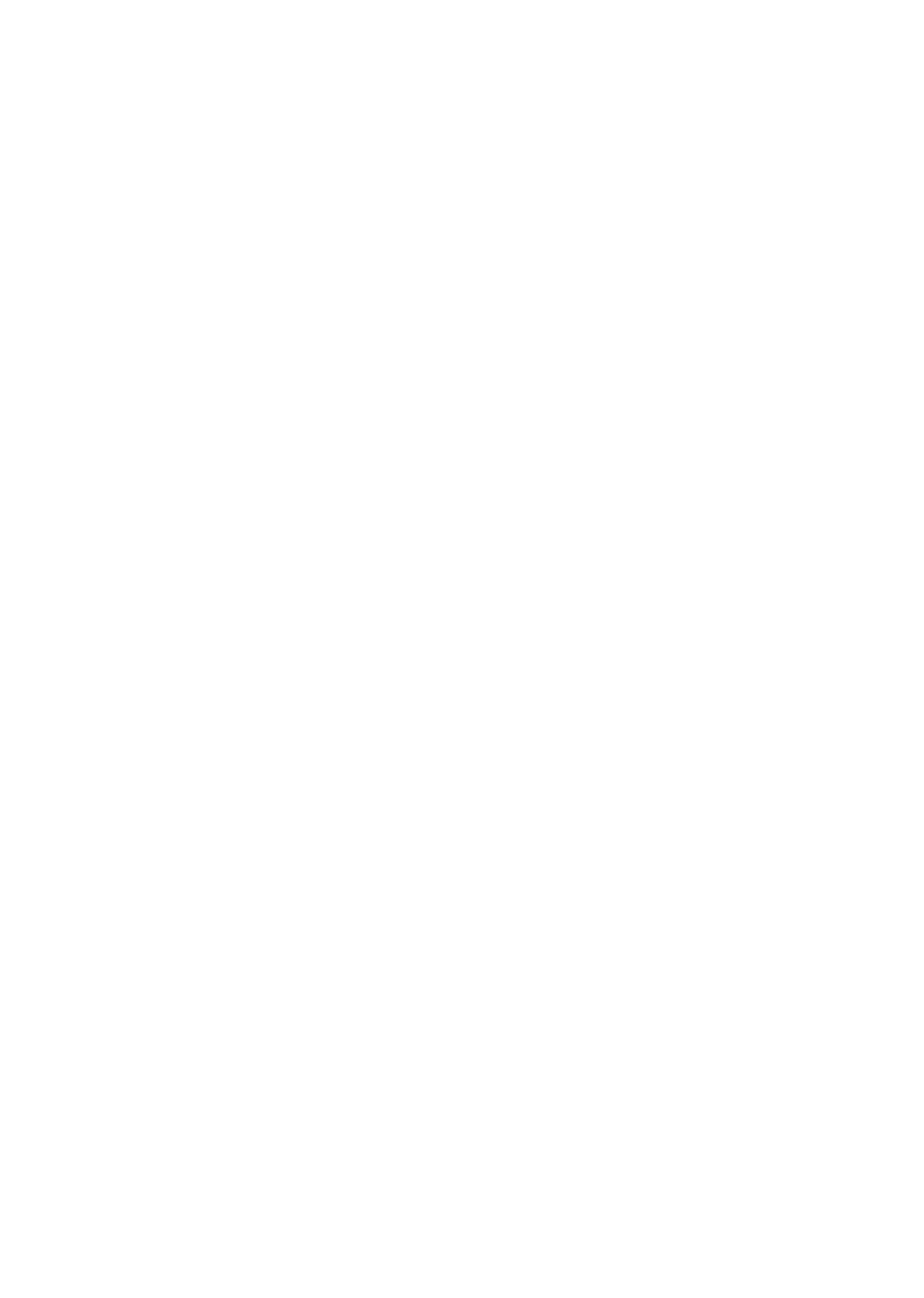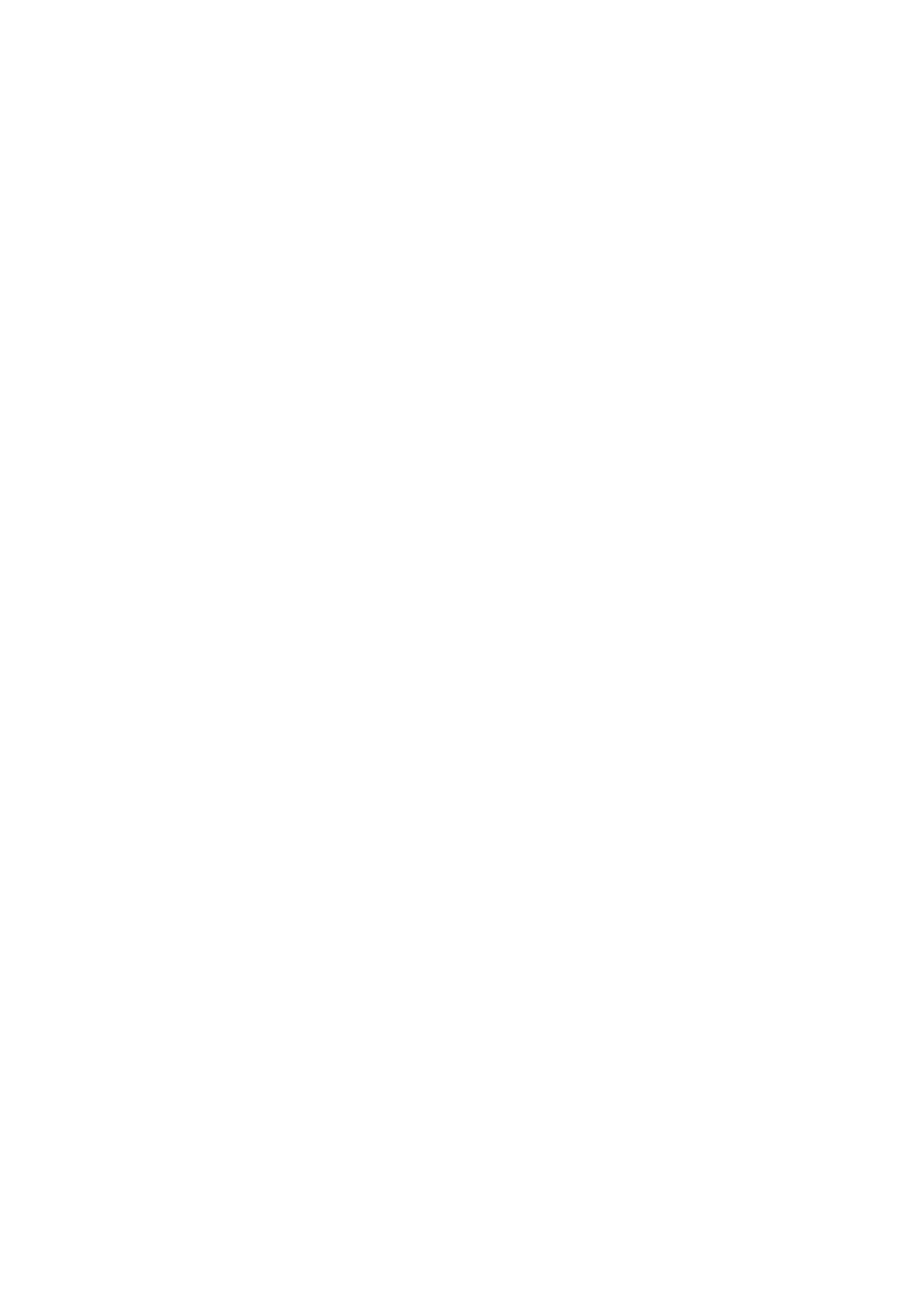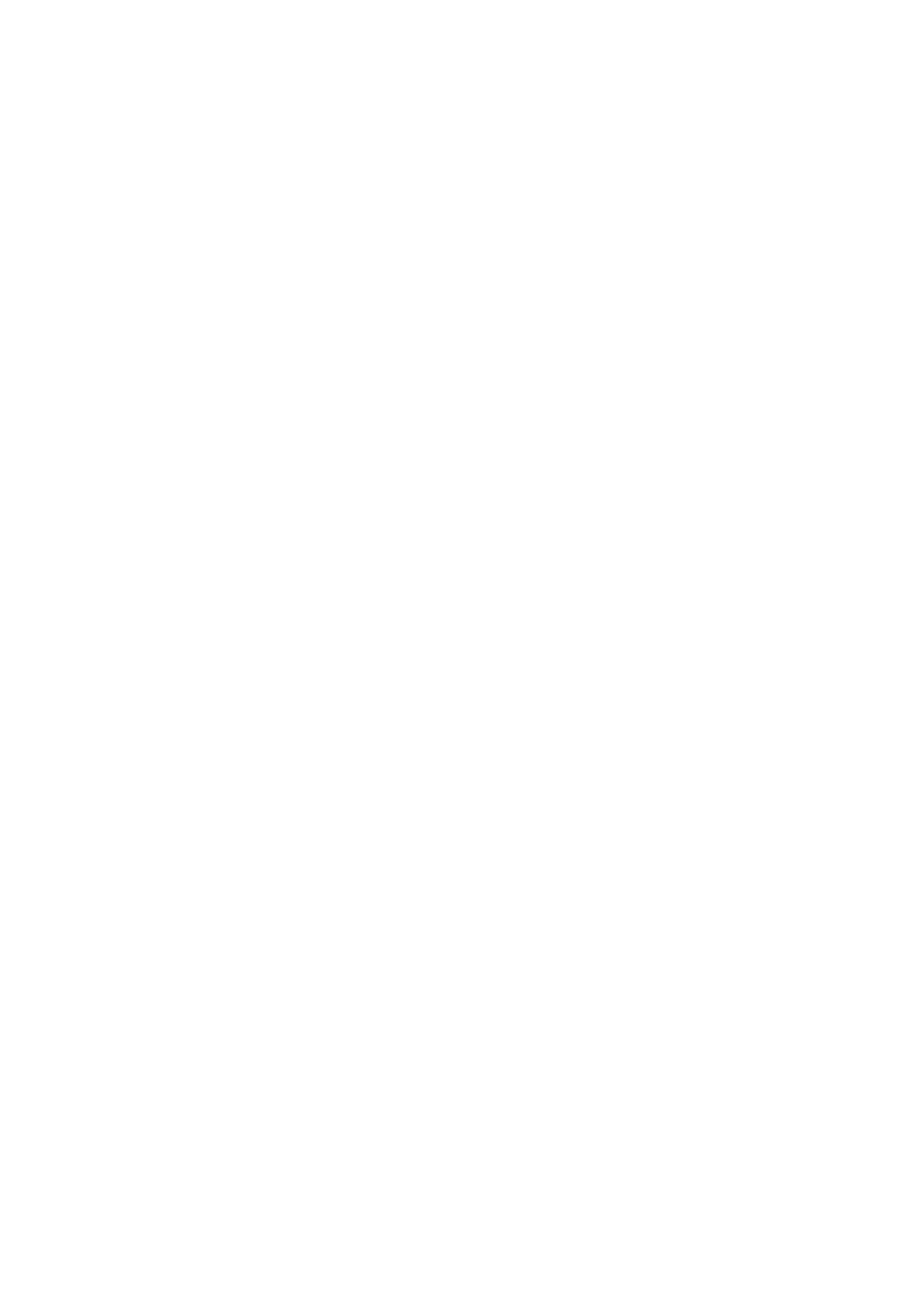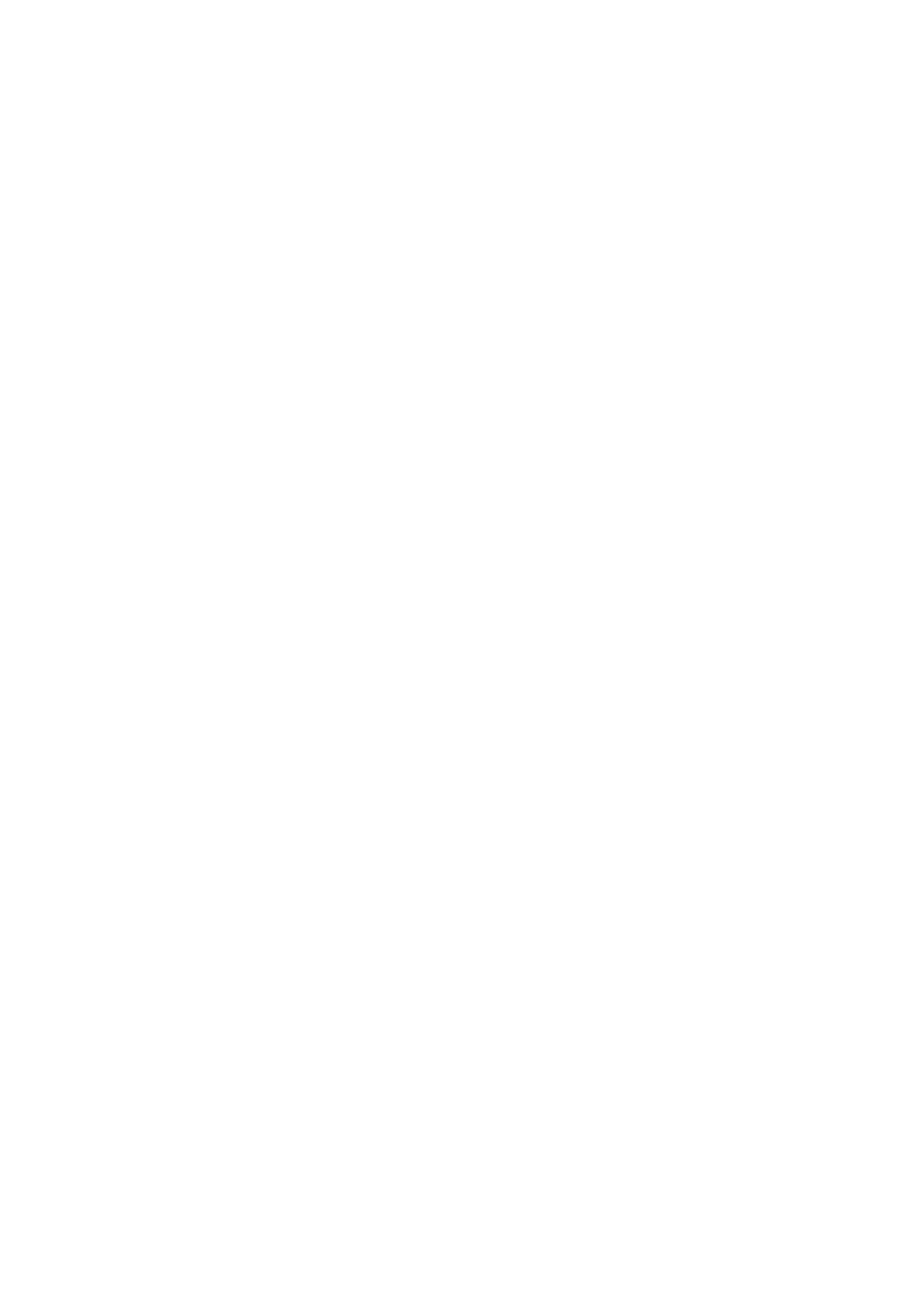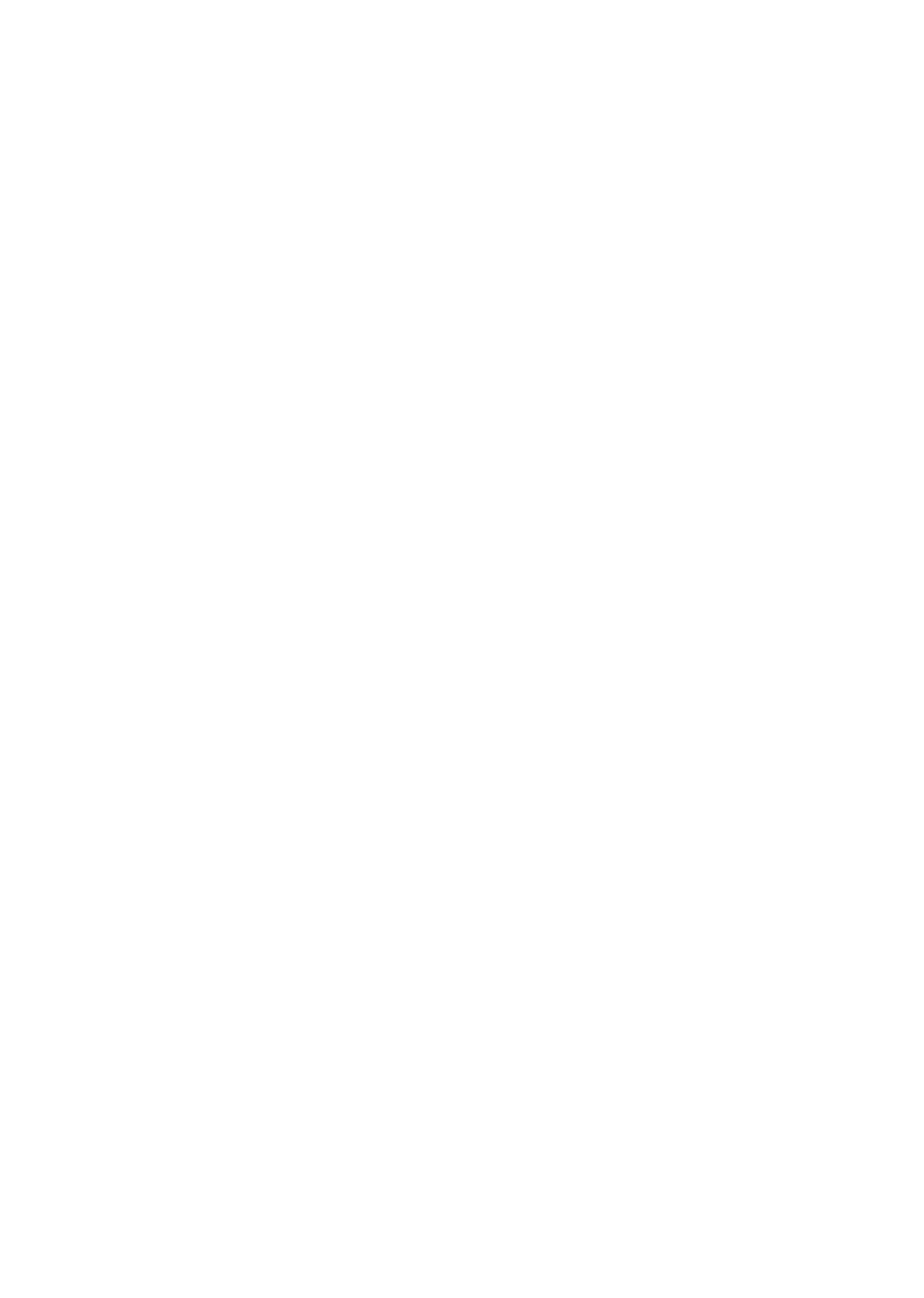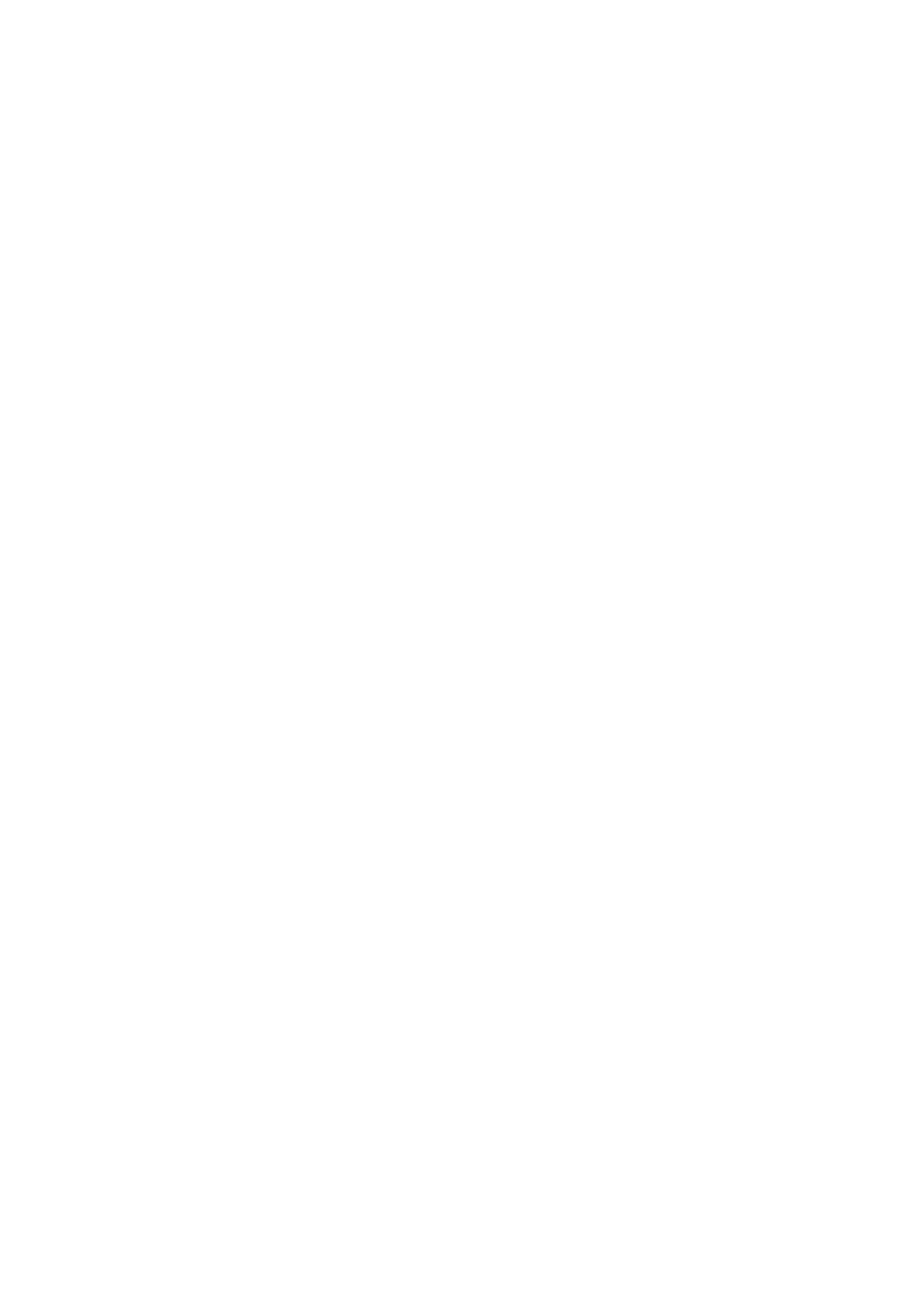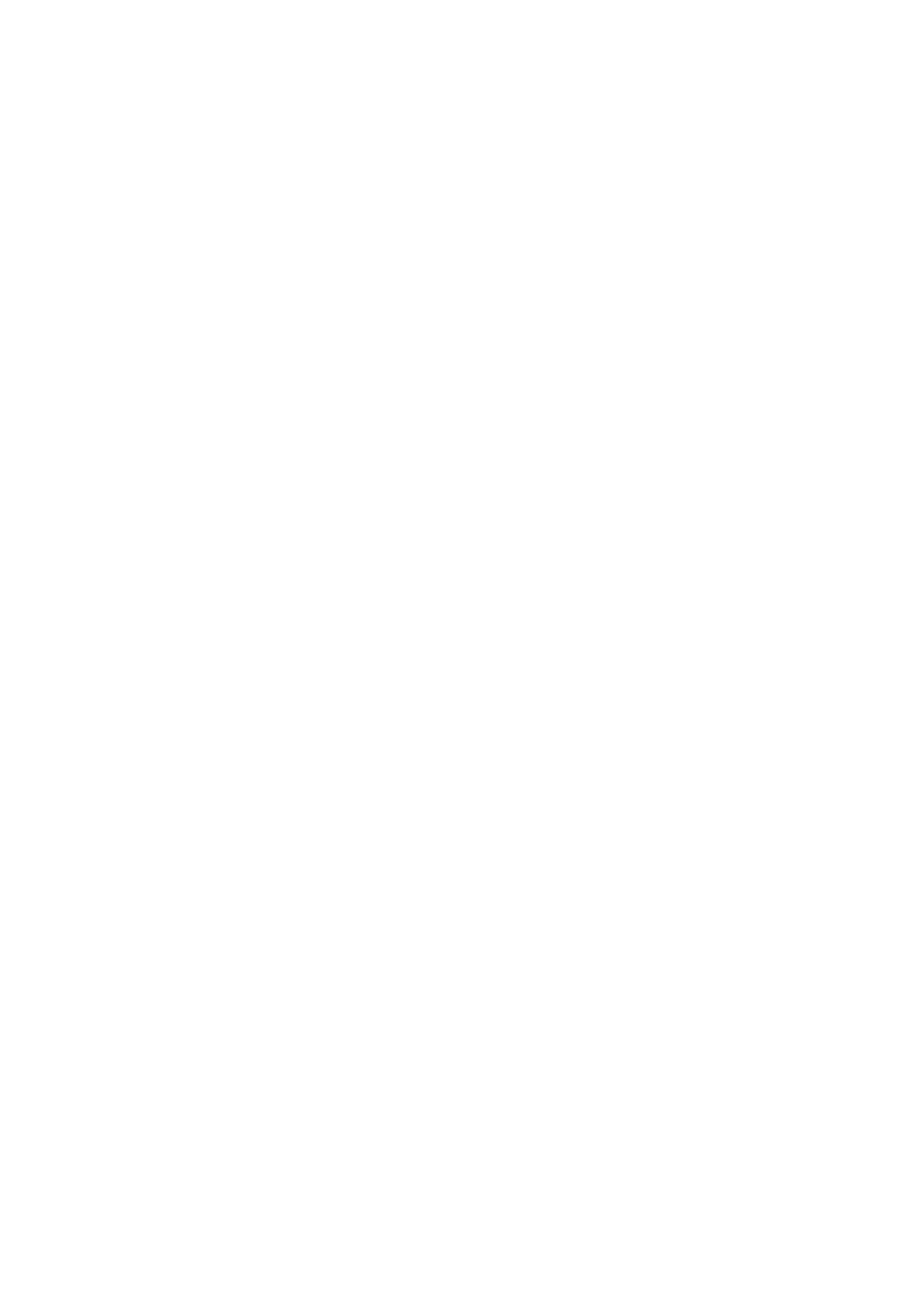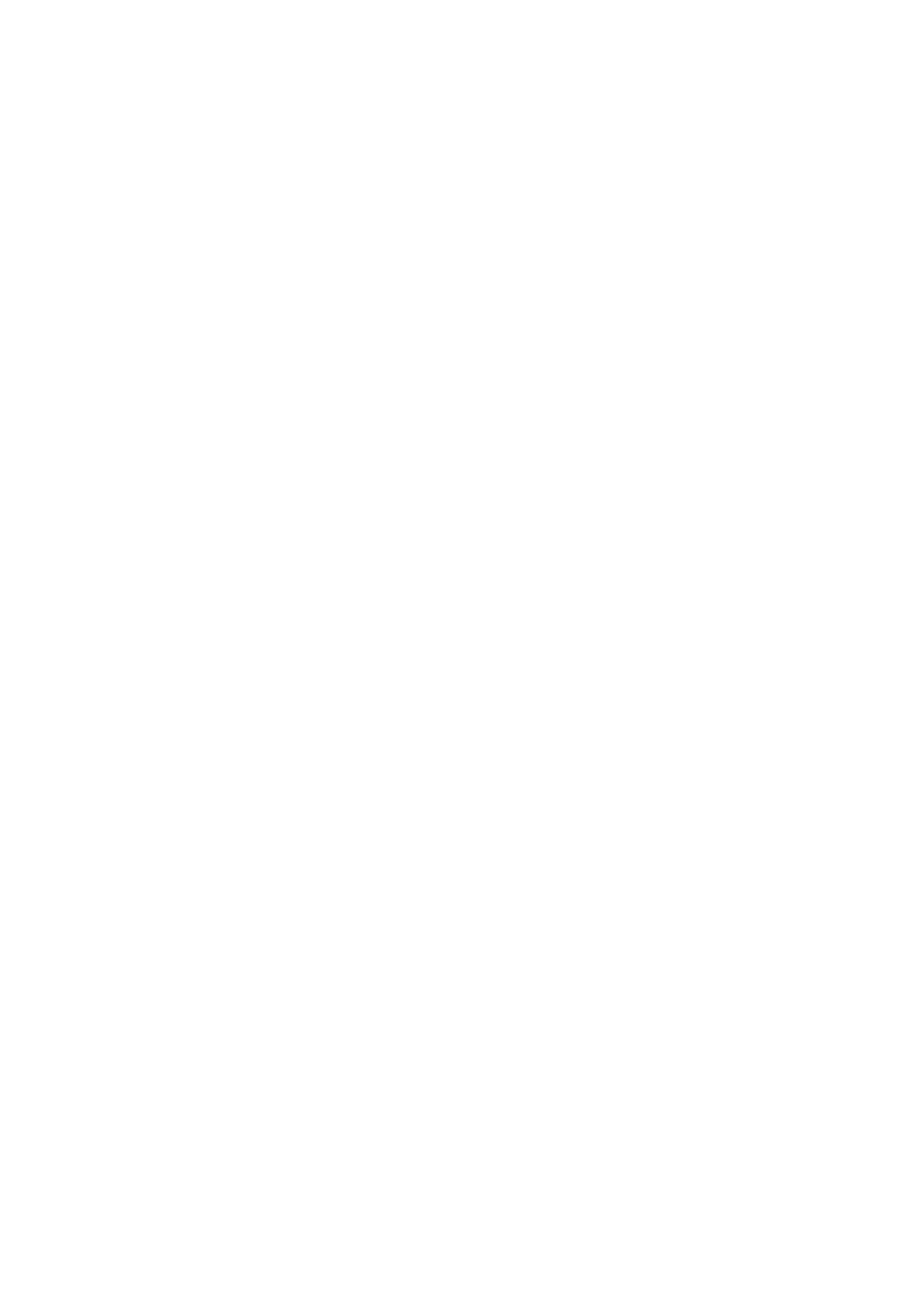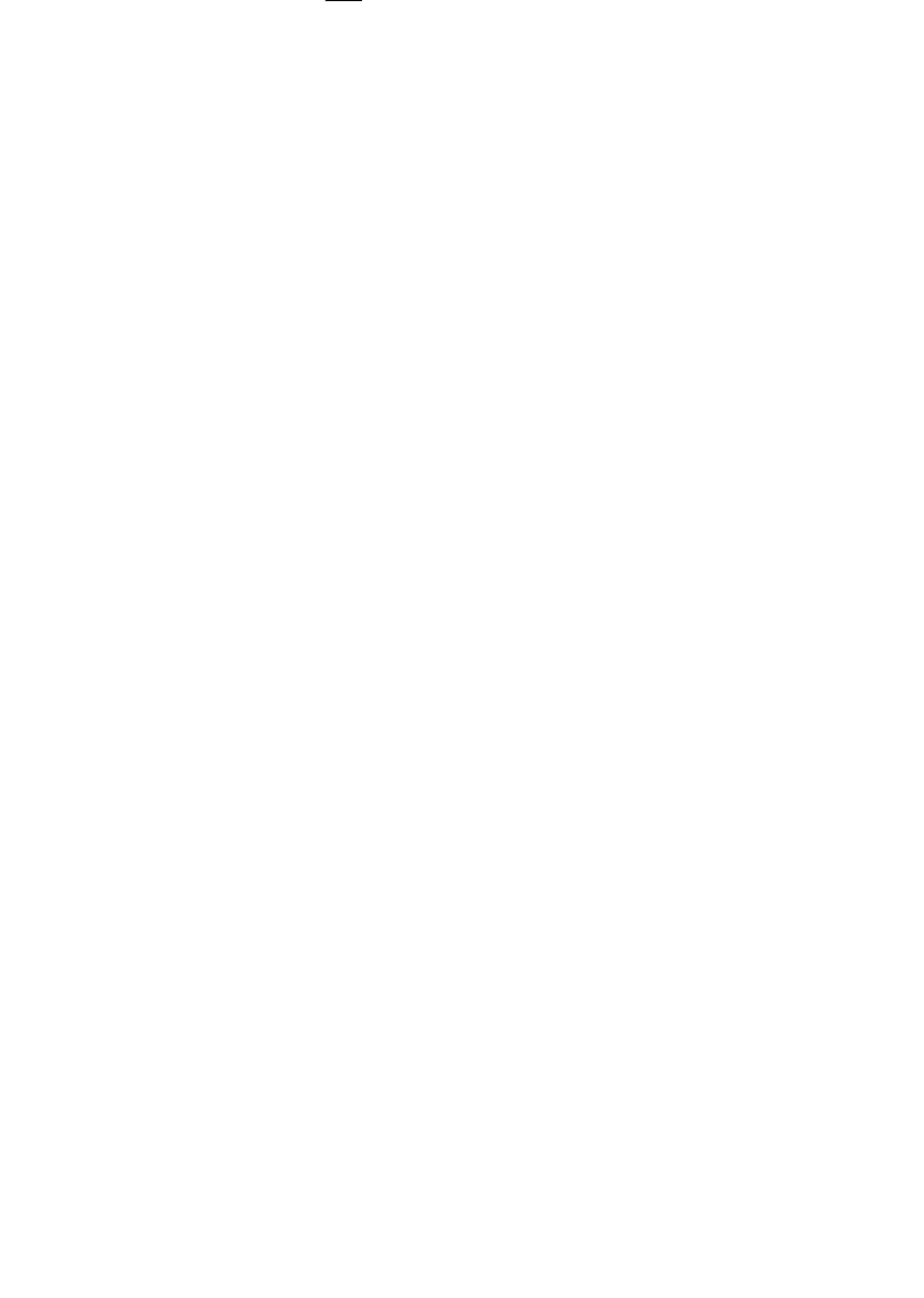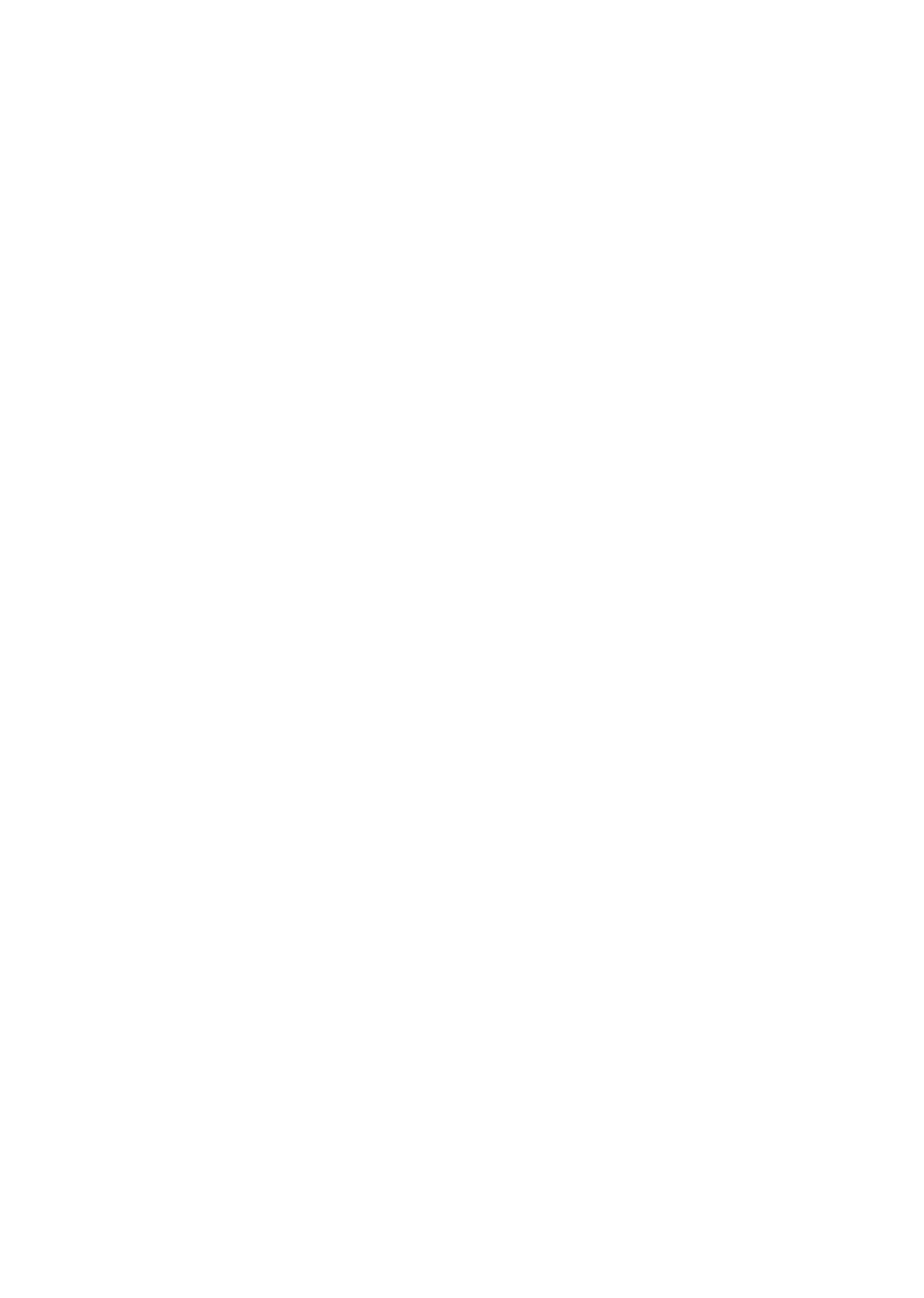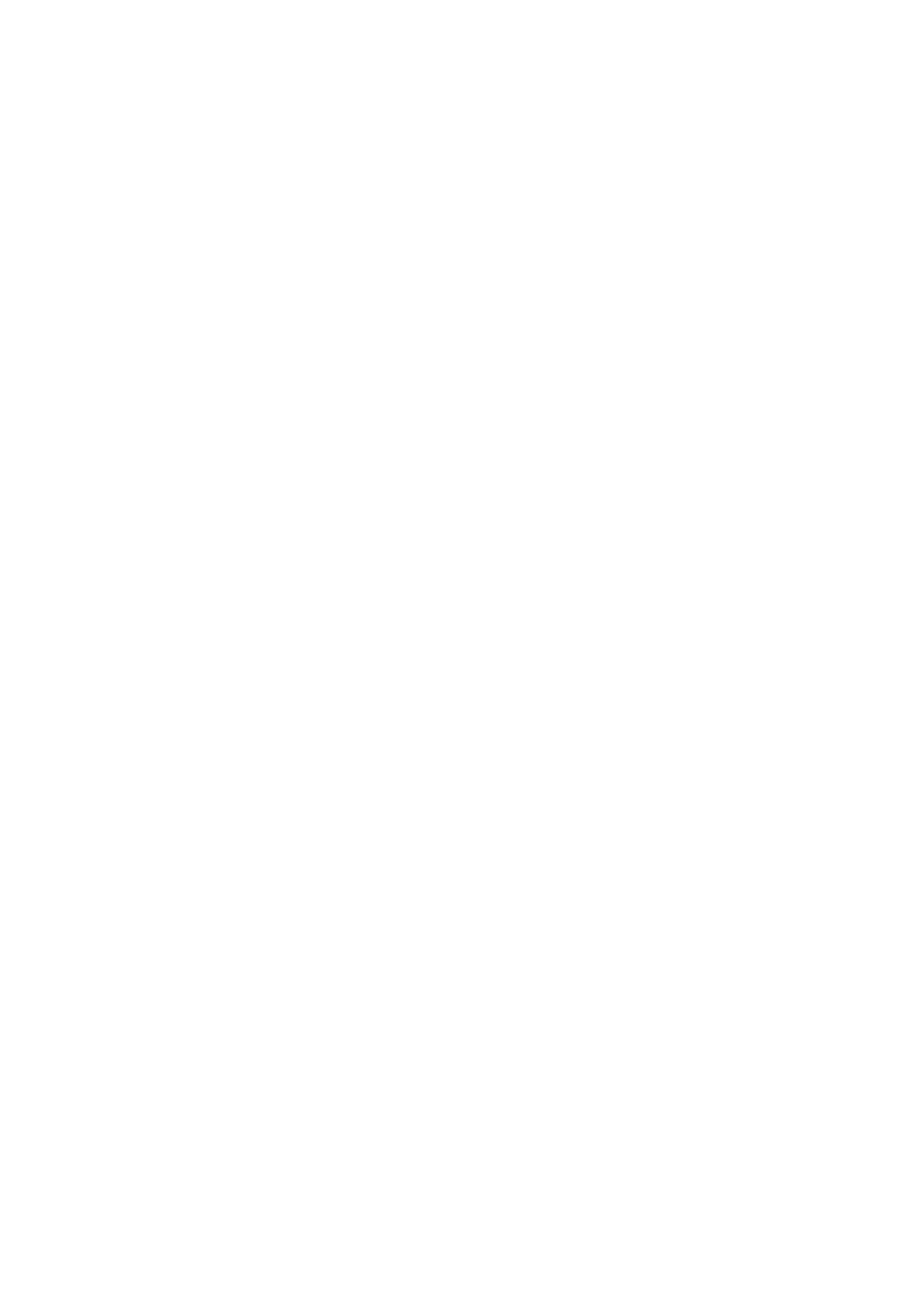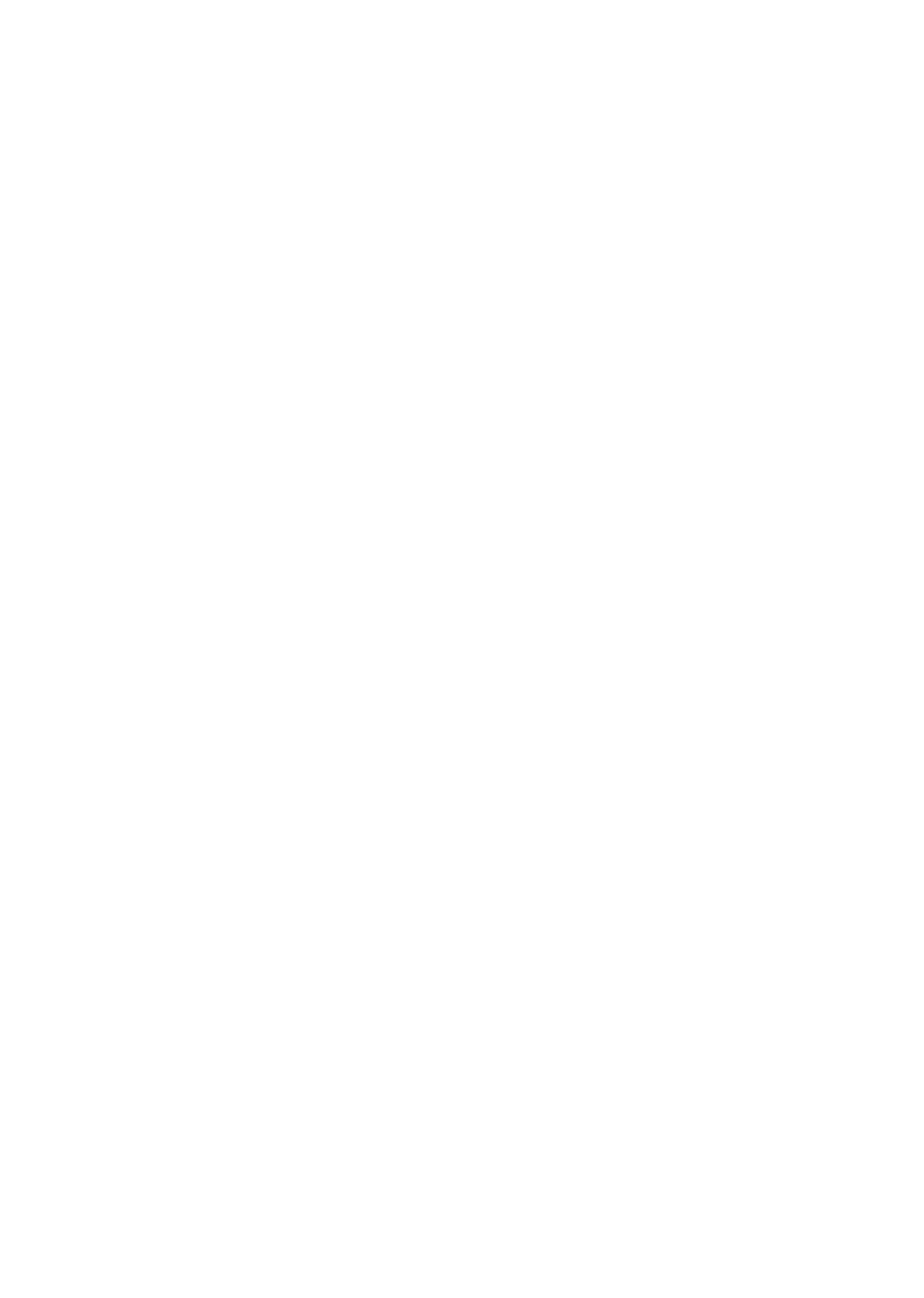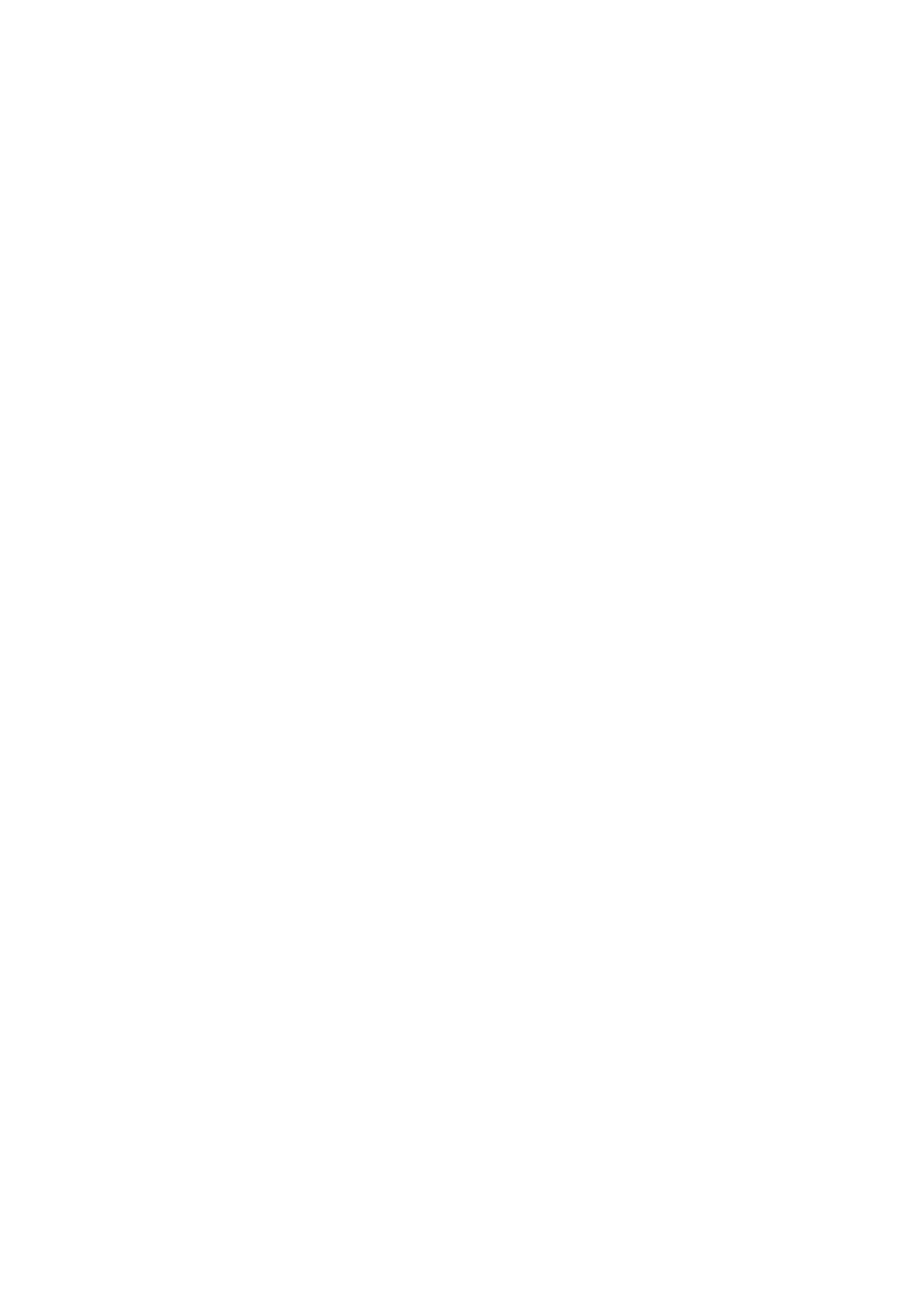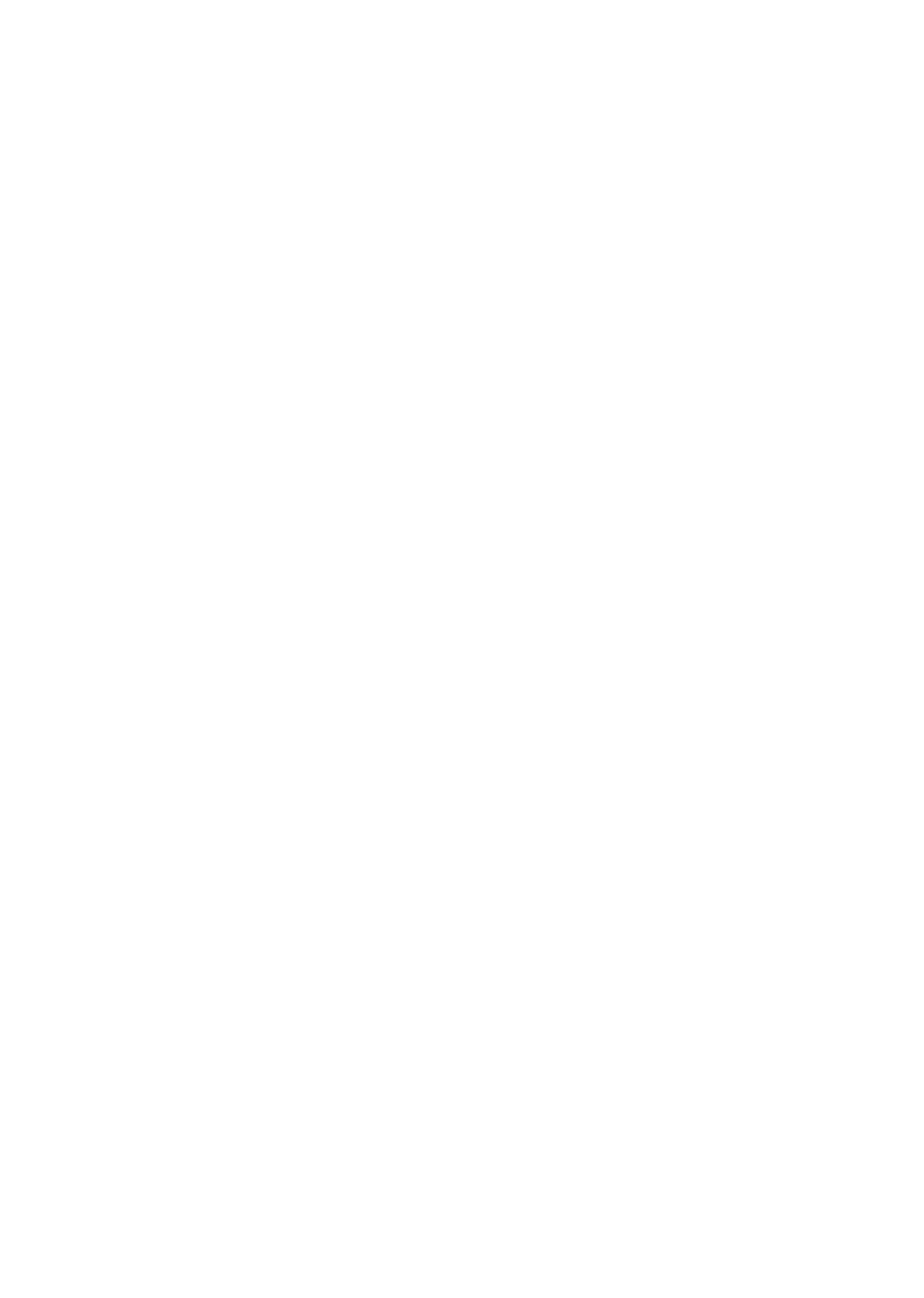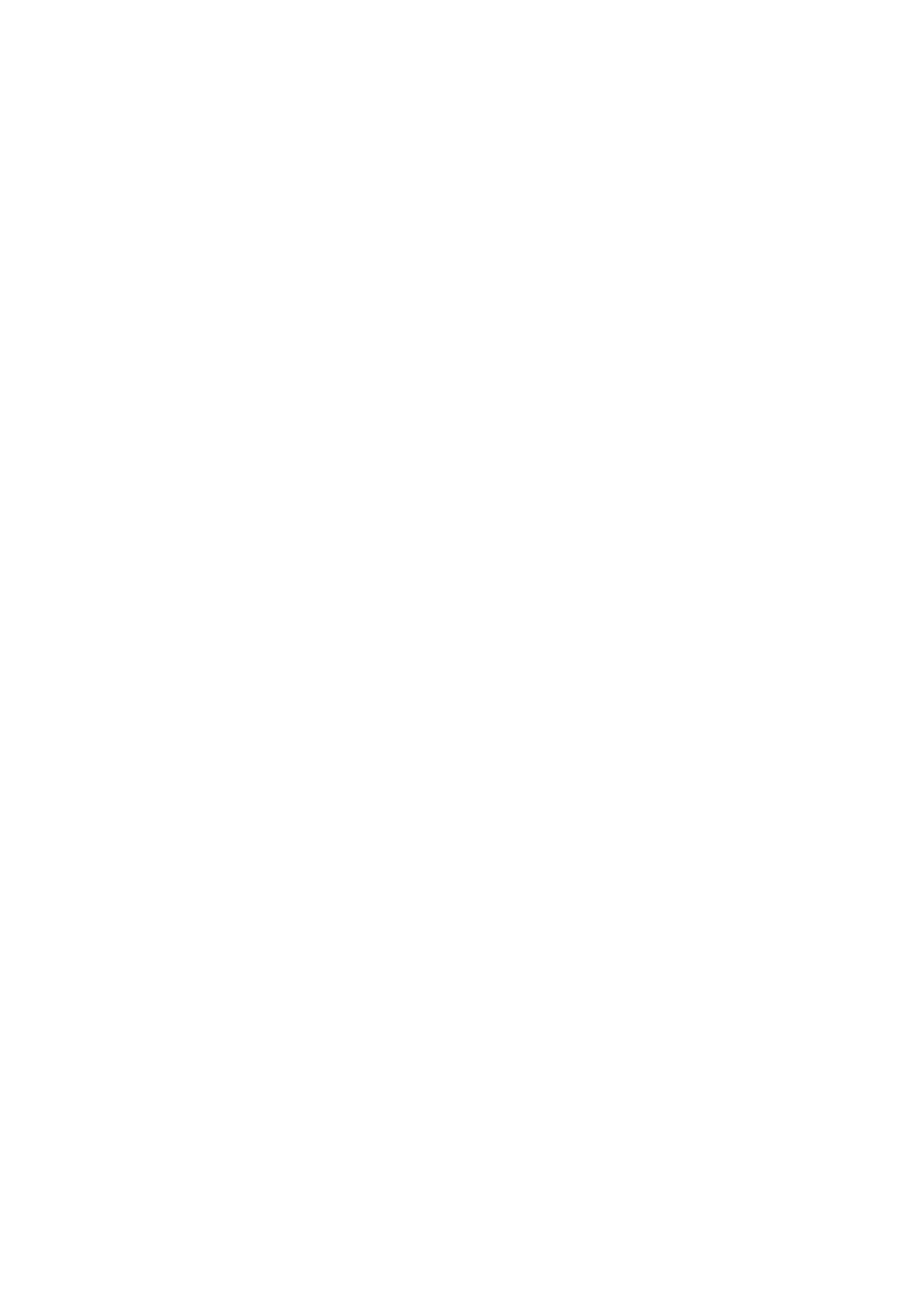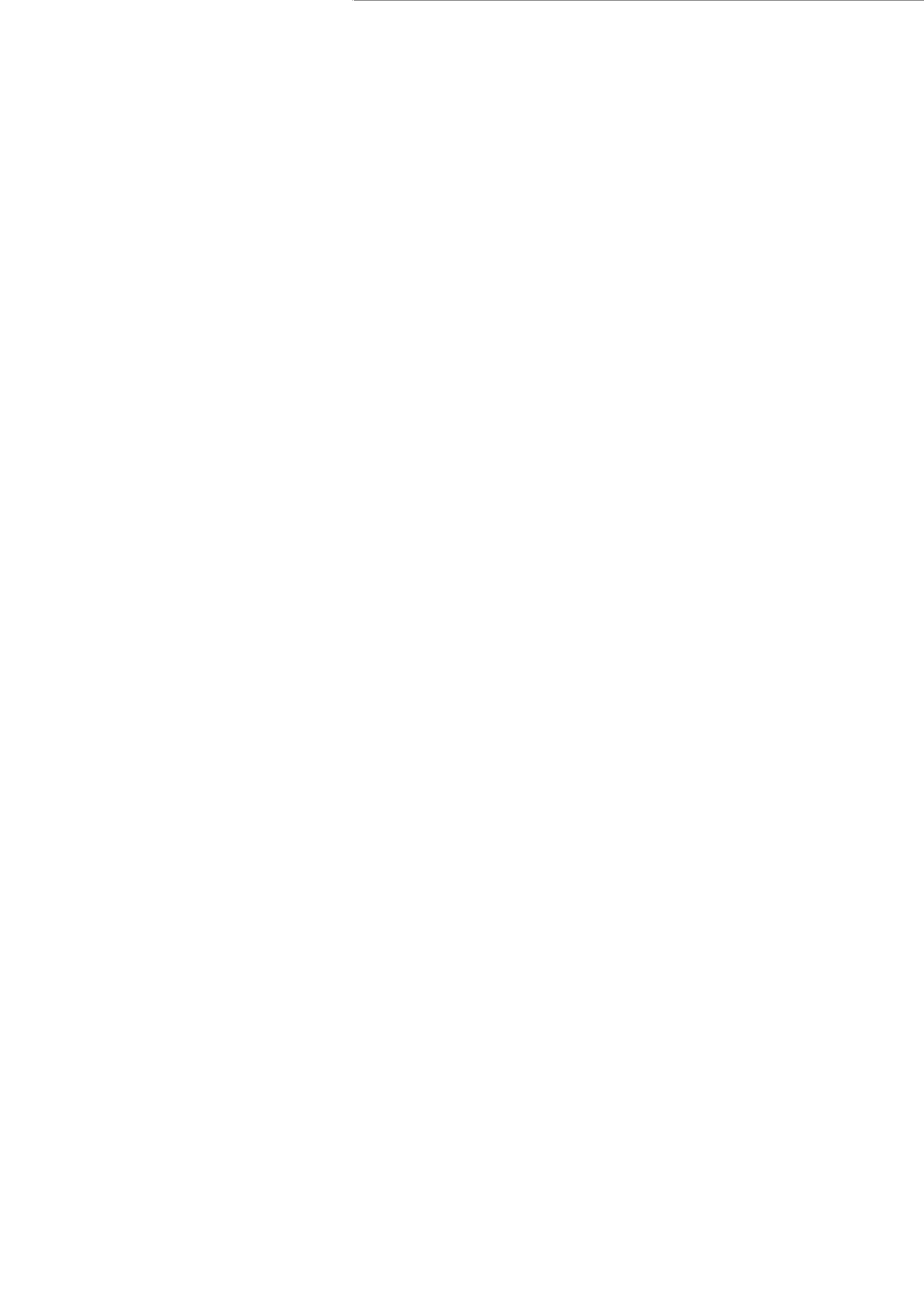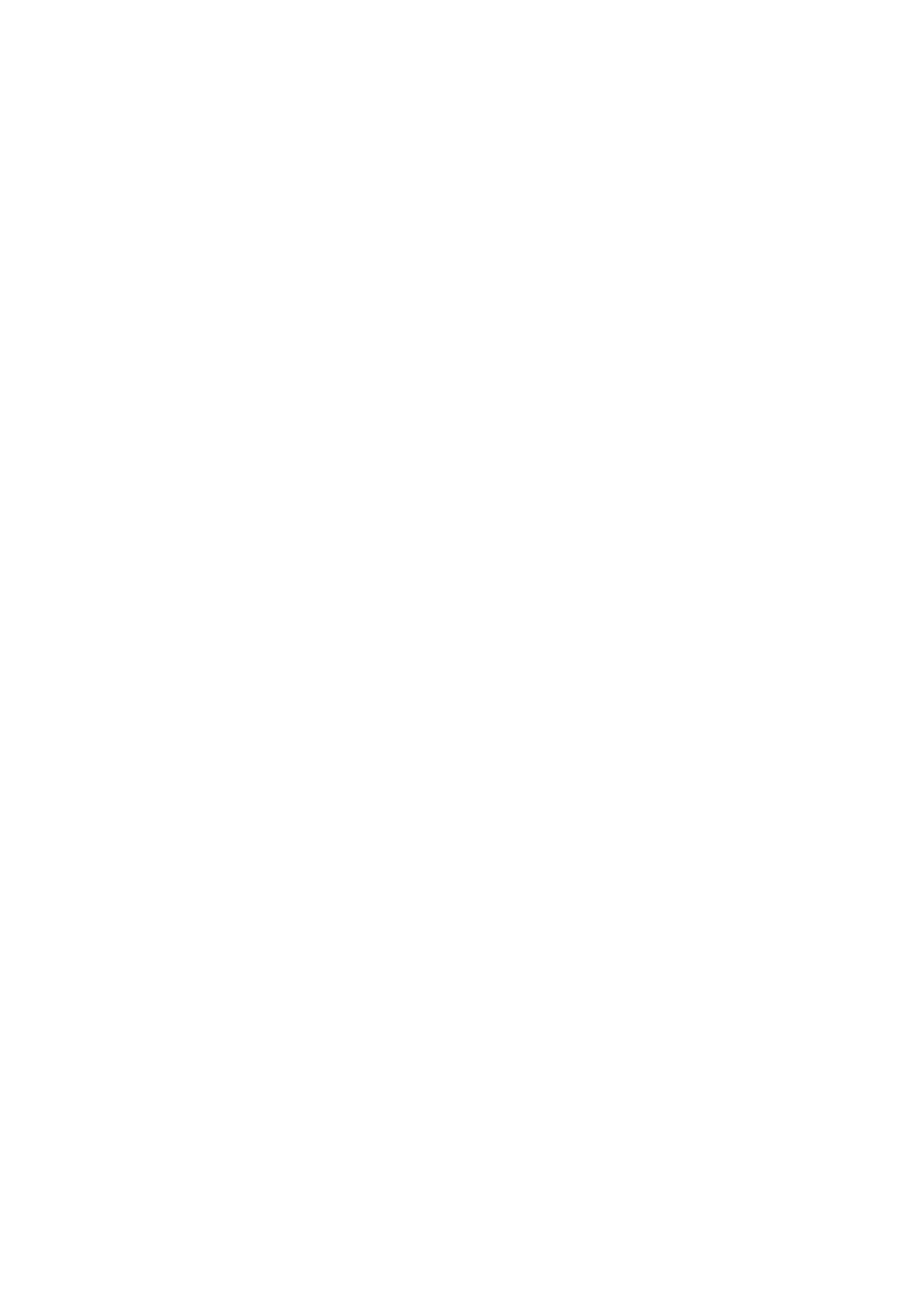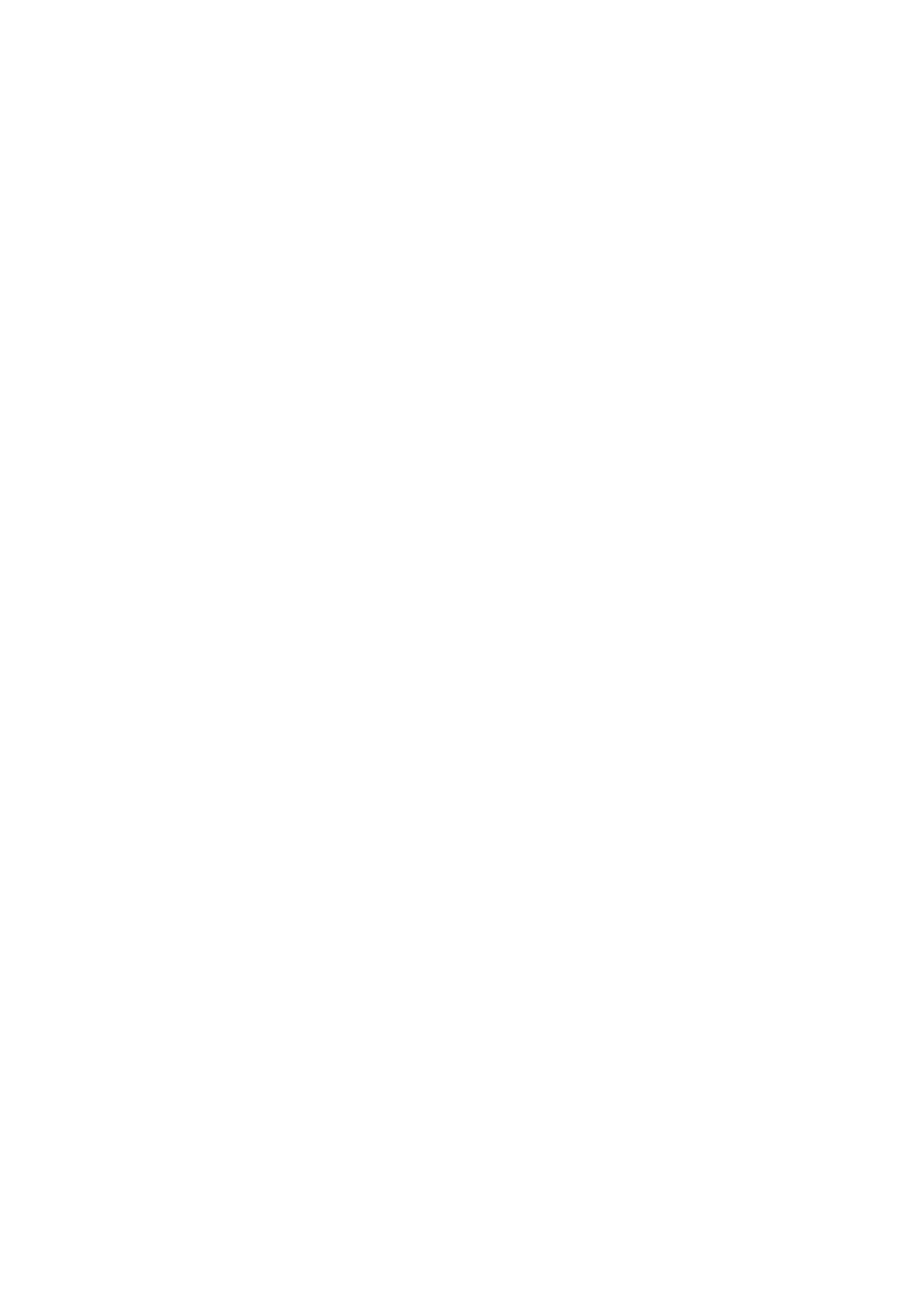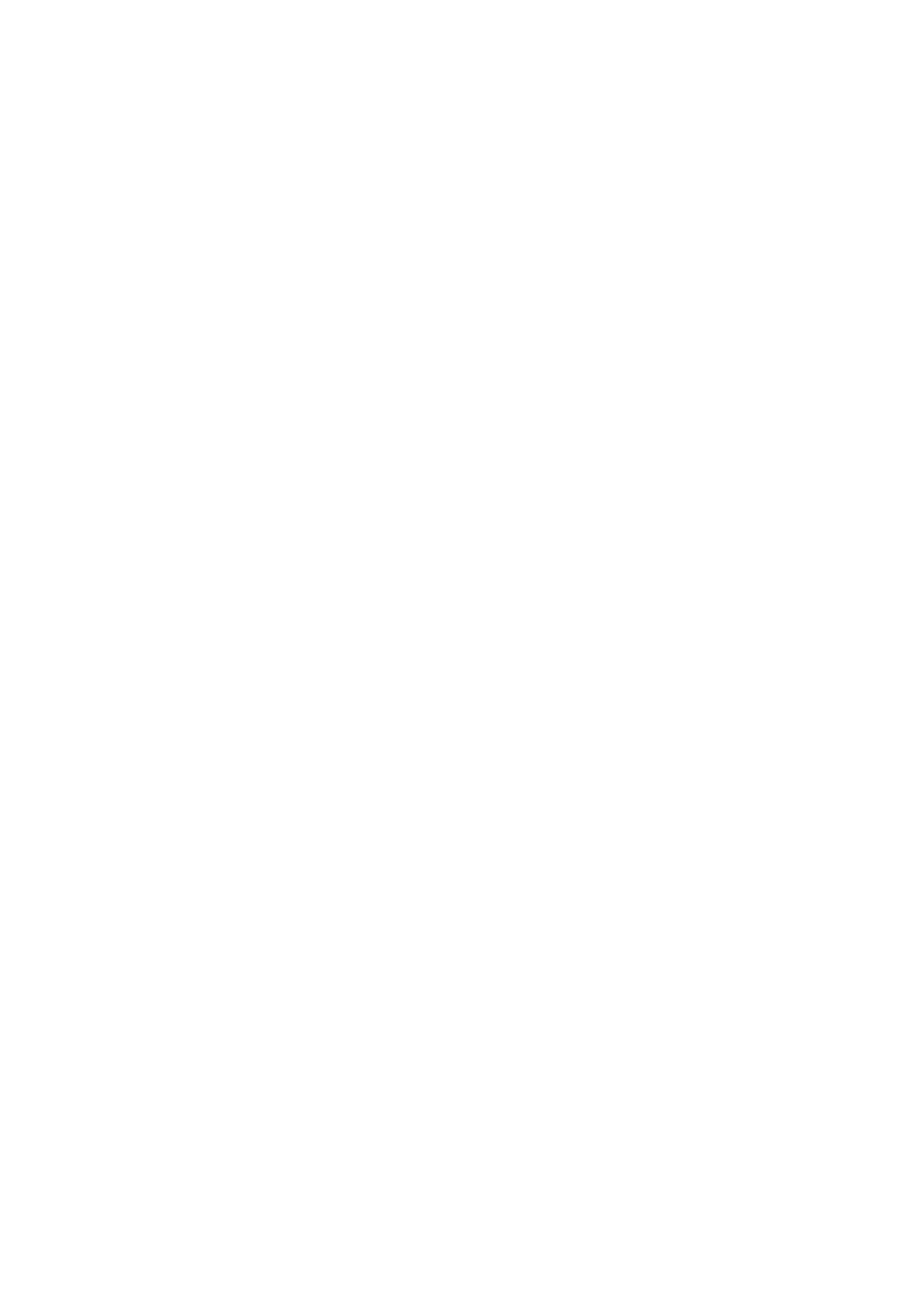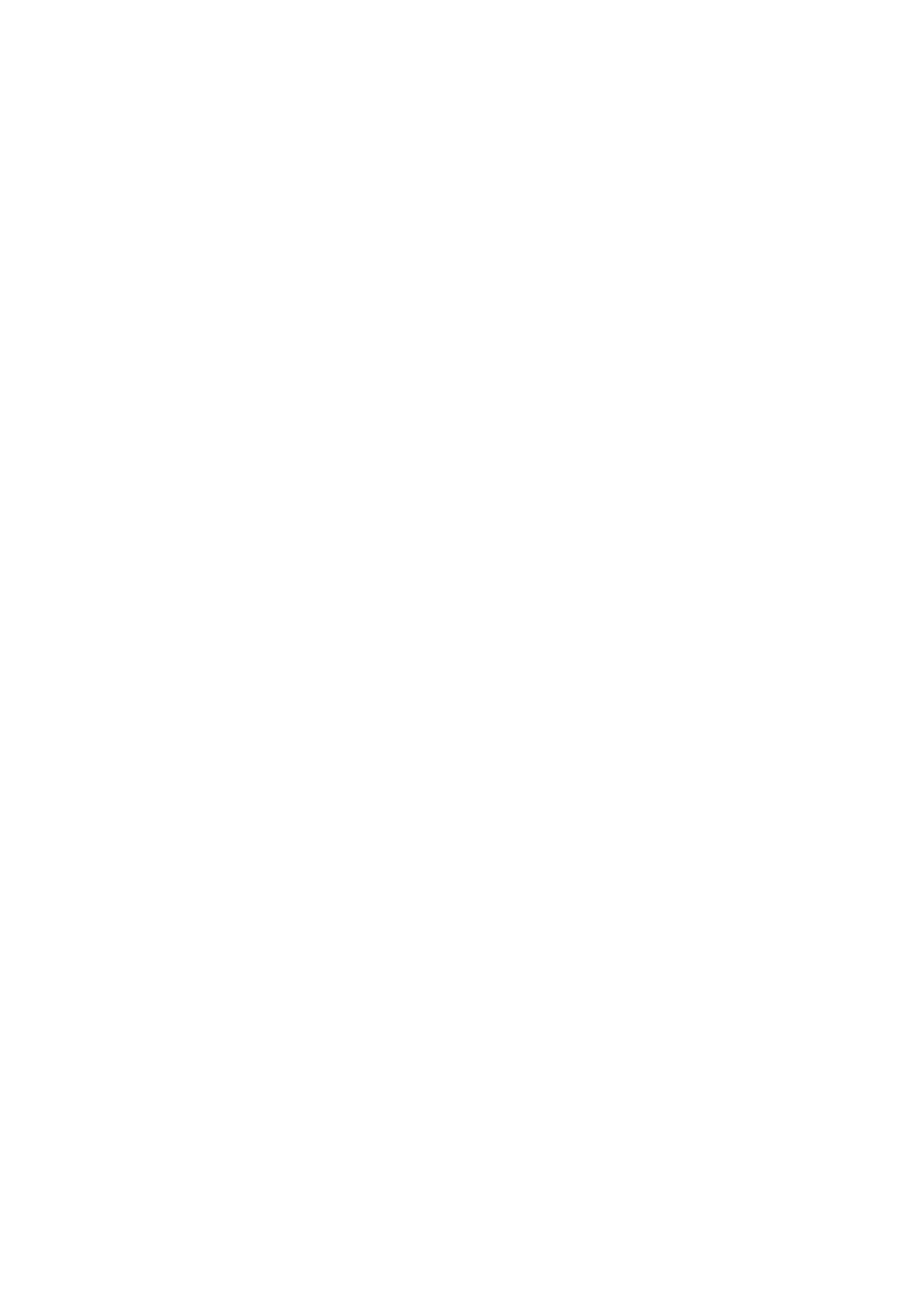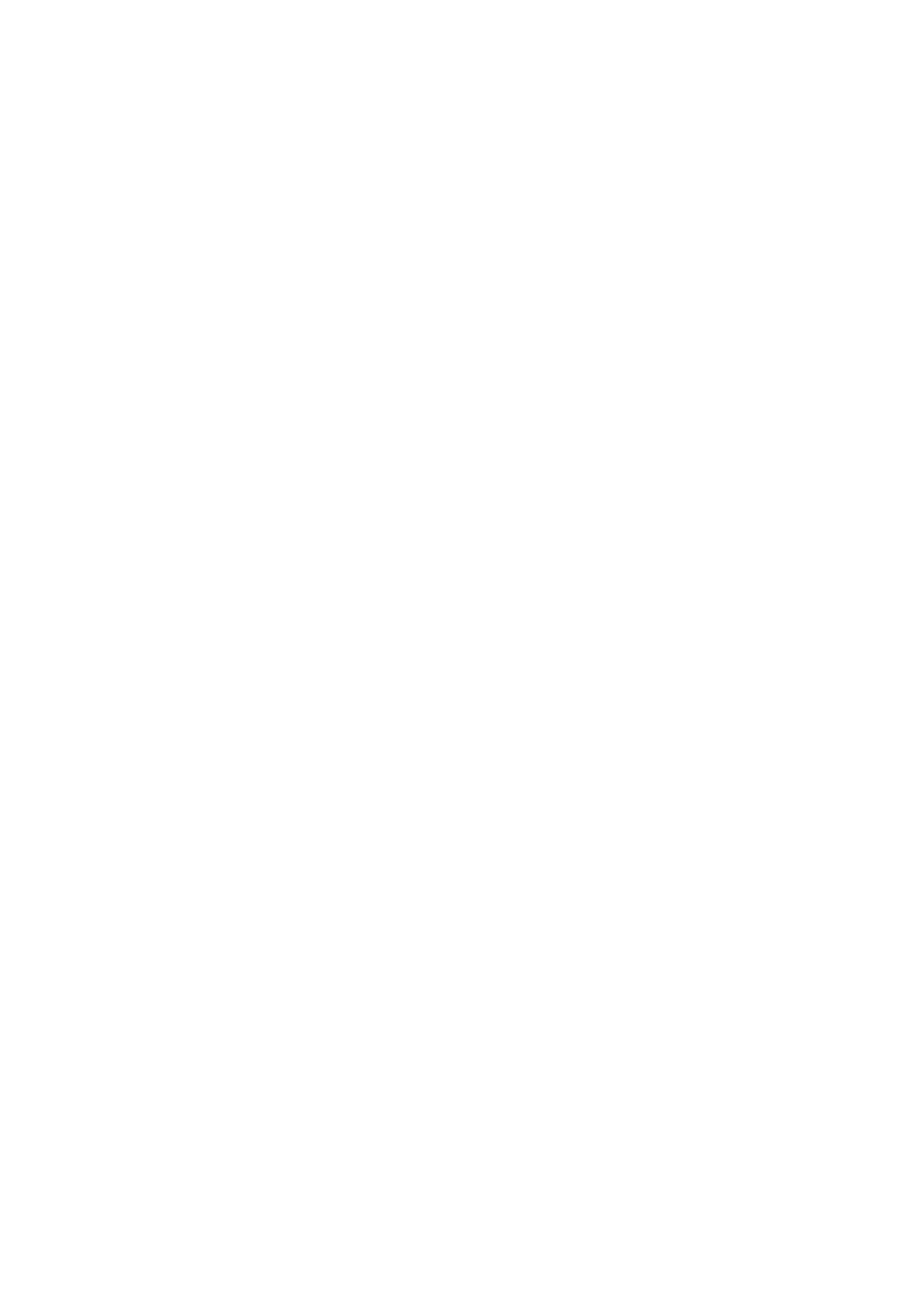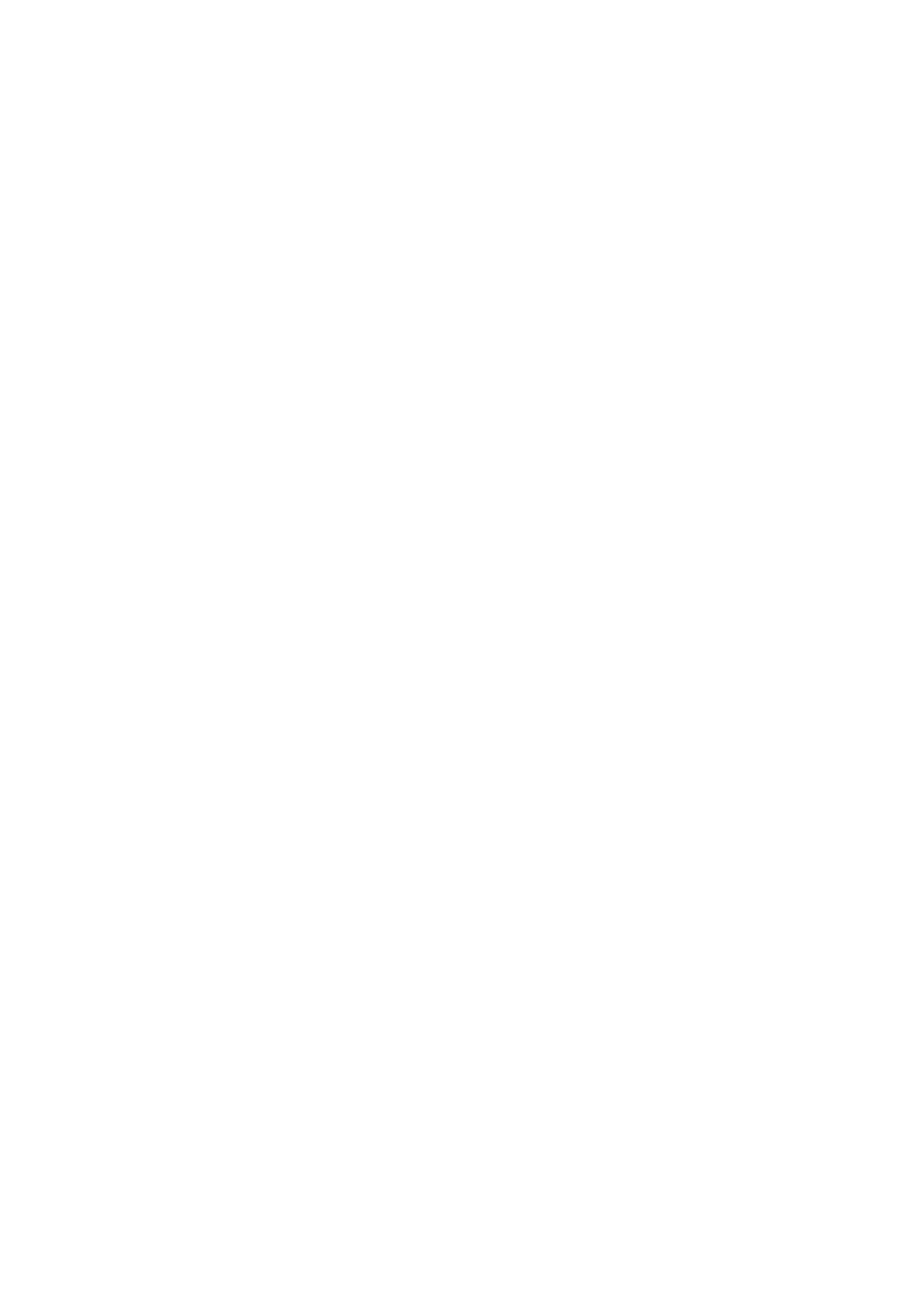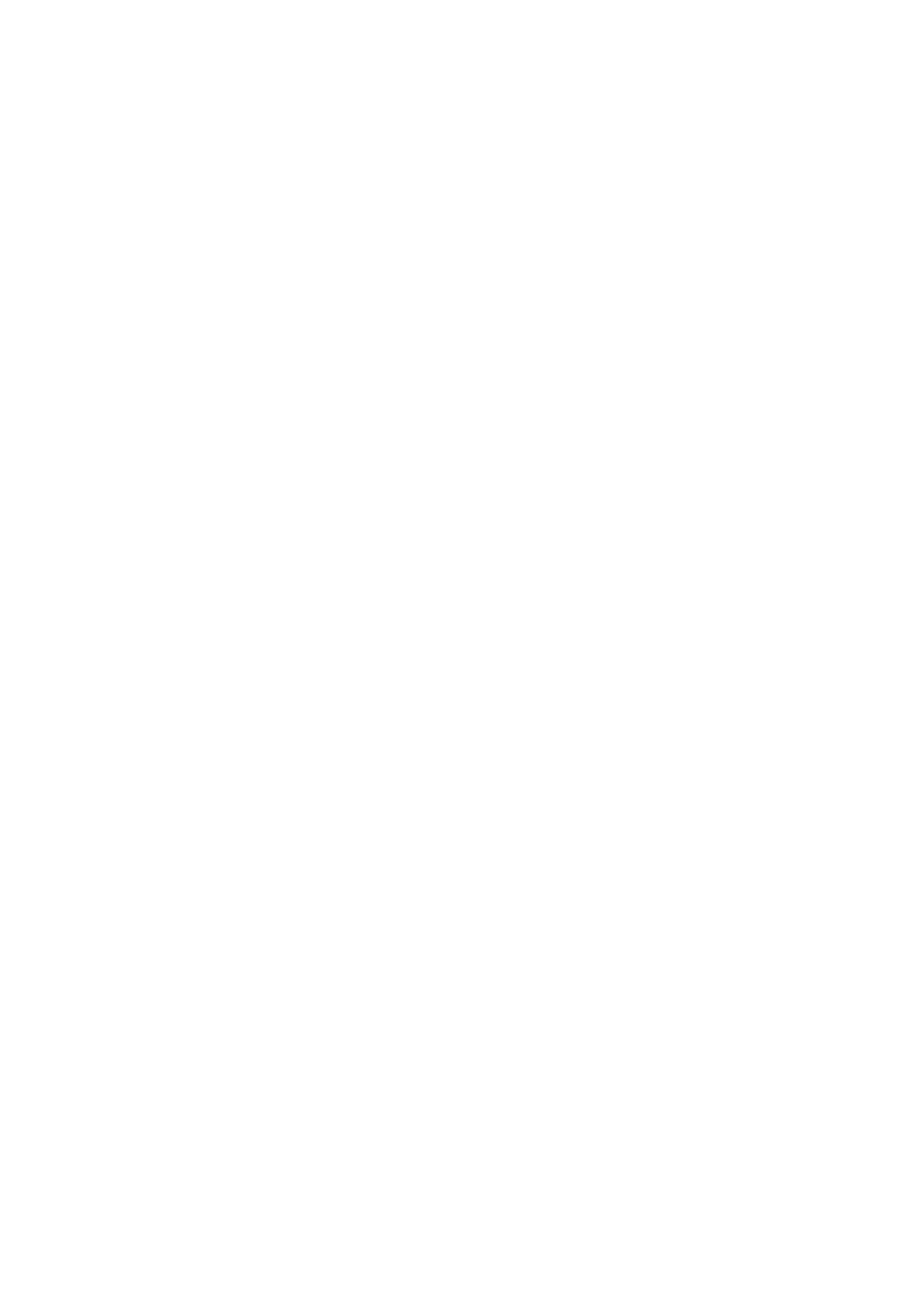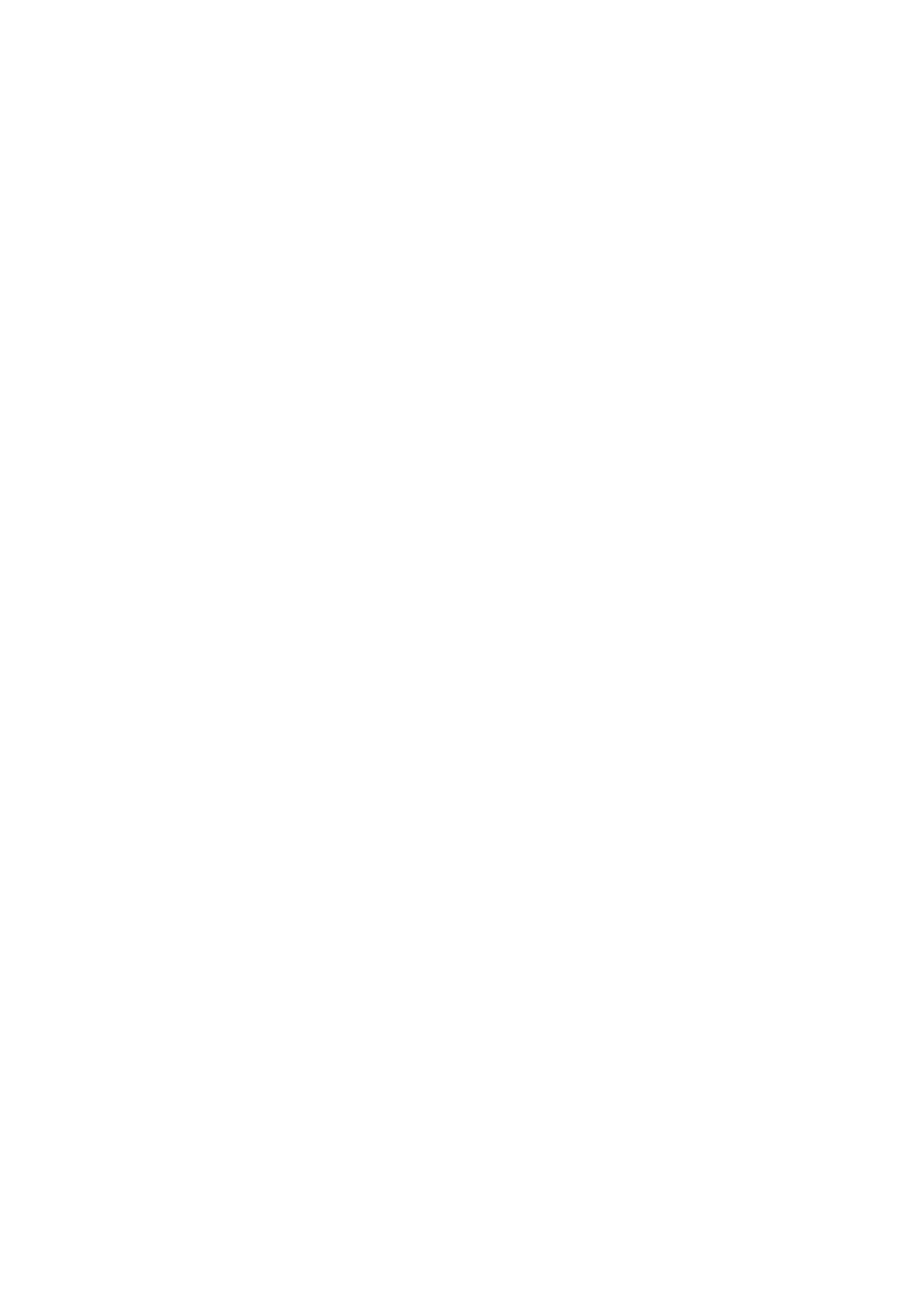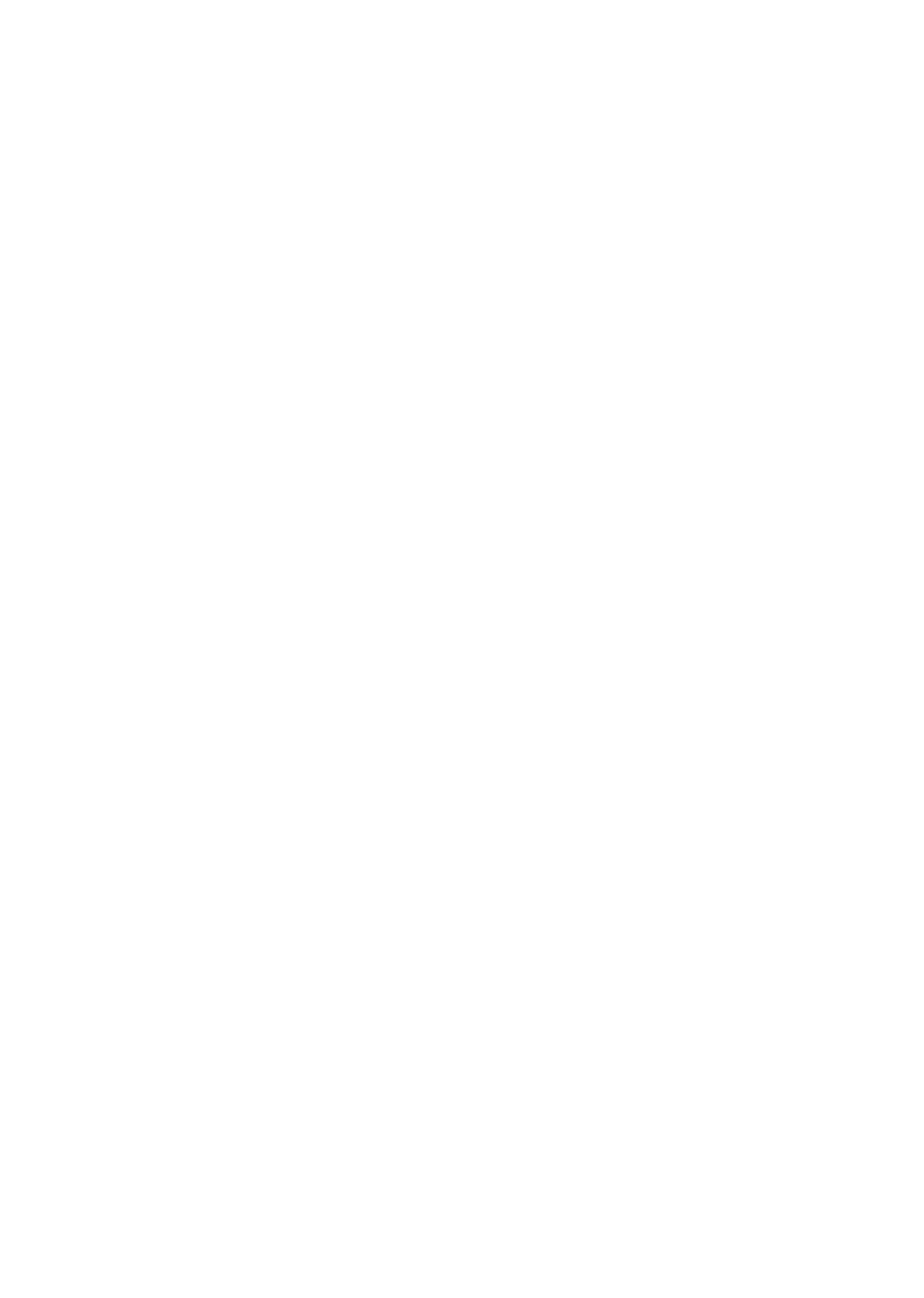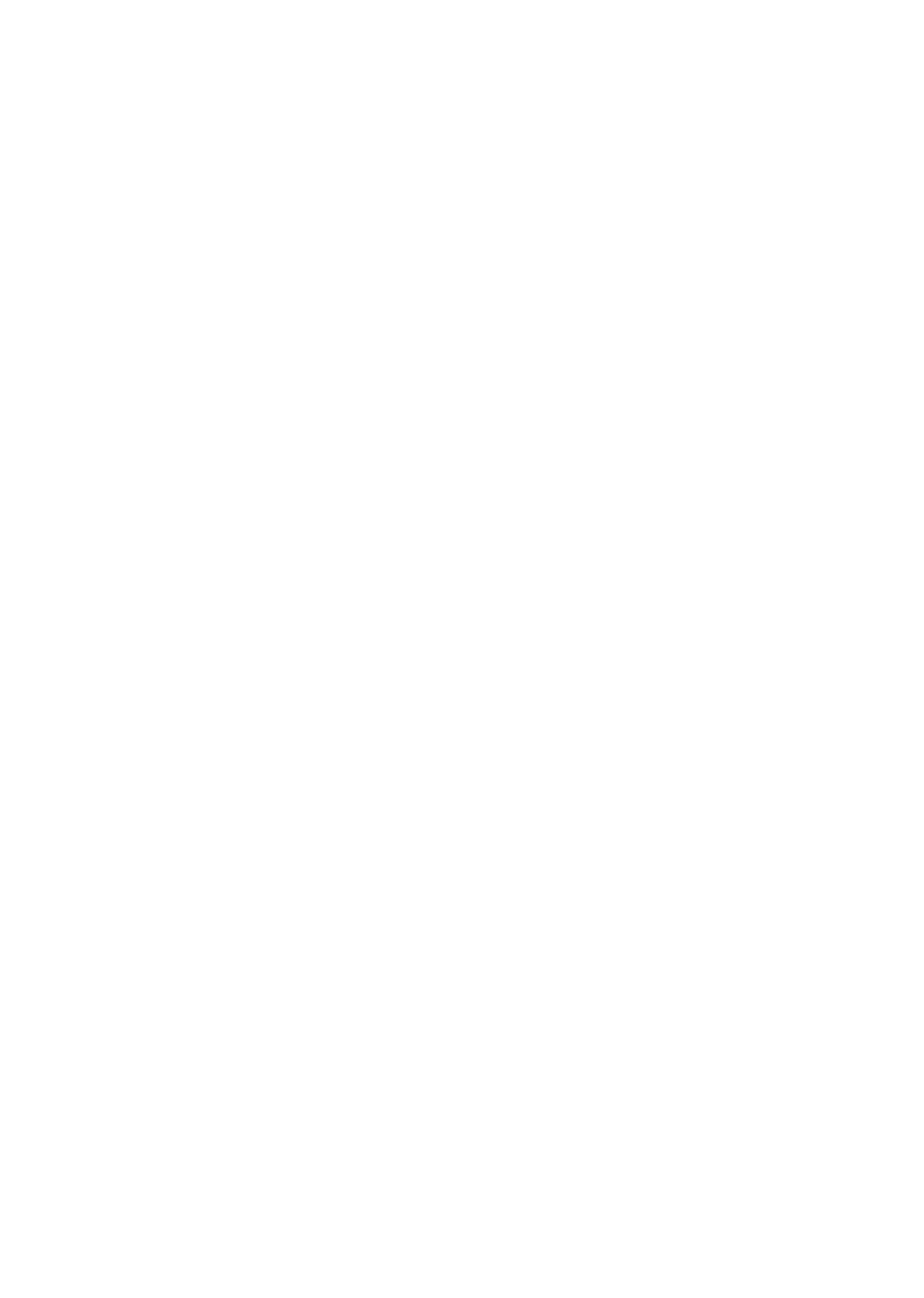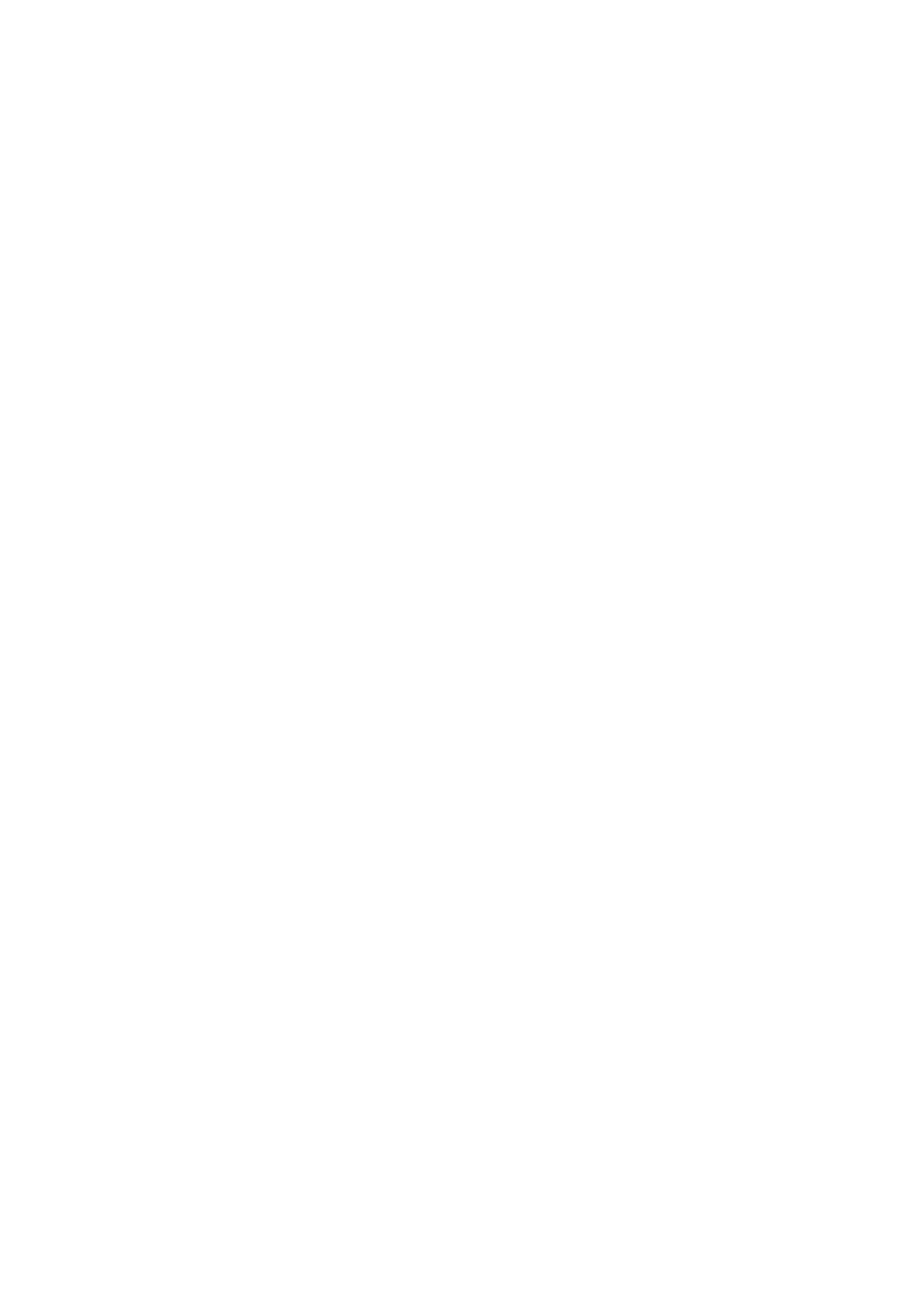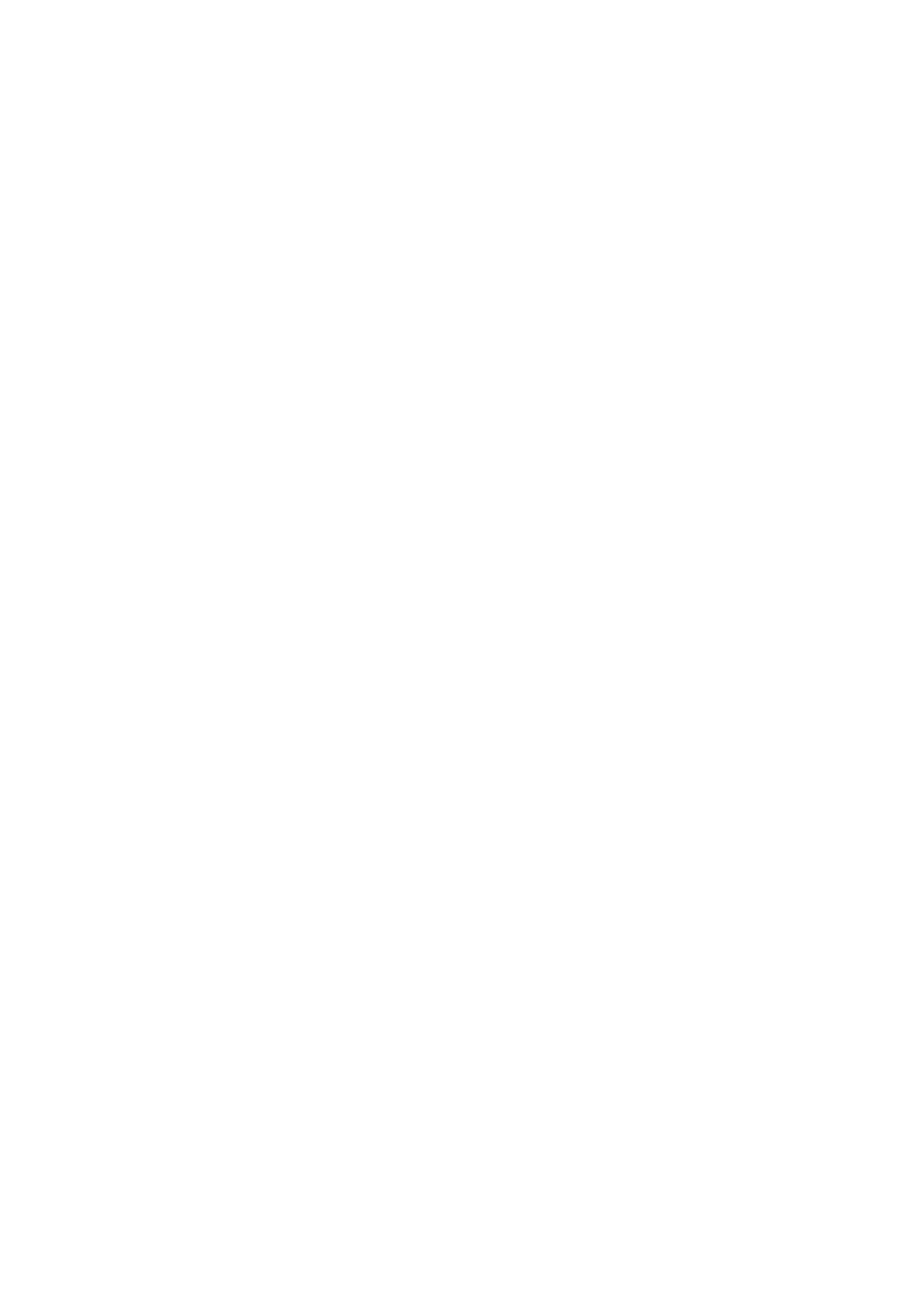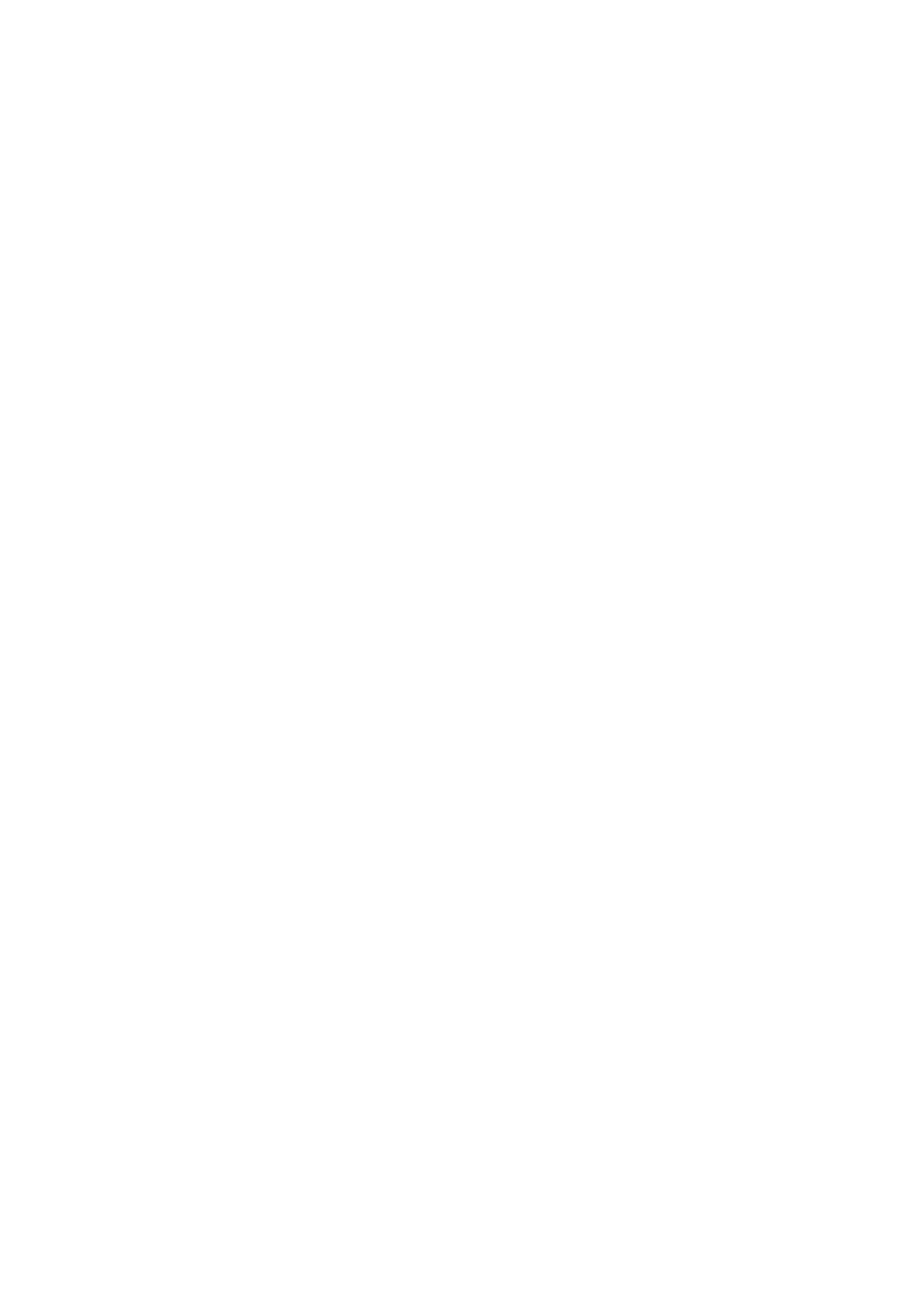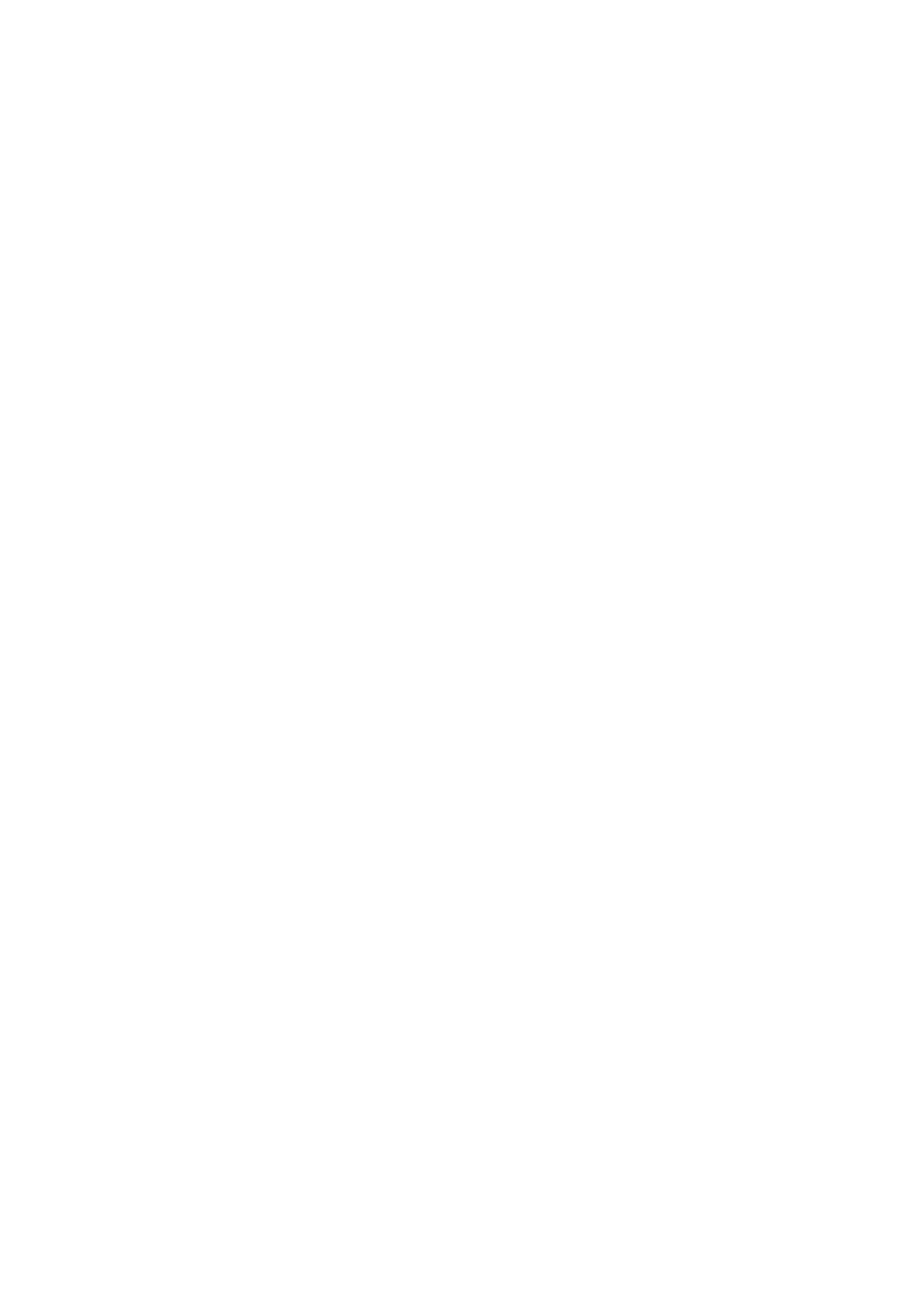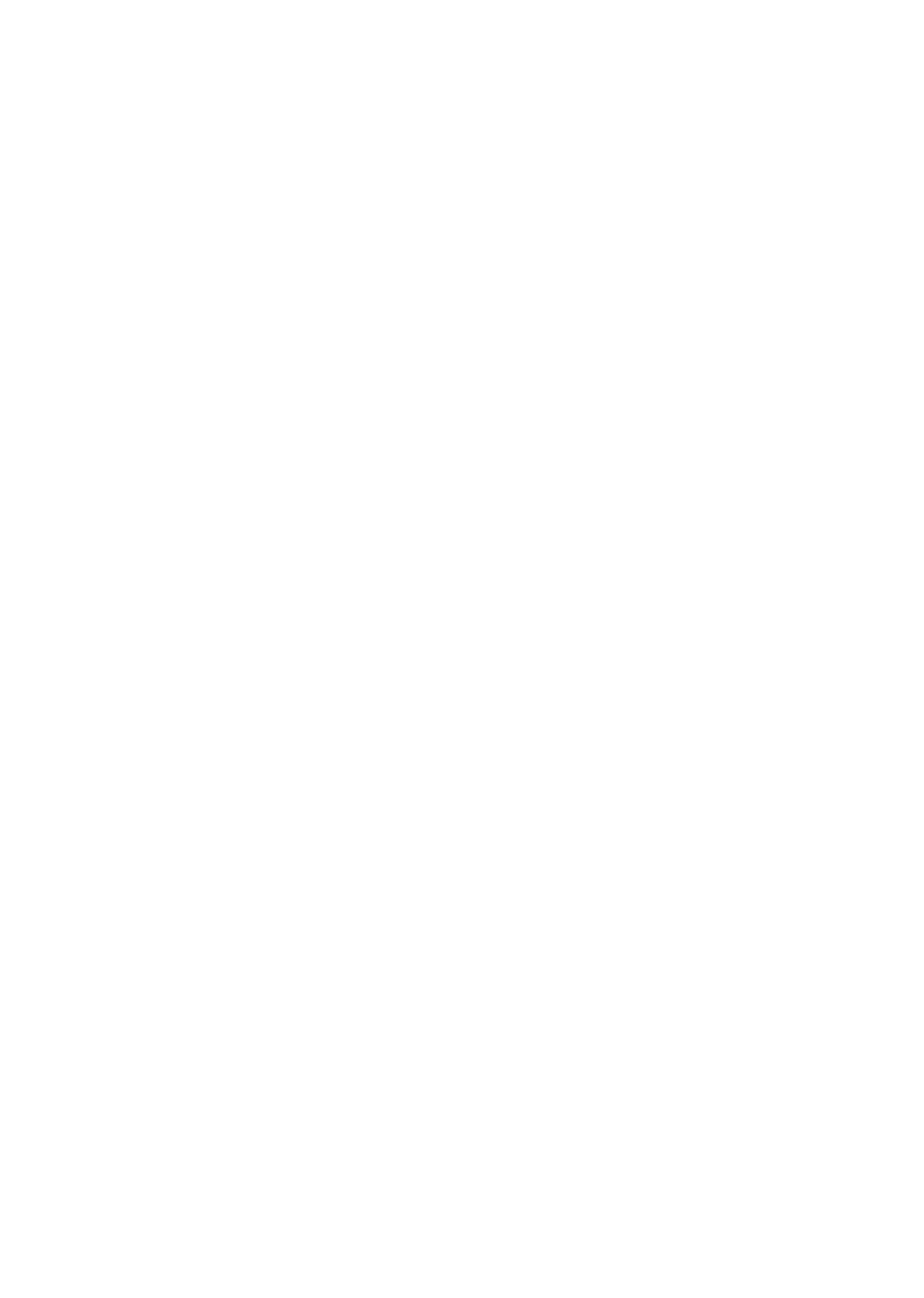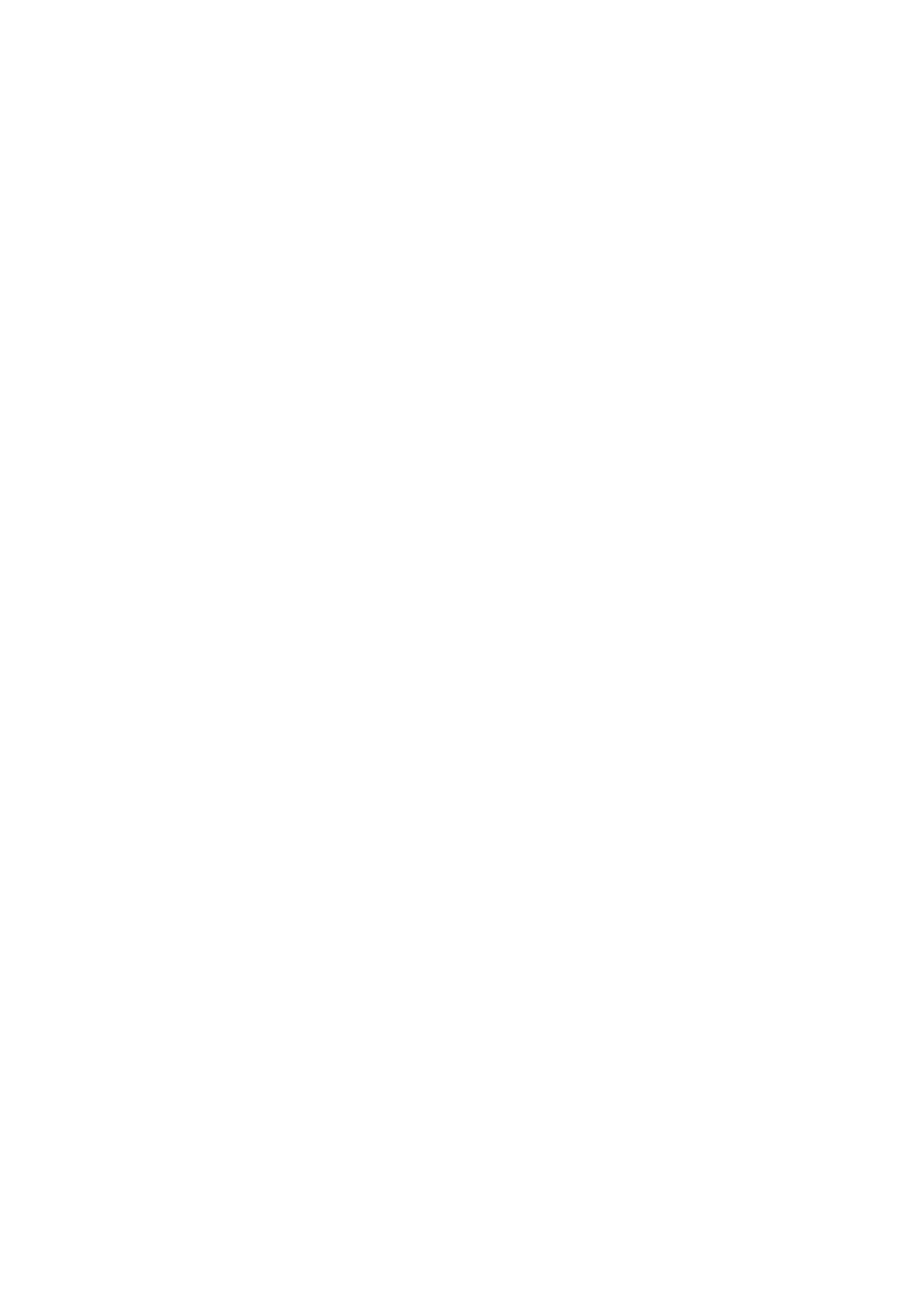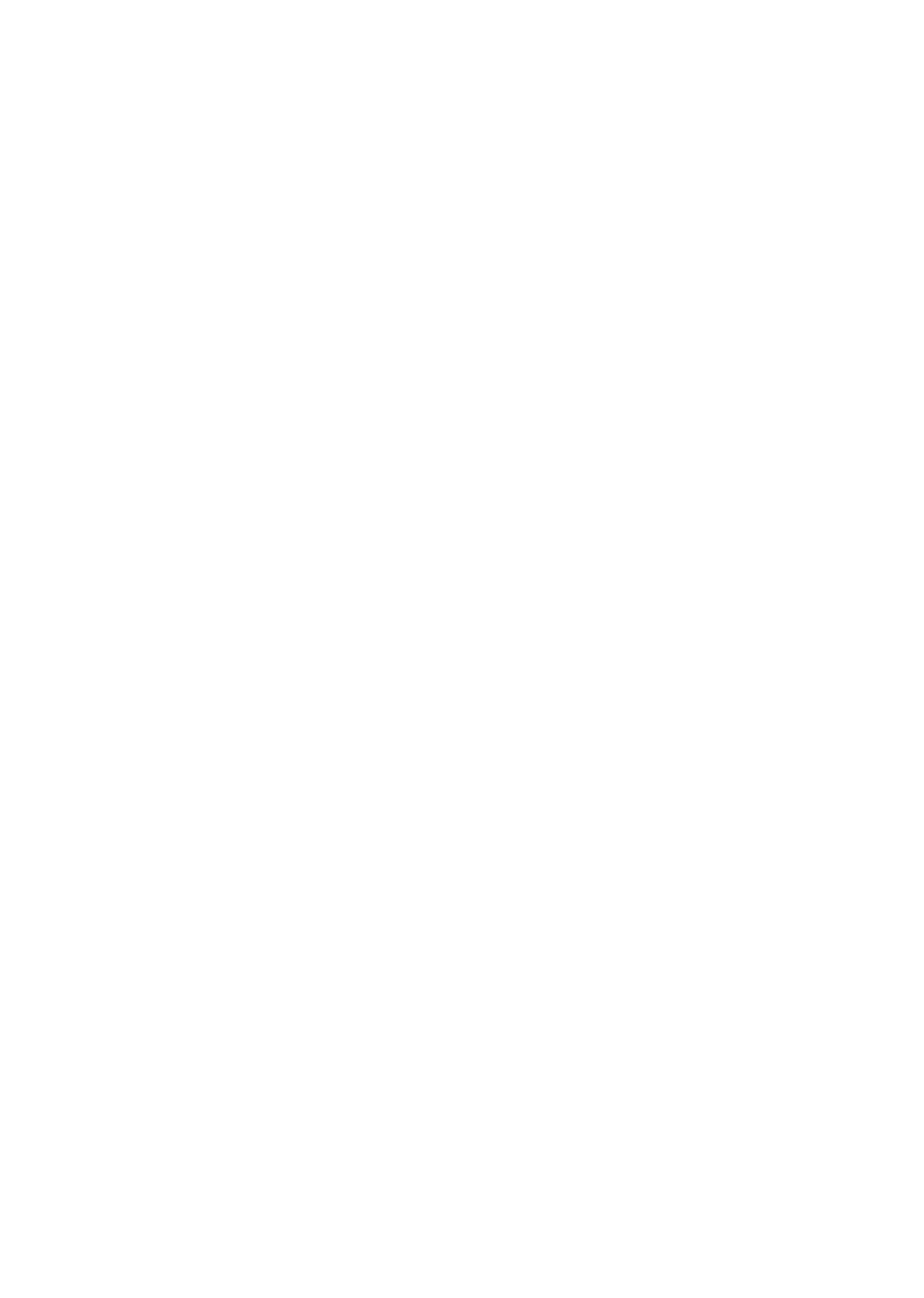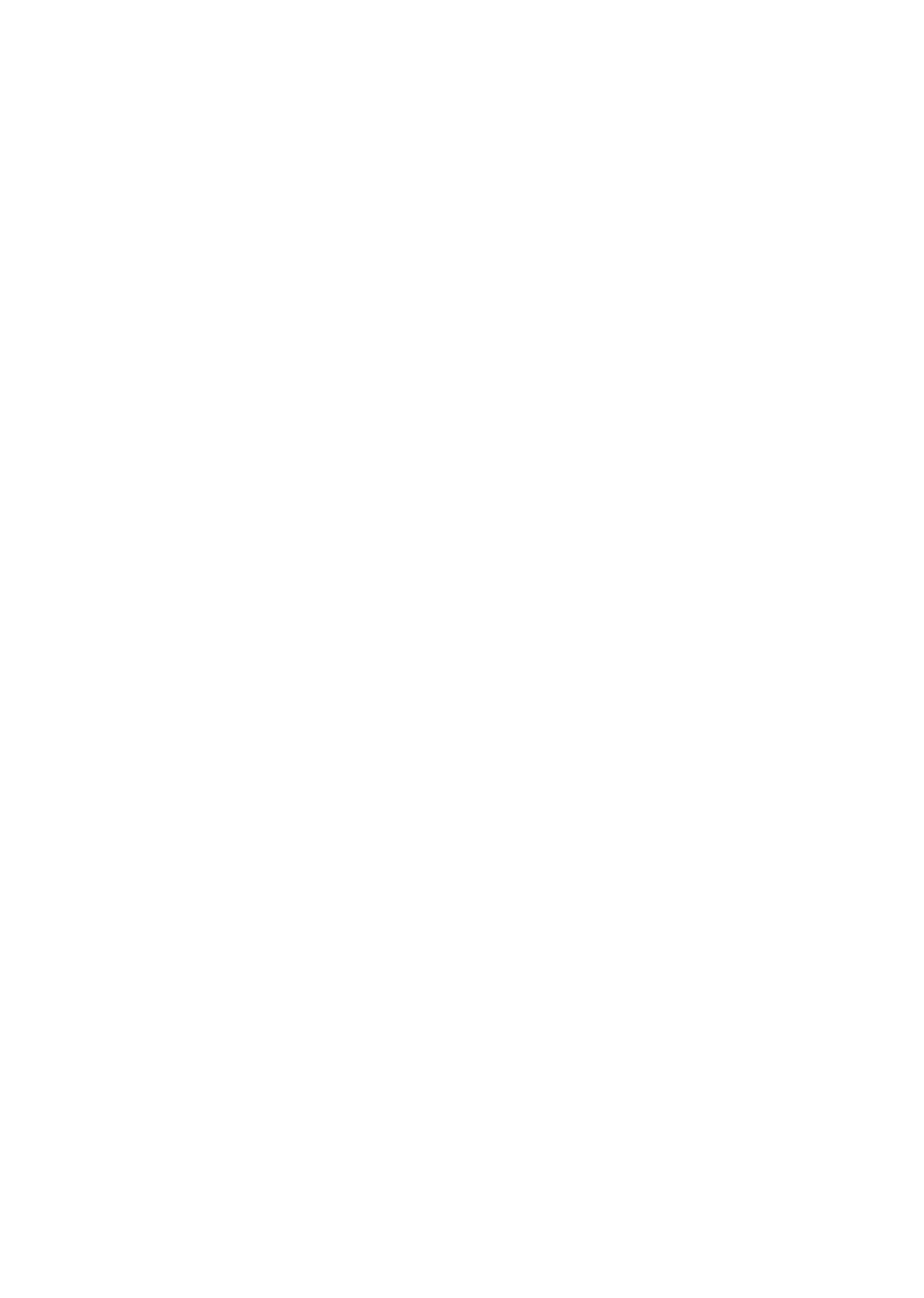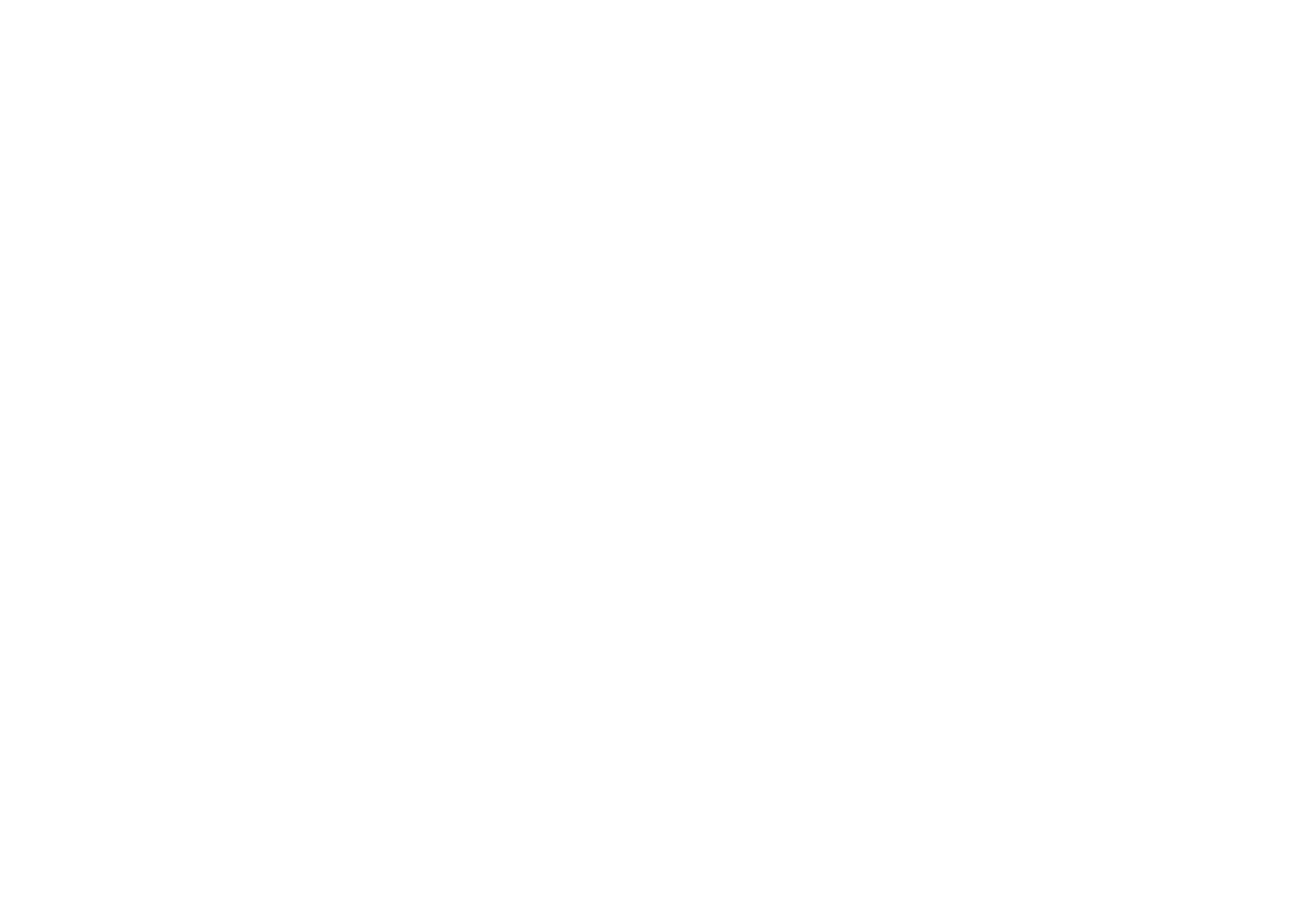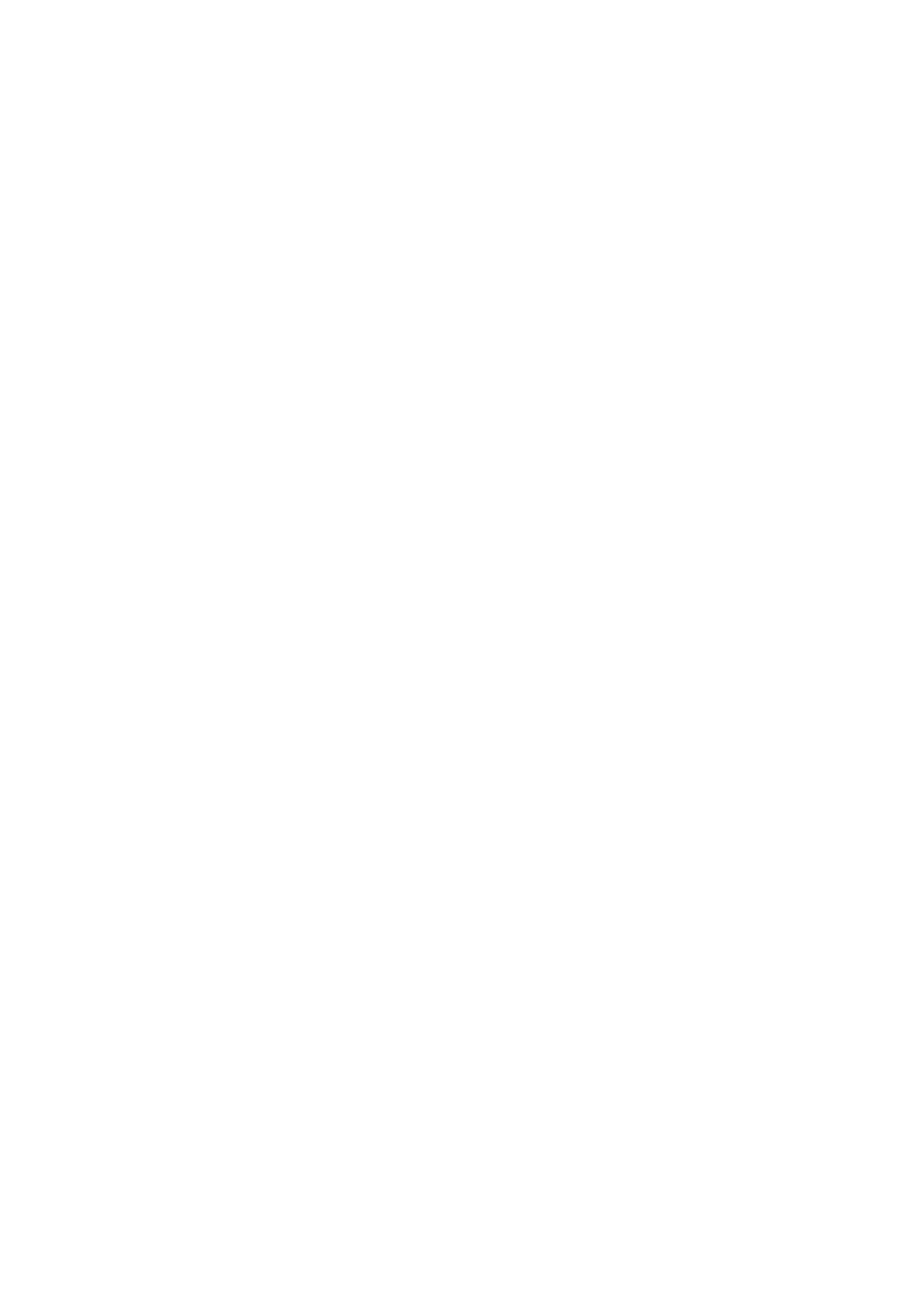RECEIVED
CLFflKS
orr!CF
BEFORE THE ILLINOIS POLLUTION
SEP 10 2001
CONTROL
BOARD
STATE OF fLLItqols
Pollution Control Board
Bridgestone/Firestone
Off-Road Tire Company,
)
PCB ~
-
.3/
)
(Permit Appeal
-
Air)
Petitioner,
)
)
v.
)
)
Illinois Environmental
)
Protection Agency,
)
)
Respondent.
)
NOTICE OF FILING
PLEASE TAKE NOTICE that I have today
filed with the office of the Clerk ofthe
Pollution Control Board the Petition for Administrative Review and Stay ofEffectiveness of
Bridgestone/Firestone Off-Road Tire Company and the Notice of Appearance of Charles T.
Wehland and Eacata Gregory, copies ofwhich are hereby served upon you.
Date: September
7,
2001
~
Charles T. Wehland
JONES, DAY, REAVIS
& POGUE
77
West Wacker
Chicago, Illinois 60601
(312) 782-3939
CH-1180856v1
RECEJVL~D
CLt~RKSOFFICE
BEFORE THE ILLINOIS POLLUTION
SEP
1. 0
2001
CONTROL BOARD
STATE OF
ILLINOIS
Pollution Control Board
Bridgestone/Firestone
)
Off-Road Tire Company,
)
PCB 4~-
3
/
)
(Permit Appeal
-
Air)
Petitioner,
)
)
v.
)
)
Illinois Environmental
)
Protection Agency,
)
)
Respondent
)
NOTICE OF APPEARANCE
Charles T. Wehland and Eacata Gregory, of JONES, DAY, REAVIS & POGUE, hereby
enter an appearance in this proceeding on behalfof Bridgestone/Firestone Off-Road Tire
Company.
Charles T. Wehland
One ofthe Attorneys for
Bridgestone/Firestone
Off-Road Tire Company
JONES, DAY, REAVIS & POGUE
77 West Wacker
Chicago, Illinois 60601
(312) 782-3939
September 7, 2001
CH-l 180856v1
fl~
BEFORE THE ILLINOIS POLLUTION
SEP
t ~
7Q01
CONTROL BOARD
WE OF ILLINOIS d
Off-RoadBridgestone/FirestoneTire Company,
))
PCBIW
-5
poUutIOfl
/
Control
Boar
)
(Permit Appeal
-
Air)
Petitioner,
)
)
v.
)
)
illinois Environmental
)
Protection Agency,
)
)
Respondent.
)
PETITION FOR ADMINISTRATIVE REVIEW
AND STAY OF EFFECTIVENESS
Pursuant to 415 ILCS 5/40.2 and 35
Illinois Administrative Code 105300,
Bridgestone/Firestone Off-Road Tire Company (‘BFS’) hereby files this petition for
administrative review and request for stay ofeffectiveness for the Title V Permit 95120125
issued August 6, 2001. BFS is an off-road rubber tire manufacturer located at Veterans Parkway
and Fort Jesse Road, Bloomington, Illinois, and is the applicant ofthe above-referenced permit.
In the interest ofobtaining a factual and legal permit, BFS submits this petition and stay request
to address the unreasonable grouping requirements imposed on the facility’s tire assembly
machines (“TAMs”).
The Bloomington facility contains 36 TAMs, which are used to prepare green tires for
further curing and finishing operations. Permit Condition 7.3.6 Emission Limitations separates
the TAMs into separate groups, each with different emission limits. This is in spite ofthe fact
that the Illinois Environmental Protection Agency (“IEPA”) had previously stated that it would
CFl-~ S0470v2
impose a single group emission limit for all of the TAMs. IEPA made this statement in issuing
the construction permit for the newest TAMs at the facility. Moreover, the IEPA had rolled the
emissions for all tire assembly operations and cement/solvent usage into a single operating
permit with a single group emission limit prior to the issuance of the most recent construction
permits.
BFS does not believe that separate group limits are necessary. Contrary to the Agency’s
assertion, there were no limitations placed on the 15 designated TAMs at construction pursuant
to the PSD program to avoid its applicability. Instead, the net emissions increase from the
modification of the TAMs was found to be insignificant. In fact, none ofthe contemporaneous
VOM emission changes due to new and retired TAMs at the facility have, to date, been
significant so as to qualify as a major modification.
All of the TAMs perform the same function and are subject to the same regulatory
requirements. A single group emission limit is not only legally appropriate and consistent with
EPA guidance, but also reflects and supports the reality ofplant operations. Because the
separate grouping requirement is based on the Agency’s erroneous assumption, the IEPA acted
arbitrarily in imposing this condition. BFS, therefore, requests that Section 7.3.6 be rewritten to
provide an appropriate emission limit for all ofthe TAMs as a single group.
BFS also requests that this challenged condition be stayed pending resolution. The
petition shows that BFS is likely to succeed on the merits. BFS would be harmed if it has to
begin to implement requirements that are not legally supportable. Moreover, the challenged
condition would necessitate redundant and unnecessary record keeping at each group of TAMs
of production and cement usage
--
record keeping that would be highly prone to oversight,
human error, and unnecessary expense. In contrast, the JEPA and the public would not be
-2-
CH-1 I 80470v2
harmed in any way if a stay is granted because the applicable overall emission limits will not be
affected.
For the reasons stated above, BFS requests that this Petition for Review be granted and
the contested condition be stayed pending resolution.
Respectfully submitted,
Charles
CC~Sd~
T. Wehland
/
Eacata Gregory
Jones, Day, Reavis & Pogue
77 W. Wacker Drive
Chicago, IL 60601
(312) 782-3939 (phone)
(312) 782-8585 (fax)
-3-
(‘H-li 8O47Ov2
CERTIFICATE OF SERVICE
Charles T. Wehland, an attorney, hereby certifies that he served a copy of the attached
Petition for Administrative Review and Stay of Effectiveness of Bridgestone/Firestone Off-Road
Tire Company and the Notice of Appearance by Charles T. Wehland and Eacata Gregory upon
the person(s) listed below via U.S. mail on September 7,2001.
Division of Legal Counsel
Illinois Environmental Protection Agency
1021 N. Grand Avenue East
P.O. Box 19276
Springfield, IL 62794-9276
~
/L~i
_
Charles T. Wehland
JONES, DAY, REAVIS & POGUE
77 West Wacker
Chicago, Illinois 60601
(312) 782-3939
(‘Fl-i 180856v1
217/782-2113
TITLE V
-
CLEAN AIR ACT PERMIT PROGRAM (CAAPP) PERMIT
and
PERMITTEE
TITLE I PERMIT1
Bridgestone/Firestone Off-Road Tire Company
Attn: Bill Hawks
Veterans Parkway and Fort Jesse Road
Bloomington, Illinois 61702-0640
Application No.: 95120125
I.D. No.: 113823AAB
Applicant’s Designation:
Date Received: December 7, 1995
Operation of: Rubber Tires Manufacturing Plant
Date Issued: August 6, 2001
Expiration Date2: August 5, 2006
Source Location: Veterans Parkway and Fort Jesse Road, Bloomington, McLean
County
Responsible Official: Ron Brooks, Director of Manufacturing
This permit is hereby granted to the above-designated Perinittee to OPERATE a
Rubber Tires Manufacturing Plant, pursuant to the above referenced permit
application. This permit is subject to the conditions contained herein.
If you have any questions concerning this permit, please contact Anatoly
Belogorsky at 217/782-2113.
Donald E. Sutton, P.E.
Manager, Permit Section
Division of Air Pollution Control
DES: AS: psi
cc: Illinois EPA, FOS, Region 3
USE PA
This permit may contain terms and conditions which address the applicability, and
compliance if determined applicable, of Title I of the CP~and regulations promulgated
thereunder, including 40 CFR 5221
-
federal PSD and 35 IAC Part 203
-
Major Stationary
Sources Construction and Modification. Any such terms and conditions are identified
within this permit.
2
Except as provided in condition 8.7 of this permit.
TABLE OF CONTENTS
PAGE
1.0 SOURCE IDENTIFICATION
4
1.1 Source
1.2 Owner/Parent Company
1.3 Operator
1.4 General Source Description
2.0 LIST OF ABBREVIATIONS/ACRONYMS USED IN THIS PERMIT
5
3.0 INSIGNIFICANT ACTIVITIES
7
3.1 Identification of Insignificant Activities
3.2 Compliance with Applicable Requirements
3.3 Addition of Insignificant Activities
4.0 SIGNIFICANT EMISSION UNITS AT THIS SOURCE
9
5.0 OVERALL SOURCE CONDITIONS
10
5.1 Source Description
5.2 Applicable Regulations
5.3 Non-Applicability of Regulations of Concern
5.4 Source-Wide Operational and Production Limits and Work
Practices
5.5 Source-Wide Emission Limitations
5.6 General Recordkeeping Requirements
5.7 General Reporting Requirements
5.8 General Operational Flexibility/Anticipated Operating
Scenarios
59 General Compliance Procedures
6.0 NOT APPLICABLE TO THIS PERMIT
15
7.0 UNIT SPECIFIC CONDITIONS
16
7.1 Rubber Mills
7.2 Calender Stations
7.3 Green Tire Assembly Stations
7.4 Green Tire Doping and Finishing Spray Booths
7.5 Curing Presses
7.6 Solvent Storage Tank
7.7 Fuel Combustion Emission Units
8.0 GENERAL PERMIT CONDITIONS
41
8.1 Permit Shield
8.2 Applicability of Title IV Requirements
8.3 Emissions Trading Programs
8.4 Operational Flexibility/Anticipated Operating Scenarios
8.5 Testing Procedures
2
PAGE
8.6 Reporting Requirements
8.7 Obligation to Comply with Title I Requirements
9.0 STANDARD PERMIT CONDITIONS
46
9.1 Effect of Permit
9.2 General Obligations of Permittee
9.3 Obligation to Allow Illinois EPA Surveillance
9.4 Obligation to Comply with Other Requirements
9.5 Liability
9.6 Recordkeeping
9.7 Annual Emissions Report
9.8 Requirements for Compliance Certification
9.9 Certification
9.10 Defense to Enforcement Actions
9.11 Permanent Shutdown
9.12 Reopening and Reissuing Permit for Cause
9.13 Severability Clause
9.14 Permit Expiration and Renewal
10.0 ATTACHMENTS
10.1 Attachment 1
-
Allowable Emissions of Particulate Matter
1-1
10.2 Attachment 2
-
Example Certification by a Responsible
2-1
Official
10.3 Attachment 3
—
Guidance on Revising This Permit
3-1
10.4 Attachment 4
-
Form 199-CAAPP, Application For
4-1
Construction Permit (For CAAPP Sources Only~
10.5 Attachment 5
-
Guidance on Renewing this Permit
5-1
3
1.0 SOURCE IDENTIFICATION
1.1 Source
Bridgestone/Firestone Off-Road Tire Company
Veterans Parkway and Fort Jesse Road
Bloomington, Illinois 61702-0640
309/452-4411
ID. No.: 113823AAB
Standard Industrial Classification: 3011, Rubber Products
1.2 owner/Parent Company
Bridgestone/Firestone Inc.
50 Century Blvd.
Nashville, Tennessee 37214
1.3 Operator
Bridgestone/Firestone Off-Road Tire Company
Veterans Parkway and Fort Jesse Road
Bloomington, Illinois 61702-0640
Contact Person’s Name:
Bill Hawks
309/451-2318
1.4 General Source Description
Bridgestone/Firestone Off-Road Tire Company is located at
Veterans Parkway and Fort Jesse Road in Bloomington and
manufacturers of-road rubber tires. The source operates the
following significant emission units at this site: rubber mills,
calender stations, green tire assembly and spray booth stations,
curing presses, solvent storage tank, and fuel combustion
emission units.
4
2.0 LIST OF ABBREVIATIONS/ACRONYMS USED IN THIS PERMIT
ACMA
Alternative Compliance Market Account
Act
Illinois Environmental Protection Act 415 ILCS 5/1 et
seq.
AP-42
Compilation of Air Pollutant Emission Factors, volume 1,
Stationary Point and Other Sources (and Supplements A
through F)
,
USEPA, Office of Air Quality Planning and
Standards,__Research_Triangle_Park,__NC 27711
ATU
Allotment Trading Unit
BAT
Best Available Technology
Btu
British thermal unit
00
Degrees Celsius
CAA
Clean Air Act 42 U.S.C. Section 7401 et seq.I
CAAPP
Clean Air Act Permit Program
CAM
Compliance Assurance Monitoring
Cd
Cadmium
CEMS
Continuous Emission Monitoring System
cfm
Cubic foot per minute
CFR
Code of Federal Regulations
CO
Carbon Monoxide
dscf
Dry standard cubic foot
dscm
Dry standard cubic meter
°F
Degrees Fahrenheit
ft
Feet
G
Grams
gal
Gallons
gr
Grains
HAP
Hazardous Air Pollutant
HC1
Hydrogen Chloride
Hg
Mercury
HMIWI
Hospital/Medical/Infectious Waste Incinerator
hr
hour
IAC
Illinois Administrative Code
ID. No.
Identification Number of Source, assigned by Illinois
EPA
ILCS
Illinois Compiled Statutes
Illinois EPA Illinois Environmental Protection Agency
kW
kilowatts
L
liter
LAER
Lowest Achievable Emission Rate
lb
pound
MACT
Maximum Achievable Control Technology
mg
milligram
mmBtu
Million British thermal units
mmscf
Million standard cubic feet
mo
month
MW
Megawatts
5
NESHAP
National Emission Standards for Hazardous Air Pollutants
NO~
Nitrogen Oxides
Pb
Lead
NSPS
New Source Performance Standards
PM
Particulate Matter
PM10
Particulate matter with an aerodynamic diameter less
than or equal to a nominal 10 microns as measured by
applicable_test_or_monitoring_methods
ppm
parts per million
ppmv
Parts per million by volume
PSD
Prevention of Significant Deterioration
RMP
Risk Management Plan
scf
Standard cubic feet
scm
Standard cubic meters
SO2
Sulfur Dioxide
T
Ton
TEQ
Toxic equivalency
Ti
Title I
—
identifies Title I conditions that have been
carried_over_from_an_existing_permit
TiN
Title I New
—
identifies Title I conditions that are
being_established_in_this_permit
T1R
Title I Revised
—
identifies Title I conditions that
have been carried over from an existing permit and
subsequently_revised_in_this_permit
USEPA
United States Environmental Protection Agency
VOM
Volatile Organic Material
yr
year
6
3.0 INSIGNIFICANT ACTIVITIES
3.1 Identification of Insignificant Activities
The following activities at the source constitute insignificant
activities as specified in 35 IAC 201.210:
3.1.1 Activities determined by the Illinois EPA to be
insignificant activities, pursuant to 35 IAC 201210(a) (1)
and 201.211, as follows:
Finish Department tire inspection stations;
Wastewater treatment plant; and
Small rubber warm-up mills
3.1.2 Activities that are insignificant activities based upon
maximum emissions, pursuant to 35 IAC 201.210 (a) (2) or
(a) (3), as follows:
None
3.1.3 Activities that are insignificant activities based upon
their type or character, pursuant to 35 IAC 201.210 (a) (4)
through (18), as follows:
a. Direct combustion units designed and used for comfort
heating purposes and fuel combustion emission units
as follows: (A) Units with a rated heat input
capacity of less than 2.5 mmBtu/hr that fire only
natural gas, propane, or liquefied petroleum gas; (B)
Units with a rated heat input capacity of less than
1.0 mmBtu/hr that fire only oil or oil in combination
with only natural gas, propane, or liquefied
petroleum gas; and (C) Units with a rated heat input
capacity of less than 200,000 Btu/hr which never burn
refuse, or treated or chemically contaminated wood
35 IAC 201.210(a) (4).
b. Extruders used for the extrusion of metals, minerals,
plastics, rubber, or wood, excluding extruders used
in the manufacture of polymers, provided that
volatile organic materials or class I or II
substances subject to the requirements of Title VI of
the CAA are not used as foaming agents or release
agents or were not used as foaming agents in the case
of extruders processing scrap material 35 IAC
201.210 (a) (5)1
c. Gas turbines and stationary reciprocating internal
combustion engines of less than 112 kW (150
horsepower) power output 35 IAC 201.210 (a) (15).
d. Gas turbines and stationary reciprocating internal
combustion engines of between 112 kW and 1,118 kW
7
(150 and 1,500 horsepower) power output that are
emergency or standby units 35 IAC 201.210 (a) (16).
3.1.4 Activities that are considered insignificant activities
pursuant to 35 IAC 201.210(b).
3.2 Compliance with Applicable Requirements
Insignificant activities are subject to applicable requirements
notwithstanding status as insignificant activities. In
particular, in addition to regulations of general applicability,
such as 35 IAC 212.301 and 212.123 (Condition 52.2), the
Permittee shall comply with the following requirements, as
applicable:
3.2.1 For each cold cleaning degreaser, the Permittee shall
comply with the applicable equipment and operating
requirements of 35 IAC 215.182, 218.182, or 219.182.
3.2.2 For each particulate matter process emission unit the
Permittee shall comply with the applicable particulate
matter emission limit of 35 IAC 212.321 or 212.322. For
example, the particulate matter emissions from a process
emission unit shall not exceed 0.55 pounds per hour if the
emission unit’s process weight rate is 100 pounds per hour
or less, pursuant to 35 IAC 266.110.
3.2.3 For each organic material emission unit that uses organic
material, e.g., a mixer or printing line, the Permittee
shall comply with the applicable VOM emission limit of 35
IAC 215.301, 218.301, or 219.301, which requires that
organic material emissions not exceed 8.0 pounds per hour
or do not qualify as photochemically reactive material as
defined in 35 IAC 2114690.
3.3 Addition of Insignificant Activities
3.3.1 The Permittee is not required to notify the Illinois EPA
of additional insignificant activities present at the
source of a type that is identified in Condition 3.1,
until the renewal application for this permit is
submitted, pursuant to 35 IAC 201.212(a).
3.3.2 The Permittee must notify the Illinois EPA of any proposed
addition of a new insignificant activity of a type
addressed by 35 IAC 201.210(a) and 201.211 other than
those identified in Condition 3.1, pursuant to Section
39.5(12) (b) of the Act.
3.3.3 The Permittee is not required to notify the Illinois EPA
of additional insignificant activities present at the
source of a type identified in 35 IAC 201.210(b)
-
8
4.0 SIGNIFICANT EMISSION UNITS AT THIS SOURCE
Emission
Unit
Description
Date
Constructed
Emission Control
Equipment
Unit 1
Rubber Mills
N/A
None
Unit 2
Calender Stations
N/A
None
Unit 3 Green Tire Assembly Stations
N/A
None
Unit 4
~
Green Tire Doping &
Finishing Spray Booths
N/A
Filters
Unit 5
Curing Presses
N/A
None
Unit 6
Solvent Storage Tank
1996
None
Unit 7
Fuel Combustion Emission
Units
N/A
None
9
5.0 OVERALL SOURCE CONDITIONS
5.1 Source Description
5.1.1 This permit is issued based on the source requiring a
CAAPP permit as a major source of VOM emissions.
5.2 Applicable Regulations
5.2.1 Specific emission units at this source are subject to
particular regulations as set forth in Section 7 (Unit-
Specific Conditions) of this permit.
5.2.2 In addition, emission units at this source are subject to
the following regulations of general applicability:
a. No person shall cause or allow the emission of
fugitive particulate matter from any process,
including any material handling or storage activity,
that is visible by an observer looking generally
overhead at a point beyond the property line of the
source unless the wind speed is greater than 40.2
kilometers per hour (25 miles per hour)
,
pursuant to
35 IAC 212.301 and 212.314.
Compliance with this requirement is considered to be
assured by the inherent nature of operations at this
source, as demonstrated by historical operation.
b. No person shall cause or allow the emission of smoke
or other particulate matter, with an opacity greater
than 30 percent, into the atmosphere from any
emission unit other than those emission units subject
to the requirements of 35 IAC 212.122, pursuant to 35
IAC 212.123 (a)
,
except as allowed by 35 IAC
212.123(b) and 212.124.
5.2.3 The Permittee shall comply with the standards for
recycling and emissions reduction of ozone depleting
substances pursuant to 40 CFR Part 82, Subpart F, except
as provided for motor vehicle air conditioners in Subpart
B of 40 CFR Part 82:
a. Persons opening appliances for maintenance, service,
repair, or disposal must comply with the required
practices pursuant to 40 CFR 82.156.
b. Equipment used during the maintenance, service,
repair, or disposal of appliances must comply with
the standards for recycling and recovery equipment
pursuant to 40 CFR 82.158.
c. Persons performing maintenance, service, repair, or
disposal of appliances must be certified by an
10
approved technician certification program pursuant to
40 CFR 82.161.
5.2.4 Risk Management Plan
Should this stationary source, as defined in 40 CFR
Section 68.3, become subject to the Accidental Release
Prevention regulations in 40 CFR Part 68, then the owner
or operator shall submit 40 CFR 68.215 (a) (2) (i) and
(ii)):
a. A compliance schedule for meeting the requirements of
40 CFR Part 68 by the date provided in 40 CFR
68.10 (a); or
b. A certification statement that the source is in
compliance with all requirements of 40 CFR Part 68,
including the registration and submission of the Risk
Management Plan (RMP)
,
as part of the annual
compliance certification required by 40 CFR Part 70
or 71.
5.2.5 a. Should this stationary source become subject to a
regulation under 40 CFR Parts 60, 61, or 63, or 35
IAC after the date issued of this permit, then the
owner or operator shall, in accordance with the
applicable regulation(s)
,
comply with the applicable
requirements by the date(s) specified and shall
certify compliance with the applicable requirements
of such regulation(s) as part of the annual
compliance certification, as required by 40 CFR Part
70 or 71.
b. No later than upon the submittal for renewal of this
permit, the owner or operator shall submit, as part
of an application, the necessary information to
address either the non-applicability of, or
demonstrate compliance with all applicable
requirements of any potentially applicable regulation
which was promulgated after the date issued of this
permit.
5.2.6 Episode Action Plan
a. If the source is required to have an episode action
plan pursuant to 35 IAC 244.142, the Permittee shall
maintain at the source and have on file with the
Illinois EPA a written episode action plan (plan) for
reducing the levels of emissions during yellow
alerts, red alerts, and emergencies, consistent with
safe operating procedures. The plan shall contain
the information specified in 35 IAC 244,144.
11
b. The Permittee shall immediately implement the
appropriate steps described in this plan should an
air pollution alert or emergency be declared.
c. If a change occurs at the source which requires a
revision of the plan (e.g., operational change,
change in the source contact person)
,
a copy of the
revised plan shall be submitted to the Illinois EPA
for review within 30 days of the change. Such plans
shall be further revised if disapproved by the
Illinois EPA.
d. For sources required to have a plan pursuant to 35
IAC 244.142, a copy of the original plan and any
subsequent revisions shall be sent to:
i.
Illinois EPA, Compliance Section; and
ii. For sources located in Cook County and outside
of the city of Chicago: Cook County
Department of Environmental Control; or
iii. For sources located within the city of
Chicago: Chicago Department of Environmental
Control.
5.3 Non-Applicability of Regulations of Concern
a.
This source is not subject to 35 IAC Part 215 Subpart S
“Rubber and Miscellaneous Plastic Products” and 40 CFR
Part 60, Subpart BBB “Standards of Performance for the
Rubber Tire Manufacturing Industry”. These regulations
apply for tires with a bead diameter of less than 19.7
inches. This non-applicability is based on the size of
tires (from about 36 inches and more in diameter)
manufactured at this location.
b.
This permit is issued based on the source not being
subject to 40 CFR Part 64, Compliance Assurance Monitoring
(CAM) for Major Stationary Sources, because the source
does not have a pollutant-specific emissions unit that
uses an add-on control device to achieve compliance with
an emission limitation or standard.
5.4 Source-Wide Operational and Production Limits and Work Practices
In addition to the source-wide requirements in the Standard
Permit Conditions in Section 9, the Permittee shall fulfill the
following source-wide operational and production limitations
and/or work practice requirements:
None
12
5.5 Source-wide Emission Limitations
5.5.1 Permitted Emissions for Fees
The annual emissions from the source, not considering
insignificant activities as addressed by Section 3.0 of
this permit, shall not exceed the following limitations.
The overall source emissions shall be determined by adding
emissions from all emission units. Compliance with these
limits shall be determined on a calendar year basis.
These limitations (Condition 5.5.1) are set for the
purpose of establishing fees and are not federally
enforceable.
Permitted Emissions of Regulated Pollutants
Pollutant
Tons/Year
Volatile Organic Material (VOM)
930.4
Sulfur Dioxide
(So2)
0.4
Particulate Matter (PM)
12.5
Nitrogen Oxides (NO~)
76.5
HAP, not included in VOM or PM
----
TOTAL
1,019.8
5.5.2 Emissions of Hazardous Air Pollutants
This permit is issued based on the emissions of HAPs as
listed in Section 112(b) of the CAA not being equal to Or
exceeding 10 tons per year of a single HAP or 25 tons per
year of any combination of such HAPs, so that this source
is considered a minor source for HAPs.
5.5.3 other Source-Wide Emission Limitations
None
5.6 General Reoordkeeping Requirements
5.6.1 Emission Records
The Permittee shall maintain records of the following
items for the source to demonstrate compliance with
Condition 5.5.1, pursuant to Section 39.5(7) (b) of the
Act:
Total annual emissions on a calendar year basis for
the emission units covered by Section 7 (Unit
Specific Conditions) of this permit.
5.6.2 Retention and Availability of Records
a. All records and logs required by this permit shall be
retained for at least five years from the date of
entry (unless a longer retention period is specified
13
by the particular recordkeeping provision herein)
shall be kept at a location at the source that is
readily accessible to the Illinois EPA or USEPA, and
shall be made available for inspection and copying by
the Illinois EPA or USEPA upon request.
b. The Permittee shall retrieve and print, on paper
during normal source office hours, any records
retained in an electronic format (e.g., computer) in
response to an Illinois EPA or USEPA request for
records during the course of a source inspection.
5.7 General Reporting Requirements
5.7.1 General Source-Wide Reporting Requirements
The Permittee shall promptly notify the Illinois EPA,
Compliance Section, of noncompliance of the source with
the permit requirements as follows, pursuant to Section
39.5(7) (f) (ii) of the Act. Reports shall describe the
probable cause of such deviations, and any corrective
actions or preventive measures taken.
5.7.2 Annual Emissions Report
The annual emissions report required pursuant to Condition
9.7 shall contain emissions information for the previous
calendar year.
5.8 General Operational Flexibility/Anticipated Operating Scenarios
N/A
5.9 General Compliance Procedures
5.9.1 General Procedures for Calculating Emissions
Compliance with the source-wide emission limits specified
in Condition 5.5 shall be based on the recordkeeping and
reporting requirements of Conditions 5.6 and 5.7, and
compliance procedures in Section 7 (Unit Specific
Conditions) of this permit.
14
6.0 NOT APPLICABLE TO THIS PERMIT
15
7.0 UNIT SPECIFIC CONDITIONS
7.1 Unit 1 Rubber Mills
7.1.1 Description
The purchased rubber is first milled, which is the process
of working and blending the various rubber compounds
between sets of metal rollers. Milling not only blends
the rubber compounds but raises its temperature. Raising
the temperature of the rubber makes it more pliable and
able to withstand the mechanical stresses imposed by the
manufacturing operations carried out at the facility.
There are nine primary mills at this location. The rubber
is passed from mill to mill to process and prepare the
various compounds. Once the rubber is properly blended
and prepared, overhead conveyors transfer it from the
mills to the various manufacturing operations.
7.1.2 List of Emission Units and Air Pollution Control Equipment
Emission
Emission Control
Unit
Description
Equipment
Unit 1:
Nine Rubber Mills
None
7.1.3 Applicability Provisions and Applicable Regulations
a. An “affected rubber mill” is an emission unit which
blends the various rubber compounds between sets of
metal rollers prior to further transfer to various
manufacturing operations.
b. An affected rubber mill is subject to 35 IAC
212.321(b) (1), which provides that:
No person shall cause or allow the emission of
particulate matter into the atmosphere in any one
hour period from any new process emission unit,
either alone or in combination with the emission of
particulate matter from all other similar process
emission units for which construction or modification
commenced on or after April 14, 1972, at a source or
premises, exceeds the allowable emission rates
specified in subsection (c) of 35 IAC 212.321 (See
also Attachment 1) 35 IAC 212.321(a).
o. No person shall cause or allow the discharge of more
than 3.6 kg/hr (8 lb/hr) of organic material into the
atmosphere from any emission unit unless no odor
nuisance exists and non-photochemically reactive
materials are used 35 IAC 215.301
16
7.1.4 Non-Applicability of Regulations of Concern
This permit is issued based on the affected rubber mills
not being subject to 40 CFR Part 64, Compliance Assurance
Monitoring(CAM), because the affected rubber mills do not
use an add-on control devices to achieve compliance with
an emission limitation or standard.
7.1.5 Operating Requirements and Work Practices
None
7.1.6 Emission Limitations
In addition to Condition 5.2.2 and the source wide
emission limitations in Condition 5.5, each affected
rubber mill is subject to the following:
None
7.1.7 Testing Requirements
None
7.1.8 Monitoring Requirements
None
7.1.9 Recordkeeping Requirements
In addition to the records required by Condition 5.6, the
Permittee shall maintain records of the following items
for the affected rubber mills to demonstrate compliance
with Condition 5.5.1 and Section 7 of this permit,
pursuant to Section 39.5(7) (b) of the Act:
a. Total rubber throughput on the monthly and annual
basis (T/mo and T/yr)
b. Total emissions of VOM calculated based on the
procedures established in Condition 7.1.12.
7.1.10 Reporting Requirements
The Permittee shall promptly notify the Illinois EPA,
Compliance Section, of deviations of affected rubber mills
with the permit requirements as follows, pursuant to
Section 39.5(7) (f) (ii) of the Act. Reports shall describe
the probable cause of such deviations, and any corrective
actions or preventive measures taken:
If there is an exceedance of the emission limitations of
this permit as determined by the records required by this
permit, the Permittee shall submit a report to the
17
Illinois EPA’S Compliance Section in Springfield, Illinois
within 30 days after the exceedance. The report shall
include the emissions released in accordance with the
recordkeeping requirements, a copy of the relevant
records, and a description of the exceedance or violation
and efforts to reduce emissions and future occurrences.
7.1.11 Operational Flexibility/Anticipated Operating Scenarios
N/A
7.1.12 Compliance Procedures
a. Compliance with the PM emission limits established by
35 lAG 212.121 is assured and achieved by the proper
operation and maintenance, as required by this
section and the work-practices inherent in operation
of the affected rubber mills.
b. To determine compliance with Conditions 5.5.1, VOM
emissions from the affect~drubber mills shall be
calculated based on the emission factor equal to
0.000314 lb/VOM for each lb of rubber processed. This
emission factor has been established in Table 4.12-5
of AP-42 and developed by the Rubber Manufacturing
Association for rubber milling operations.
18
7.2 Unit 2 Calender Stations
7.2.1 Description
Calendering is the blending and shaping of rubber by
pressing it between rotating metal cylinders. The
calendars form the rubber into thin sheets of material.
Fabrics or steel can be inserted between layers of
calendered rubber to add strength to the product.
7.2.2 List of Emission Units and Air Pollution Control Equipment
Emission
Emission Control
Unit
Description
Equipment
Unit 2: Three calender
stations
None
7.2.3 Applicability Provisions and Applicable Regulations
a. An “affected calender station” is an emission unit
which shapes rubber by pressing it between rotating
metal cylinders.
b. Each affected calender station is subject to 35 IAC
212.321(b) (1), which provides that:
No person shall cause or allow the emission of
particulate matter into the atmosphere in any one
hour period from any new process emission unit,
either alone or in combination with the emission of
particulate matter from all other similar process
emission units for which construction or modification
commenced on or after April 14, 1972, at a source Or
premises, exceeds the allowable emission rates
specified in subsection (c) of 35 IAC 212.321 (See
also Attachment 1) 35 IAC 212.321(a)
c. No person shall cause or allow the discharge of more
than 3.6 kg/hr (8 lb/hr) of organic material into the
atmosphere from any emission unit unless no odor
nuisance exists and non-photochemioally reactive
materials are used 35 IAC 215.301
7.2.4 Non-Applicability of Regulations of Concern
This permit is issued based on the affected calender
stations not being subject to 40 CFR Part 64, Compliance
Assurance Monitoring(CAM)
,
because the affected calender
stations do not use an add-on control devices to achieve
compliance with an emission limitation or standard.
7.2.5 Operating Requirements and Work Practices
None
19
7.2.6 Emission Limitations
In addition to Condition 5.2.2 and the source wide
emission limitations in Condition 5.5, the affected
calender station is subject to the following:
None
7.2.7 Testing Requirements
None
7.2.8 Monitoring Requirements
None
7.2.9 Recordkeeping Requirements
In addition to the records required by Condition 5.6, the
Permittee shall maintain records of the following items
for all affected calender stations to demonstrate
compliance with Condition 5.5.1 and Section 7 of this
permit, pursuant to Section 39.5(7) (b) of the Act:
a. Total rubber throughput on the monthly and annual
basis (T/mo and T/yr)
b. Total emissions of VOM calculated based on the
procedures established in Condition 7.2.12.
7.2.10 Reporting Requirements
The Permittee shall promptly notify the Illinois EPA,
Compliance Section, of noncompliance of affected calender
stations with the permit requirements as follows, pursuant
to Section 39.5(7) (f) (ii) of the Act. Reports shall
describe the probable cause of such deviations, and any
corrective actions or preventive measures taken:
If there is an exceedance of the emission limitations of
this permit as determined by the records required by this
permit, the Permittee shall submit a report to the
Illinois EPA’s Compliance Section in Springfield, Illinois
within 30 days after the exceedance. The report shall
include the emissions released in accordance with the
recordkeeping requirements, a copy of the relevant
records, and a description of the exceedanCe or violation
and efforts to reduce emissions and future occurrences.
7.2.11 Operational Flexibility/Anticipated Operating Scenarios
N/A
20
7.2.12 Compliance Procedures
a. Compliance with the PM emission limits established by
35 IAC 212.121 is assured and achieved by the proper
operation and maintenance, as required by this
section and the work-practices inherent in operation
of the affected rubber mills.
b. To determine compliance with Conditions 5.5.1, VOM
emissions from the affected calender station shall be
calculated based on the emission factor equal to
0.000186 lb/VOM for each lb of rubber processed. This
emission factor has been established in Table 4.12-7
of AP-42 and developed by the Rubber Manufacturing
Association for rubber calendaring operations.
21
7.3 Unit 3 Green Tire Assembly Stations
7.3.1 Description
All green tire assembly stations are grouped into the
following categories: band-building, carcass building,
and treading.
The inner liner is first wrapped around a metal cylinder
the size of which is dependent upon the required bead
diameter. After this, calendered belt material is wrapped
around the inner bladder. The number of belts varies
depending upon the required strength of the finished
product. The beads are then inserted and the sidewalls
are added. The final step is the addition of the tread
material. Solvents are applied to the tire assemblies as
needed to help the various rubber components adhere to one
another.
7.3.2 List of Emission Units and Air Pollution Control Equipment
Emission
Emission Control
Unit
Description
Equipment
Unit 3:
36 assembly
stations
None
7.3.3 Applicability Provisions and Applicable Regulations
a. An “affected assembly station” is an emission unit
which prepares a green tire for further curing and
finishing operations.
b. Each affected assembly station is subject to 35 IAC
212.321(b) (1), which provides that:
No person shall cause or allow the emission of
particulate matter into the atmosphere in any one
hour period from any new process emission unit,
either alone or in combination with the emission of
particulate matter from all other similar process
emission units for which construction or modification
commenced on or after April 14, 1972, at a source or
premises, exceeds the allowable emission rates
specified in subsection (c) of 35 IAC 212.321 (See
also Attachment 1) 35 IAC 212.321(a).
c. No person shall cause or allow the discharge of more
than 3.6 kg/hr (8 lb/hr) of organic material into the
atmosphere from any emission unit unless no odor
nuisance exists and non-photochemically reactive
materials are used 35 IAC 215.301
22
7.3.4 Non-Applicability of Regulations of Concern
This permit is issued based on the affected assembly
stations not being subject to 40 CFR Part 64, Compliance
Assurance Monitoring (CAM), because the affected assembly
stations do not use an add-on control devices to achieve
compliance with an emission limitation or standard.
7.3.5 Operating Requirements and Work Practices
None
7.3.6 Emission Limitations
In addition to Condition 5.2.2 and the source wide
emission limitations in Condition 5.5.1, the affected
assembly stations are subject to the following:
a. Operation and VOM emissions for the following
affected assembly stations shall not exceed levels
established in construction permits listed below:
Solvent Usage VOM Emissions
Designation
Permit (T/Mo) (T/Yr) (T/Mo) (T/Yr)
7 Stations
94100027 3.12 25.00 3.12 25.00
2 Stations
95020123 3.12 25.00 3.12
25.00
1 Station
(Giant
Loader #994)
96060051
---
--
3.50
15.33
1 Station
(46 TAM)
97010083 0.55 4.38 0.55
4.38
1
Station
(ORB-25)
99010021 1.31 13.1 1.31 13.1
3 Stations
99100091
---
--
4.43 35.46
b. The above limitations were established in the Permits
mentioned above, pursuant to 40 CFR 52.21, Prevention
of Significant Deterioration (PSD)
.
These limits
ensure that the construction and/or modification
addressed in the aforementioned permits do not
constitute a new major source or major modification
pursuant to Title I of the CAA, specifically the
federal rules for Prevention of Significant
Deterioration (PSD)
,
40 CFR 52.21 T1
c. Compliance with annual limits shall be determined on
a monthly basis from the sum of the data for the
current month plus the preceding 11 months (running
12 month total.
7.3.7 Testing Requirements
None
23
7.3.8 Monitoring Requirements
None
7.3.9 Recordkeeping Requirements
In addition to the records required by Condition 5.6, the
Permittee shall maintain records of the following items
for the affected assembly stations to demonstrate
compliance with Condition 5.5.1 and Section 7 of this
permit, pursuant to Section 39.5(7) (b) of the Act:
a. Solvent usage (gal/mo and gal/yr)
b. VOM content of each solvent applied (lb/gal)
c. Density of solvent (lb/gal)
d. Total emissions of HAPs calculated based on the
procedures established in Condition 7.3.12.
e. Total emissions of VOM for all affected assembly
stations and VOM emissions for each individual
station or group of stations, as established in
condition 7.3.6(a), and calculated based on the
procedures established in Condition 7.3.12.
7.3.10 Reporting Requirements
The Permittee shall promptly notify the Illinois EPA,
Compliance Section, of noncompliance of affected assembly
stations with the permit requirements as follows, pursuant
to Section 39.5(7) (f) (ii) of the Act. Reports shall
describe the probable cause of such deviations, and any
corrective actions or preventive measures taken:
If there is an exceedance of the emission limitations of
this permit as determined by the records required by this
permit, the Permittee shall submit a report to the
Illinois EPA’s Compliance Section in Springfield, Illinois
within 30 days after the exceedance. The report shall
include the emissions released in accordance with the
recordkeeping requirements, a copy of the relevant
records, and a description of the exceedance or violation
and efforts to reduce emissions and future occurrences.
7.3.11 Operational Flexibility/Anticipated Operating Scenarios
N/A
24
7.3.12 Compliance Procedures
a. Compliance with the PM emission limits established by
35 IAC 212.121 is assured and achieved by the proper
operation and maintenance, as required by this
section and the work-practices inherent in operation
of the affected assembly stations.
b. To determine compliance with Conditions 5.5.1 and
7.3.6 (a)
,
VOM emissions from the affected assembly
stations shall be calculated based on the formula
listed below:
VOM (ton)
=
Gallons of Solvent Used (gal) x VOM
Content (lb/gal) x (1 ton/2000 lb)
25
7.4 Unit 4 Green Tire Doping and Finishing Spray Booths
7.4.1 Description
Green tires from the assembly stations are transferred to
the green tire storage area or to the green tire doping
operations. In the doping operations the insides of the
green tires are sprayed with a lubricating solution. This
lubricating solution is a water based compound that keeps
the tires from sticking to the bladders used to inflate
them for curing. The outsides of the green tires are
sprayed with a water based blemish paint that covers
blemishes and areas of discoloration on the surfaces of
the tires.
In the finishing department the repaired tires that pass
the visual inspection process have the repaired areas
ground and buffed to smooth the repair and make it blend
in with the rest of the tire. These tires are then
sprayed with a blemish paint and sent to the warehouse.
This coating process covers any remaining areas of
discoloration and provides uniform coloring to the
facility’s products. The solvents used in this booth
consist of waste solvent collected from the individual
manufacturing stations.
7.4.2 List of Emission Units and Air Pollution Control Equipment
Emission
Unit
Description
Emission Control
Equipment
Unit 4 Three doping spray booths
(Green Tires Department)
One finish spray booth
(Finish_Department)
Filters
Filter
7.4.3 Applicability Provisions and Applicable Regulations
a. An “affected spray booth” is an emission unit which
sprays solvent and/or paint on the green or repaired
tires.
b. Each affected spray booth is subject to 35 IAC
212.321(b) (1), which provides that:
No person shall cause or allow the emission of
particulate matter into the atmosphere in any one
hour period from any new process emission unit,
either alone or in combination with the emission of
particulate matter from all other similar process
emission units for which construction or modification
commenced on or after April 14, 1972, at a source or
premises, exceeds the allowable emission rates
specified in subsection (c) of 35 IAC 212.321 (see
also Attachment 1) 35 IAC 212.321(a).
26
c. No person shall cause or allow the discharge of more
than 3.6 kg/hr (8 lb/hr) of organic material into the
atmosphere from any emission unit unless no odor
nuisance exists and non-photochemically reactive
materials are used 35 IAC 215.301.
7.4.4 Non-Applicability of Regulations of Concern
This permit is issued based on the affected spray booths
not being subject to 40 CFR Part 64, Compliance Assurance
Monitoring (CAM)
,
because the affected spray booths do not
have potential pre-control device emissions of PM/PM10 that
equals or exceeds major source threshold levels.
7.4.5 Operating Requirements and Work Practices
None
7.4.6 Emission Limitations
None
7.4.7 Testing Requirements
None
7.4.8 Monitoring Requirements
None
7.4.9 Recordkeeping Requirements
In addition to the records required by Condition 5.6, the
Permittee shall maintain records of the following items
for the affected spray booths to demonstrate compliance
with Condition 5.5.1 and Section 7 of this permit,
pursuant to Section 39.5(7) (b) of the Act:
a. Paint usage (gal/mo and gal/yr)
b. Solvent usage (gal/mo and gal/yr)
c. VOM content of each solvent and paint applied (wt.)
d. Density of solvent and paint (lb/gal)
e. Total emissions of VOM calculated based on the
procedures established in Condition 7.4.12.
7.4.10 Reporting Requirements
The Permittee shall promptly notify the Illinois EPA,
Compliance Section, of noncompliance of affected spray
27
booths with the permit requirements as follows, pursuant
to Section 39.5(7) (f) (ii) of the Act. Reports shall
describe the probable cause of such deviations, and any
corrective actions or preventive measures taken:
If there is an exceedance of the emission limitations of
this permit as determined by the records required by this
permit, the Permittee shall submit a report to the
Illinois EPA’s Compliance Section in Springfield, Illinois
within 30 days after the exceedance. The report shall
include the emissions released in accordance with the
recordkeeping requirements, a copy of the relevant
records, and a description of the exceedance or violation
and efforts to reduce emissions and future occurrences.
7.4.11 operational Flexibility/Anticipated Operating Scenarios
N/A
7.4.12 Compliance Procedures
a. Compliance with the PM emission limit established by
35 IAC 212.121 is assured and achieved by the proper
operation and maintenance, as required by this
section and the work-practices inherent in operation
of the affected spray booths.
b. To determine compliance with Condition 5.5.1, VGM
emissions from the affected spray booths shall be
calculated based on the formula listed below:
VOM Emissions(ton)
=
Gallons of Solvent/Paint Used
(gal) x Density (lb/gal) x VOM Content of
Solvent/Paint (wt.) x (1 ton/2000 lb)
28
7.5 Unit S Curing Presses
7.5.1 Description
The source currently uses two basic types of curing
machines to cure the tires manufactured by this plant.
The first type of machines used at the source is referred
to as a “press’ and is used to cure the facility’s smaller
tires. These presses are each capable of curing one tire
at a time. The second and largest type of curing machines
at the source is capable of curing the facilitys present
full range of tire sizes. These
tires
can
range
from less
than three feet to greater than 12 feet in diameter.
These machines are referred to as “pot heaters” and are
each capable of curing several tires at once. For
purposes of the CAAPP permit, ~curing press” is referenced
to all types of curing machines. On all curing presses
the tires are cured with a combination of hot water and
steam.
7.5.2 List of Emission Units and Air Pollution Control Equipment
Emission
Unit
Description
Emission Control
Equipment
Unit 5:
46 presses and
heaters for curing
pot
tires
None
7.5.3 Applicability Provisions and Applicable Regulations
a. An “affected curing press” is an emission unit for
curing either one or several tires at a time.
b. Each affected curing press is subject to 35 ITAC
212.321(b) (1), which provides that:
No person shall cause or allow the emission of
particulate matter into the atmosphere in any one
hour period from any new process emission unit,
either alone or in combination with the emission of
particulate matter from all other similar process
emission units for which construction or modification
commenced on or after April 14, 1972, at a source or
premises, exceeds the allowable emission rates
specified in subsection (c) of 35 IAC 212.321 (See
also Attachment 1) 35 IAC 212.321(a).
c. No person shall cause or allow the discharge of more
than 3.6 kg/hr (8 lb/br) of organic material into the
atmOsphere from any emission unit unless no odor
nuisance exists and non-photoohemically reactive
materials are used 35 IAC 215.301
29
7.5.4 Non-Applicability of Regulations of Concern
This permit is issued based on the affected curing presses
not being subject to 40 CFR Part 64, Compliance Assurance
Monitoring(CAM), because the affected curing presses do
not use an add-on control devices to achieve compliance
with an emission limitation or standard.
7.5.5 Operating Requirements and Work Practices
None
7.5.6 Emission Limitations
In addition to condition 5.2.2 and the source wide
emission limitations in Condition 5.5.1, the affected
curing presses are subject to the following:
a. Operation and VOM emissions for the following
affected curing presses shall not exceed levels
established in construction permits listed below:
VOM Emissions
Designation
Permit
(Lb/mo) (T/yr)
29 Tire Curing
Presses or Pot
Heaters
96060051, 98100016,
98010008, 99060090
.
2,500 13.3
b. The above limitations contain revisions to previously
issued Permits mentioned above. The source has
requested that the Illinois EPA establish conditions
in this permit that allow various refinements from
the conditions of these aforementioned permits,
consistent with the information provided in the CAAPP
application. The source has requested these
revisions and has addressed the applicability and
compliance of Title I of the CAL specifically 35 IAC
Part 203, Major Stationary Sources construction and
Modification and/or 40 CFR 52.21, Prevention of
Significant Deterioration (PSD)
.
These limits
continue to ensure that the constructions and/or
modification addressed in these permits do not
constitute a new major source or major modification
pursuant to these rules. These limits are the
primary enforcement mechanism for the equipment and
activities permitted in this permit and the
information in the CAAPP application contains the
most current and accurate information for the source.
Specifically, hourly emission rates have been
replaced by monthly emission limits. In addition, the
emission rate has been modified to be consistent with
the most recent emission factors for tire Curing
T1RI
30
c. Compliance with annual limits shall be determined on
a monthly basis from the sum of the data for the
current month plus the preceding 11 months (running
12 month total.
7.5.7 Testing Requirements
None
7.5.8 Monitoring Requirements
None
7.5.9 Recordkeeping Requirements
In addition to the records required by Condition 5.6, the
Permittee shall maintain records of the following items
for the affected tire curing stations to demonstrate
compliance with Condition 5.5.1 and Section 7 of this
permit, pursuant to Section 39.5(7) (b) of the Act:
a. Total amount of rubber processed for all affected
presses and amounts of rubber processed for each
individual press or group of presses, as established
in condition 7.5.6(a).
b. Total emissions of VOM for all affected presses and
VOM emissions for each individual press or group of
presses, as established in condition 7.5.6(a), and
calculated based on the procedures established in
Condition 7.5.12.
7.5.10 Reporting Requirements
The Permittee shall promptly notify the Illinois EPA,
compliance Section, of noncompliance of affected coating
booth with the permit requirements as follows, pursuant to
Section 39.5(7) (f) (ii) of the Act. Reports shall describe
the probable cause of such deviations, and any corrective
actions or preventive measures taken:
If there is an exoeedance of the emission limitations of
this permit as determined by the records required by this
permit, the Permittee shall submit a report to the
Illinois EPA’S compliance Section in Springfield, Illinois
within 30 days after the exceedance. The report shall
include the emissions released in accordance with the
recordkeeping requirements, a copy of the relevant
records, and a description of the exceedance or violation
and efforts to reduce emissions and future occurrences.
31
7.5.11 Operational Flexibility/Anticipated Operating Scenarios
N/A
7.5.12 compliance Procedures
a. Compliance with the PM emission limits established by
35 LAO 212.121 is assured and achieved by the proper
operation and maintenance, as required by this
section and the work-practices inherent in operation
of the affected curing presses.
b. To determine compliance with conditions
s.s.i
and
7.5.6 (a)
,
VOM emissions from the affected curing
press and group of presses shall be calculated based
on the emission factor equal to 0.000337 lb/VOM for
each lb of rubber cured. This emission factor has
been established in Table 4.12-al of AP-42 and
developed by the Rubber Manufacturing Association.
32
7.6 Unit 6: Solvent Storage Tank
7.6.1 Description
Solvents are stored at the 10,000 gallons storage tank.
7.6.2 List of Emission Units and Pollution Control Equipment
Emission
Emission ControTh
Unit Equipment
Description
Equipment
Unit 6
Storage Design capacity
-
Submerged loading
Tank
10,000 gallons
pipe
7.6.3 Applicability Provisions and Applicable Regulations
a.
-
An “affected storage tank”” for the purpose of these
unit specific conditions is used for keeping solvents
applied on different operations performed at this
location.
b. The affected storage tank is subject to 35 IAC
215.122(b) and shall be equipped with a submerged
loading pipe if the vapor pressure of volatile
organic liquid exceeds 2.5 psia.
7.6.4 Non-Applicability of Regulations of Concern
a. The affected storage tank is exempted from
applicability of 35 IAC 215.121 because the capacity
of this tank is less than 40,000 gallons.
b. The affected storage tank is exempted from
applicability of 40 CFR 60, Subpart Kb based on the
design capacity of affected storage tank less than 40
cubic meters (10,576 gal)
c. This permit is issued based on the affected storage
tank not being subject to 40 CFR Part 64, compliance
Assurance Monitoring(CAM)
,
because the affected
storage tank do not use an add-on control devices to
achieve compliance with an emission limitation or
standard.
7.6.5 Operational and Production Limits and Work Practices
None
7.6,6 Emission Limitations
In addition to condition 5.5.1, the affected storage tank
is subject to the following:
a. Operation and VOM emissions for the affected storage
tank shall not exceed the following limits:
33
Solvent Throughput
VOM Emissions
(gal/mo)
(gal/yr)
(T/mo)
(T/yr)
50,000
250,000
0.22
1.069
b. These limits are based on the maximum design capacity
of affected storage tank and the maximum vapor
pressure of solvents stored equal to 2.25 psia.
c. The above limitations contain revisions to previously
issued Permit 96060051. The source has requested
that the Illinois EPA establish conditions in this
permit that allow various refinements from the
conditions of this aforementioned permit, consistent
with the information provided in the CAAPP
application. The source has requested these
revisions and has addressed the applicability and
compliance of Title I of the CAA, specifically 40 CFR
52.21, Prevention of Significant Deterioration (PSD)
These limits continue to ensure that the construction
and/or modification addressed in this permit does not
constitute a new major source or major modification
pursuant to these rules. These limits are the
primary enforcement mechanism for the equipment and
activities permitted in this permit and the
information in the cAAPP application contains the
most current and accurate information for the source.
Specifically, monthly and annual solvent usage limits
have been established without any increase of annual
VOM emission level T1R
7.6.7 Testing Requirements
None
7.6.8 Monitoring Requirements
None
7.6.9 Recordkeeping Requirements
The Permittee shall maintain records of the following
items for the affected storage tank to demonstrate
compliance with conditions of this permit, pursuant to
Section 39.5(7) (b) of the Act:
a. Monthly and annual solvent throughput (gallons/month
and gallons/year)
b. Monthly and annual VOM emissions calculated based on
the compliance procedure in condition 7.6.12.
34
-
7.6.10 Reporting Requirements
The Permittee shall promptly notify the Illinois EPA,
Compliance Section of noncompliance with the emission
limitations as follows pursuant to Section 39.5(7) (f) (ii)
of the Act:
If there is an exceedance of the emission limitations of
this permit as determined by the records required by this
permit, the Permittee shall submit a report to the
Illinois EPA’s Compliance Section in Springfield, Illinois
within 30 days after the exceedance. The report shall
include the emissions released in accordance with the
recordkeeping requirements, a copy of the relevant
records, and a description of the exceedance or violation
and efforts to reduce emissions and future occurrences.
7.6.11 operational Flexibility/Anticipated Operating Scenarios
N/A
7.6.12 Compliance Procedures
To determine compliance with Conditions 5.5.1 and 7.6.3,
VOM emissions from the affected storage tank shall be
calculated based in the current version of the TANK
program.
35
7.7 Unit 7: Fuel combustion Emission Units
7.7.1 Description
Natural gas and waste oil fired boilers are used to
produce heat and steam at the source. Natural gas-fired
heaters are used for comfort heating purposes.
7.7.2 List of Emission Units and Pollution Control Equipment
Emission
Emission
Unit
Description
Control
Equipment
Unit 7
Steam Boilers
None
Three natural gas-fired boilers
with a capability of combusting
waste oils.
Two boilers are rated at 32.2
mmBtu/hr each and one is rated
35.0 mmstu/hr
Natural Gas-Fired Heaters
None
Heaters are rated at 2.5
mmBtu/hr each (9 units) and 11.0
mmstu/hr__(1_unit)
7.7.3 Applicability Provisions and Applicable Regulations
a. An “affected fuel combustion emission unit” for the
purpose of these unit specific conditions is a
natural gas-fired boiler with a capability of
oombusting waste oils and used for processing heat
and steam for plant needs or natural gas-fired
heaters used for comfort purposes.
b. No person shall cause or allow the emission of carbon
monoxide into the atmosphere from any fuel combustion
emission source with actual heat input greater than
2.9 MW (10 mmstu/hr) to exceed 200 ppm, corrected 50
percent excess air 35 lAc 216.121
c. The emissions of particulate matter into the
atmosphere in any one hour period shall not exceed
0.15 kg/MW-hr (0.10 lb/mmstu) of actual heat input
from any fuel combustion unit using liquid fuel
exclusively 35 IAC 212.206.
7.7.4 Non-Applicability of Regulations of concern
a. Each affected boiler is not subject to 35 IAC
217.141, Emissions of Nitrogen Oxides From Existing
36
Fuel Combustion Emission Sources in Major
Metropolitan Areas, because the actual heat input of
each boiler is less than 73.2 MW (250 mmstu/hr)
b. Pursuant to 35 IAC 215.303, any fuel combustion
emission unit is not subject to 35 lAO Part 215,
Subpart G: Use of Organic Material.
c. The New Source Performance Standard for Small-
Industrial -commercial
-
Institutional Steam Generating
Units, 40 CFR 60, Subpart Dc, applies to units
constructed, reconstructed, or modified after June 9,
1989 and having a maximum heat input capacity of at
least 10 mmstu/hr. All affected boilers were
constructed prior to June 9, 1989. Therefore, all
boilers are qualified for exemption from these rules.
d. This permit is issued based on the affected fuel
combustion emission units not being subject to 40 CFR
Part 64, Compliance Assurance Monitoring(CAM),
because the affected fuel combustion emission units
do not use an add-on control devices to achieve
compliance with an emission limitation orstandard.
7.7.5 Operational and Production Limits and Work Practices
a. Each affected fuel combustion emission unit (except
boilers) shall only be operated with natural gas as
the fuel.
b. Boilers are allowed the burning of used oil generated
on site. The used oil is limited to the following
constituents:
i.
Hydraulic Oil
ii. Lubricating Oil
iii. Engine Oil
c. The combustion of used oil may not be initiated
during periods of start-up, malfunction, or
breakdown. The loading of oil shall be discontinued
until the malfunction or breakdown is corrected.
d. The Permittee is prohibited from mixing hazardous
wastes with the used oils. Used oils containing more
than 1000 ppm of total halogens is presumed to be a
hazardous waste, as per 35 lAc 726.140(c). The
Permittee is prohibited from burning such used oils
without the approval of the Illinois EPA.
37
7.7.6 Emission Limitations
In addition to condition 5.2.2 and the source wide
emission limitations in condition 5.5.1, all affected fuel
combustion emission units (3 boilers and 10 heaters) are
subject to the following:
a. Natural Gas Mode
i.
Total natural gas consumption shall not exceed
96 mmscf/month and 1,143 mmscf/year.
ii. Total emissions shall not exceed the following
limits:
Pollutant
Tons/Month
Tons/Year
NO~
4.8
57.15
CO
4.03
48.0
PM
0.36
4.34
VOM
0.26
3.14
b. Waste Oil Mode (Boilers only)
Total waste fuel oil usage shall not exceed 320
gal/month and 3,200 gal/year.
c. These limits are based on the maximum operating rate
and standard emission factors established in AP-42.
compliance with annual limits shall be determined on
a monthly basis from the sum of the data for the
current month plus the preceding 11 months (running
12 month total)
d. The above limitations contain revisions to previously
issued Permit 73010510. Specifically, emissions of
natural gas consumption have been lowed, as
reflection of current standard emission factors, and
production limitations have been established for
waste oil consumption.
7.7.7 Testing Requirements
The Permittee shall analyze on an annual basis a
representative sample of the waste oil to be burned, for
flash point, STU content, density, total halogens,
arsenic, cadmium, lead, and sulfur. The quantities and
analyses of the waste oil shall be reported to the
Illinois EPA within 30 days following the year that the
oil was burned.
7.7.8 Monitoring Requirements
None
38
7.7.9 Recordkeeping Requirements
The Permittee shall maintain records of the following
items for the affected utility units to demonstrate
compliance with conditions of this permit, pursuant to
Section 39.5(7) (b) of the Act:
a. Total natural gas consumption (mmscf/month or
therms/month and mmscf/yr or therms/yr) for all
affected fuel combustion emission units.
b. Total waste oil consumption (gal/month and gal/year)
c. Annual emissions of regulated air pollutants as
calculated in accordance with compliance procedures
in Condition 7.7.12.
d. Test and analysis of the waste oil consumed.
7.7.10 Reporting Requirements
The Permittee shall promptly notify the Illinois EPA,
Compliance Section of noncompliance with the emission
limitations as follows pursuant to Section 39.5(7) (f) (ii)
of the Act:
If there is an exceedance of the emission limitations
of this permit as determined by the records required
by this permit, the Permittee shall submit a report
to the Illinois EPA’s Compliance Section in
Springfield, Illinois within 30 days after the
exceedance. The report shall include the emissions
released in accordance with the recordkeeping
requirements, a copy of the relevant records, and a
description of the exceedance or violation and
efforts to reduce emissions and future occurrences.
7.7.11 operational Flexibility/Anticipated Operating Scenarios
N/A
7.7.12 compliance Procedures
Compliance with the emission limits established in
Conditions 5.5.1 and 7.7.6 of this permit shall be based
on the recordkeeping requirements of condition 7.7.9 and
the emission factors and formulas listed below:
a. Natural Gas Mode
39
Pollutant
Emission Factor
(lb/106ft3)
PM
7.6
NO~
100.0
CO
84
VOM
5.5
These are the emission factors for uncontrolled
natural gas combustion in small boilers
(c
100
mmstu/hr), Tables 1.4-1 and 1.4-2, AP-42, March 1998.
Emissions(lb)
=
natural gas consumed multiplied by
the appropriate emission factor.
b. Waste Oil Mode
Pollutant
Emission Factor
(lb/103ga1)
NO,,
19
SO2
4.9
CO
S
These are the emission factors provided by the
Permittee.
Emissions (lb)
=
Waste oil consumed multiplied by the
appropriate emission factor.
40
8.0 GENERAL PERMIT CONDITIONS
8.1 Permit Shield
Pursuant to Section 39.5(7)
(j)
of the Act, the Permittee has
requested and has been granted a permit shield. This permit
shield provides that compliance with the conditions of this
permit shall be deemed compliance with applicable requirements
which were applicable as of the date the proposed permit for this
source was issued, provided that either the applicable
requirements are specifically identified within this permit, or
the Illinois EPA, in acting on this permit application, has
determined that other requirements specifically identified are
not applicable to this source and this determination (or a
concise summary thereof) is included in this permit.
This permit shield does not extend to applicable requirements
which are promulgated after June 21, 2001 (the date of issuance
of the draft permit) unless this permit has been modified to
reflect such new requirements.
8.2 Applicability of Title IV Requirements (Acid Deposition Control)
This source is not an affected source under Title IV of the CAA
and is not subject to requirements pursuant to Title IV of the
CAA.
8.3 Emissions Trading Programs
As of the date of issuance of this permit, there are no such
economic incentive, marketable permit or emission trading
programs that have been approved by USEPA.
8.4 Operational Flexibility/Anticipated Operating Scenarios
8.4.1 Changes Specifically Addressed by Permit
Physical or operational changes specifically addressed by
the Conditions of this permit that have been identified as
not requiring Illinois EPA notification may be implemented
without prior notice to the Illinois EPA.
8.4.2 Changes Requiring Prior Notification
The Permittee is authorized to make physical or
operational changes without applying for or obtaining an
amendment to this permit, provided that the changes do not
constitute a modification under Title I of the CAA,
emissions will not exceed the emissions allowed under this
permit following implementation of the physical or
operational change, and the Permittee provides written
notice to the Illinois EPA, Division of Air Pollution
Control, Permit Section, at least 7 days before
41
commencement of the change Section 39.5(12) (a) of the
Act). This notice shall:
a. Describe the physical or operational change;
b. Identify the schedule for implementing the physical
or operational change;
c. Provide a statement of whether or not any New Source
Performance Standard (NSPS) is applicable to the
physical or operational change and the reason why the
NSPS does or does not apply;
d. Provide emission calculations which demonstrate that
the physical or operational change will not result in
a modification; and
e. Provide a certification that the physical or
operational change will not result in emissions
greater than authorized under the Conditions of this
permit.
8.5
Testing Procedures
Tests conducted to measure composition of materials,
efficiency of pollution control devices, emissions from
process or control equipment, or other parameters shall be
conducted using standard test methods. Documentation of
the test date, conditions, methodologies, calculations,
and test results shall be retained pursuant to the
recordkeeping procedures of this permit. Reports of any
tests conducted as required by this permit or as the
result of a request by the Illinois EPA shall be submitted
as specified in Condition 8.6.
8.6 Reporting Requirements
8.6.1 Monitoring Reports
A
report summarizing required monitoring as specified in
the conditions of this permit shall be submitted to the
Air compliance Section of the Illinois EPA every six
months as follows Section 39.5(7) (f) of the Act)
Monitoring Period
Report Due Date
January
-
June
September 1
July -
December
March 1
All instances of deviations from permit requirements must
be clearly identified in such reports. All such reports
shall be certified in accordance with Condition 9.9.
42
8.6.2 Test Notifications
Unless otherwise specified elsewhere in this permit, a
written test plan for any test required by this permit
shall be submitted to the Illinois EPA for review at least
60 days prior to the testing pursuant to Section
39.5(7) (a) of the Act. The notification shall include at
a minimum:
a. The name and identification of the affected unit(s);
b. The person(s) who will be performing sampling and
analysis and their experience with similar tests;
c. The specific conditions under which testing will be
performed, including a discussion of why these
conditions will be representative of maximum
emissions and the means by which the operating
parameters for the source and any control equipment
will
be determined;
d. The specific determination of emissions and operation
which are intended to be made, including sampling and
monitoring locations;
e. The test method(s) which will be used, with the
specific analysis method, if the method can be used
with different analysis methods;
f. Any minor changes in standard methodology proposed to
accommodate the specific circumstances of testing,
with justification; and
g. Any proposed use of an alternative test method, with
detailed justification.
8.6.3 Test Reports
Unless otherwise specified elsewhere in this permit, the
results of any test required by this permit shall be
submitted to the Illinois EPA within 60 days of completion
of the testing. The test report shall include at a
minimum Section 39.5(7) (e) (i) of the Acti
a.
The name and identification of the affected unit(s);
b. The date and time of the sampling or measurements;
c. The date any analyses were performed;
d. The name of the company that performed the tests
and/or analyses;
e. The test and analytical methodologies used;
43
f. The results of the tests including raw data, and/or
analyses including sample calculations;
g. The operating conditions at the time of the sampling
or measurements; and
h. The name of any relevant observers present including
the testing company’s representatives, any Illinois
EPA or USEPA representatives, and the representatives
of the source.
8.6.4 Reporting Addresses
a. The following addresses should be utilized for the
submittal of reports, notifications, and renewals:
i.
Illinois EPA
-
Air compliance Section
Illinois Environmental Protection Agency
Bureau of Air
compliance Section (MC 40)
P.O. Box 19276
Springfield, Illinois 62794-9276
ii. Illinois EPA
-
Air Regional Field Office
Illinois Environmental Protection Agency
Division of Air Pollution Control
2009 Mall Street
Collinsville, Illinois 62234
iii. Illinois EPA
-
Air Permit Section
Illinois Environmental Protection Agency
Division of Air Pollution control
Permit Section (Mc 11)
P.O. Box 19506
Springfield, Illinois 62794-9506
iv. USEPA Region 5
-
Air Branch
USEPA (AE
-
17J)
Air & Radiation Division
77 West Jackson Boulevard
Chicago, Illinois 60604
b.
Unless otherwise specified in the particular provision of
this permit, reports shall be sent to the Illinois EPA
-
Air Compliance Section with a copy sent to the Illinois
EPA
-
Air Regional Field Office.
44
8.7 Obligation to Comply with Title I Requirements
Any term, condition, or requirement identified in this permit by
Ti, T1R, or T1N is established or revised pursuant to 35 IAC Part
203 or 40 CFR 52.21 (“Title I provisions”) and incorporated into
this permit pursuant to both Section 39.5 and Title I provisions.
Notwithstanding the expiration date on the first page of this
permit, the Title I conditions remain in effect pursuant to Title
I provisions until the Illinois EPA deletes or revises them in
accordance with Title I procedures.
45
9.0 STANDARD PERMIT CONDITIONS
9.1
Effect of Permit
9.1.1 The issuance of this permit does not release the Permittee
from compliance with State and Federal regulations which
are part of the Illinois State Implementation Plan, as
well as with other applicable statutes and regulations of
the United States or the State of Illinois or applicable
ordinances, except as specifically stated in this permit
and as allowed by law and rule Section 39.5(7)
(j)
(iv) of
the Act
9.1.2 In particular, this permit does not alter or affect the
following:
a. The provisions of Section 303 (emergency powers) of
the CAA, including USEPA’s authority under that
Section;
b. The liability of an owner or operator of a source for
any violation of applicable requirements prior to or
at the time of permit issuance;
c. The applicable requirements of the acid rain program
consistent with Section 408(a) of the CAA; and
d. The ability of USEPA to obtain information from a
source pursuant to Section 114 (inspections,
monitoring, and entry) of the CAA.
9.1.3 Notwithstanding the conditions of this permit specifying
compliance practices for applicable requirements, any
person (including the Permittee) may also use other
credible evidence to establish compliance or noncompliance
with applicable requirements.
9.2 General Obligations of Permittee
9.2.1 Duty to Comply
The Permittee must comply with all terms and conditions of
this permit. Any permit noncompliance constitutes a
violation of the CAA and the Act, and is grounds for any
or all of the following: enforcement action, permit
termination, revocation and reissuance, modification, or
denial of
a
permit renewal application Section
39.5(7) (o) (i) of the Act.
The Permittee shall meet applicable requirements that
become effective during the permit term in a timely manner
unless an alternate schedule for compliance with the
applicable requirement is established.
46
9.2.2 Duty to Maintain Equipment
The Permittee shall maintain all equipment covered under
this permit in such a manner that the performance or
operation of such equipment shall not cause a violation of
applicable requirements.
9.2.3 Duty to Cease Operation
No person shall cause, threaten or allow the continued
operation of any emission unit during malfunction or
breakdown of the emission unit or related air pollution
control equipment if such operation would cause a
violation of an applicable emission standard, regulatory
requirement, ambient air quality standard or permit
limitation unless such malfunction or breakdown is allowed
by a permit condition Section 39.5(6) (c) of the Act.
9.2.4 Disposal Operations
The source shall be operated in such a manner that the
disposal of air contaminants collected by the equipment
operations, or activities shall not cause a violation of
the Act or regulations promulgated thereunder.
9.2.5 Duty to Pay Fees
The Permittee must pay fees to the Illinois EPA consistent
with the fee schedule approved pursuant to Section
39.5(18) of the Act, and submit any information relevant
thereto Section 39.5(7)
(0)
(vi) of the Acti
.
The check
should be payable to “Treasurer, State of Illinois” and
sent to: Fiscal Services Section, Illinois Environmental
Protection Agency, P.O. Box 19276, Springfield, Illinois
62794-9276.
9.3 Obligation to Allow Illinois EPA Surveillance
Upon presentation of proper credentials and other documents, the
Permittee shall allow the Illinois EPA, or an authorized
representative to perform the following Section 39.5(7) (p) (ii)
of the Acti
a.
Enter upon the Permittee’s premises where an actual or
potential emission unit is located; where any regulated
equipment, operation, or activity is located or where
records must be kept under the conditions of this permit;
b.
Have access to and copy, at reasonable times, any records
that must be kept under the conditions of this permit;
c.
Inspect during hours of operation any sources, equipment
(including monitoring and air pollution control
47
equipment), practices, or operations regulated or required
under this permit;
d.
Sample or monitor any substances or parameters at any
location:
i. At reasonable times, for the purposes of assuring
permit compliance; or
ii. As otherwise authorized by the CAA, or the Act.
e.
Obtain and remove samples of any discharge or emission of
pollutants; and
f.
Enter and utilize any photographic, recording, testing,
monitoring, or other equipment for the purposes of
preserving, testing, monitoring, or recording any
activity, discharge or emission at the source.
9.4 Obligation to comply with Other Requirements
The issuance of this permit does not release the Permittee from
applicable State and Federal laws and regulations, and applicable
local ordinances addressing subjects other than air pollution
control.
9.5 Liability
9.5.1 Title
This permit shall not be considered as in any manner
affecting the title of the premises upon which the
permitted source is located.
9.5.2 Liability of Permittee
This permit does not release the Permittee from any
liability for damage to person or property caused by or
resulting from the construction, maintenance, or operation
of
the sources.
9.5.3 Structural Stability
This permit does not take into consideration or attest to
the structural stability of any unit or part of the
source.
9.5.4 Illinois EPA Liability
This permit in no manner implies or suggests that the
Illinois EPA (or its officers, agents or employees)
assumes any liability, directly or indirectly, for any
loss due to damage, installation, maintenance, or
operation of the source.
48
9.5.5 Property Rights
This permit does not convey any property rights of any
sort, or any exclusive privilege Section 39.5(7)
(0)
(iv)
of the Act
9.6 Recordkeeping
9.6.1 Control Equipment Maintenance Records
A maintenance record shall be kept on the premises for
each item of air pollution control equipment. As a
minimum, this record shall show the dates of performance
and nature of preventative maintenance activities.
9.6.2 Records of Changes in Operation
A record shall be kept describing changes made at the
source that result in emissions of a regulated air
pollutant subject to an applicable requirement, but not
otherwise regulated under this permit, and the emissions
resulting from those changes Section 39.5(12) (b) (iv) of
the Act
9.6.3 Retention of Records
a. Records of all monitoring data and support
information shall be retained for a period of at
least 5 years from the date of the monitoring sample,
measurement, report, or application. Support
information includes all calibration and maintenance
records, original s?rip-chart recordings for
continuous monitoring instrumentation, and copies of
all reports required by this permit Section
39.5(7) (e) (ii) of the Acti
b. Other records required by this permit shall be
retained for a period of at least 5 years from the
date of entry unless a longer period is specified by
a particular permit provision.
9.7 Annual Emissions Report
The Permittee shall submit an annual emissions report to the
Illinois EPA, Compliance Section no later than May 1 of the
following year, as required by 35 IAC Part 254.
9.8 Requirements fo±Compliance certification
Pursuant to Section 39.5(7) (p) (v) of the Act, the Permittee shall
submit annual compliance certifications. The compliance
certifications shall be submitted no later than May 1 or more
frequently as specified in the applicable requirements or by
49
permit condition. The compliance certifications shall be
submitted to the Air Compliance Section, Air Regional Field
Office, and USEPA Region S
-
Air Branch. The addresses for the
submittal of the compliance certifications are provided in
Condition 8.6.4 of this permit.
a.
The certification shall include the identification of each
term or condition of this permit that is the basis of the
certification; the compliance status; whether compliance
was continuous or intermittent; the method(s) used for
determining the compliance status of the source, both
currently and over the reporting period consistent with
the conditions of this permit.
b.
All compliance certifications shall be submitted to USEPA
Region 5 in Chicago as well as to the Illinois EPA.
c.
All compliance reports required to be submitted shall
include a certification in accordance with Condition 9.9.
9.9 certification
Any document (including reports) required to be submitted by this
permit shall contain a certification by a responsible official of
the Permittee that meets the requirements of Section 39.5(5) of
the Act Section 39.5(7) (p) (i) of the Act
.
An example
Certification by a Responsible Official is included as an
attachment to this permit.
9.10 Defense to Enforcement Actions
9.10.1 Need to Halt or Reduce Activity Not a Defense
It shall not be a defense for the Permittee in an
enforcement action that it would have been necessary to
halt or reduce the permitted activity in order to maintain
compliance with the conditions of this permit Section
39.5(7) (o) (ii) of the Act.
9.10.2 Emergency Provision
a. An emergency shall be an affirmative defense to an
action brought for noncompliance with the technology-
based emission limitations under this permit if the
following conditions are met through properly signed,
contemporaneous operating logs, or other relevant
evidence:
i.
An emergency occurred as provided in Section
39.5(7) (k) of the Act and the Permittee can
identify the cause(s) of the emergency.
Normally, an act of God such as lightning or
flood is considered an emergency;
50
ii. The permitted source was at the time being
properly operated;
iii. The Permittee submitted notice of the
emergency to the Illinois EPA within two
working days of the time when emission
limitations were exceeded due to the
emergency. This notice must contain a
detailed description of the emergency, any
steps taken to mitigate emissions, and
corrective actions taken; and
iv. During the period of the emergency the
Permittee took all reasonable steps to
minimize levels of emissions that exceeded the
emission limitations, standards, or
regulations in this permit.
b. This provision is in addition to any emergency or
upset provision contained in any applicable
requirement. This provision does not relieve a
Permittee of any reporting obligations under existing
federal or state laws or regulations.
9.11 Permanent Shutdown
This permit only covers emission units and control equipment
while physically present at the indicated source location(s)
Unless this permit specifically provides for equipment
relocation, this permit is void for the operation or activity of
any item of equipment on the date it is removed from the
permitted location(s) or permanently shut down. This permit
expires if all equipment is removed from the permitted
location(s), notwithstanding the expiration date specified on
this permit.
9.12 Reopening and Reissuing Permit for Cause
9.12.1 Permit Actions
This permit may be modified, reopened, and reissued, for
cause pursuant to Section 39.5(15) of the Act. The filing
of a request by the Permittee for a permit modification,
revocation, and reissuance, or of a notification of
planned changes or anticipated noncompliance does not stay
any permit condition Section 39.5(7) (o) (iii) of the
Act
9.12.2 Reopening and Revision
This permit must be reopened and revised if any of the
following occur Section 39.5(15) (a) of the Act:
51
a. Additional requirements become applicable to the
equipment covered by this permit and three or more
years remain before expiration of this permit;
b. Additional requirements become applicable to an
affected source for acid deposition under the acid
rain program;
c. The Illinois EPA or USEPA determines that this permit
contains a material mistake or inaccurate statement
when establishing the emission standards or
limitations, or other terms or conditions of this
permit; and
d. The Illinois EPA or USEPA determines that this permit
must be revised to ensure compliance with the
applicable requirements of the Act.
9.12.3 Inaccurate Application
The Illinois EPA has issued this permit based upon the
information submitted by the Permittee in the permit
application. Any misinformation, false statement or
misrepresentation in the application shall be grounds for
revdcation under Section 39.5(15) (b) of the Act.
9.12.4 Duty to Provide Information
The Permittee shall furnish to the Illinois EPA, within a
reasonable time specified by the Illinois EPA any
information that the Illinois EPA may request in writing
to
determine whether cause exists for modifying, revoking
and reissuing, or terminating this permit, or to determine
compliance with this permit. Upon request, the Permittee
shall also furnish to the Illinois EPA copies of records
required to be kept by this permit, or for information
claimed to be confidential, the Permittee may furnish such
records directly to USEPA along with a claim of
confidentiality Section 39.5(7) (o) (v) of the Act.
9.13 Severability Clause
The provisions of this permit are severable, and should any one
or more be determined to be illegal or unenforceable, the
validity of the other provisions shall not be affected. The
rights and obligations of the Permittee shall be construed and
enforced as if this permit did not contain the particular
provisions held to be invalid and the applicable requirements
underlying these provisions shall remain in force Section
39.5(7) (i) of the Act).
52
9.14 Permit Expiration and Renewal
The right to operate terminates on the expiration date unless the
Permittee has submitted a timely and complete renewal
application. For a renewal to be timely it must be submitted no
later than 9 and no sooner than 12 months prior to expiration.
The equipment may continue to operate during the renewal period
until final action is taken by the Illinois EPA, in accordance
with the original permit conditions Section 39.5(5) (1), (n)
and (o) of the Act
53
10.0 ATTACHMENTS
10.1 Attachment 1 Allowable Emissions of Particulate Matter
Process Emission Units for Which construction or Modification
Commenced On or After April 14, 1972
a.
No person shall cause or allow the emission of particulate
matter into the atmosphere in any one hour period from any
new process emission unit, either alone or in combination
with the emission of particulate matter from all other
similar process emission units for which construction or
modification commenced on or after April 14, 1972, at a
source or premises, exceeds the allowable emission rates
specified in subsection (c) of 35 IAC 212.321 35 IAC
212.321(a)
b.
The emissions of particulate matter into the atmosphere in
any one hour period from the affected coating lines shall
not exceed the allowable emission rates specified in the
following equation:
E
=
where:
P
=
process weight rate;
-
E
= allowable
emission rate; and,
i. For process weight rates of 408 Mg/hr (450 T/hr)
Metric
English
P
Mg/hr
T/hr
H
kg/hr
lbs/hr
A
1.214
2.54
B
0.534
0.534
ii. For process weight rates in excess of 408 Mg/hr (450
T/hr)
Metric
English
P
Mg/hr
T/hr
E
kg/hr
lbs/hr
A
11.42
24.8
B
0.16
0.16
c.
Limits for Process Emission Units for which Construction
or Modification Commenced On or After April 14, 1972 35
IAC 212.321(c)
1-1
Metric
English
PEP
E
Mg/hr
kg/hr
T/hr
lb/hr
0.05
0.25
0.05
0.55
0.1
0.29
0.10
0.77
0.2
0.42
0.2
1.10
0.3
0.64
0.30
1.35
0.4
0.74
0.40
1.58
0.5
0.84
0.50
1.75
0.7
1.00
0.75
2.40
0.9
1.15
1.00
2.60
1.8
1.66
2.00
.
3.70
2.7
-
2.1
3.00
4.60
3.6
2.4
4.00
5.35
4.5
2.7
5.00
6.00
9.0
3.9
10.00
8.70
13.0
4.8
15.00
10.80
18.0
5.7
20.00
12.50
23.0
6.5
25.00
14.00
27.0
7.1
30.00
15.60
32.0
7.7
35.00
17.00
36.0
8.2
40.00
18.20
41.0
8.8
45.00
19.20
45.0
9.3
50.00
20.50
90.0
13.4
100.00
29.50
140.0
17.0
150.00
37.00
180.0
19.4
200.00
43.00
230.0
22.0
250.00
48.50
270.0
24.0
300.00
53.00
320.0
26.0
350.00
58.00
360.0
28.0
400.00
62.00
408.0
30.1
450.00
66.00
454.0
30.4
500.00
67.00
1—2
10.2 Attachment 2
-
Example Certification by a Responsible Official
I certify under penalty of law that this document and all
attachments were prepared under my direction or supervision in
accordance with a system designed to assure that qualified
personnel properly gather and evaluate the information submitted.
Eased on my inquiry of the person or persons directly responsible
for gathering the information, the information submitted is, to
the best of my knowledge and belief, true, accurate, and
complete. I am aware that there are significant penalties for
submitting false information, including the possibility of fine
and imprisonment for knowing violations.
Signature:
__________
Name:
Official Title:
______
Telephone No.
______
Date Signed:
________—
2-1
10.3 Attachment 3 Guidance on Revising This Permit
The Permittee must submit an application to the Illinois EPA
using the appropriate revision classification in accordance with
Sections 39.5(13) and (14) of the Act and 35 IAC 270.302.
Specifically, there are currently three classifications for
revisions to a CAAPP permit. These are:
1.
Administrative Permit Amendment
2.
Minor Permit Modification and
3.
Significant Permit Modification.
The Permittee must determine, request, and submit the necessary
information to allow the Illinois EPA to use the appropriate
procedure to revise the CAAPP permit. A brief explanation of
each of these classifications follows.
1.
Administrative Permit Amendment
• corrects typographical errors;
•
Identifies a change in the name, address, or phone
number of any person identified in the permit, or
provides a similar minor administrative change at the
source;
•
Requires more frequent monitoring or reporting by the
Permittee;
• Allows for a change in ownership or operational
control of the source where no other change in the
permit is necessary, provided that a written
agreement containing a specific date for transfer of
permit responsibility, coverage, and liability
between the current and new Permittees has been
submitted to the Illinois EPA;
•
Incorporates into the CAAPP permit a construction
permit, provided the conditions of the construction
permit meet the requirements for the issuance of
CAAPP permits; or
•
Incorporates into the CAAPP permit revised
limitations or other requirements resulting from the
application of an approved economic incentives rule,
marketable permits rule, or generic emissions trading
rule.
2.
Minor Permit Modification
• Do not violate any applicable requirement;
3-1
•
Do not involve significant changes to existing
monitoring, reporting, or recordkeeping requirements
in the permit;
• Do not require a case-by-case determination of an
emission limitation or other standard, or a
source-specific determination of ambient impacts, or
a visibility or increment analysis;
•
Do not seek to establish or change a permit term or
condition for which there is no corresponding
underlying requirement and which avoids an applicable
requirement to which the source would otherwise be
subject. Such terms and conditions include:
•
A federally enforceable emissions cap assumed
to avoid classification as a modification
under any provision of Title I of the CAA; and
•
An alternative emissions limit approved
pursuant to regulations promulgated under
Section 112(i) (5) of the CAA.
• Are not modifications under any provision of Title I
of the CAA; and
• Are not required to be processed as a significant
permit modification.
An application for a minor permit modification shall
include the following:
• A description of the change, the emissions resulting
from the change, and any new applicable requirements
that will apply if the change occurs;
•
The source’s suggested draft permit/conditions;
• certification by a responsible official that the
proposed modification meets the criteria for use of
minor permit modification procedures and a request
that such procedures be used; and
•
Information as contained on form 271-cAAPP for the
Illinois EPA to use to notify USEPA and affected
States.
3.
Significant Permit Modification
Applications that do not qualify as either minor
permit modifications or as administrative permit
amendments;
3-2
• Applications requesting a significant change in
existing monitoring permit terms or conditions;
• Applications requesting a relaxation of reporting or
recordkeeping requirements; and
•
cases in which, in the judgment of the Illinois EPA,
action on an application for modification would
require decisions to be made on technically complex
issues.
An application for a significant permit modification shall
include the following:
• A detailed description of the proposed change(s),
including all physical changes to equipment, changes
in the method of operation, changes in emissions of
each pollutant, and any new applicable requirements
which will apply as a result of the proposed change.
Note that the Permittee need only submit revised
forms for equipment and operations that will be
modified.
The Illinois EPA requires the information on the following
appropriate forms to be submitted in accordance with the proper
classification:
Form 273-CAAPP, REQUEST FOR ADMINISTRATIVE PERMIT
AMENDMENT FOR CAAPP PERMIT; or
•
Form 271-cAAPP, MINOR PERMIT MODIFICATION FOR CAAPP
PERMIT; or
Form 200-CAAPP, APPLICATION FOR CAAPP PERMIT (for
significant modification)
Application forms can be obtained from the Illinois EPA website
at http://www.epa.state.il.us/air/forms.
Note that the request to revise the permit must be certified for
truth, accuracy, and completeness by a responsible official.
Note that failure to submit the required information may require
the Illinois EPA to deny the application. The Illinois EPA
reserves the right to require that additional information be
submitted as needed to evaluate or take final action on
applications pursuant to Section 39.5(5) (g) of the Act and 35 IAC
270.305.
3-3
10.4 Attachment 4
Form 199-CAAPP, Application For Construction
Permit (For CAAPP Sources Only)
Illinois Environmental Protection Agency
Division Of Air Pollution Control-- Permit Section
P.O. Box 19506
Springfield, Illinois 62794-9506
Application For Construction
Permit
(For CAAPP Sources Only)
For Illinois EPA use only
ID number:
Permit number:
Date received:
Thijiorm is to6é used byCAAPP sources to supply information necessary to obtain a constnjction permit. Please attach other
necessary information and completed CAAPP forms regarding this construction/modification project.
Source Information
1.
Source name:
2.
Source street address:
3.
City:
4.
Zipcode:
5.
Is the source located within city limits?
D
Yes
D
No
6.
Township name:
7.
County:
8.
ID number:
Owner Information
9.
Name:
10.
Address:
11.
City:
12.
State:
13.
Zip code:
Operator Information (if different from owner)
i4.
Name
15.
Address:
16.
City:
17.
State:
18.
Zip code:
Applicant Information
19.
Who is the applicant?
20.
All correspondence to: (check one)
D Owner
E Operator
~ Owner
E Operator
Li
Source
21.
Attention name and/or title for written correspondence:
22.
Technical contact person for application:
23.
Contact persons telephone number:
This Agency is authorized to require and you must disctose this information under 415
tt.cs
5/39. Failure to do so could result in the application
being denied and penalties under 415 LOS 5 et seq. It is not necessary to use this form In providing this information. This form has been
approved by the forms management center.
Printed on Recycled Paper
199-CMJ’P
Page 1 of 2
4-1
Summary Of Application contents
24.
Does the application address whether the proposed project would
constitute a new major source or major modification under each of the
es
No
following programs:
a) Non-attainment New Source Review —35 IAC Part 203;
b)Prevention of Significant Deterioration (PSD) —40 CFR 52.21;
c)Hazardous Air Pollutants: Regulations Governing Constructed or
Reconstructed Major Sources —40 CFR Part 63?
25.
Does the application identify and address all applicable emissions
~
N
standards, including those found in the following:
e
0
a)Board Emission Standards —35 IAC Chapter I, Subtitle B;
b)Federal New Source Performance Standards —40 CER Part 60;
c)Federal Standards for Hazardous Air Pollutants —40 CFR Parts 61 and
63?
26.
Does the application include a process flow diagram(s) showing all
Yes
N
emission units and control equipment, and their relationship, for which a
0
permit is being sought?
27.
Does the application include a complete process description for the
N
emission units and control equipment hr which a permit is being sought?
es
0
28.
Does the application include the information as contained in completed
Yes
No
CAAPP forms for all appropriate emission units and atr pollution control
equipment, listing all applicable requirements and proposed exemptions
from otherwise applicable requirements, and identifying and describing
any outstanding legal actions by either the USEPA or the Illinois EPA?
Note: The use of “APC” application forms is not appropriate for
applications for CAAPP sources. CAAPP forms should be used to
supply information.
29.
If the application contains TRADE SECRET information, has such
N
information been properly marked and claimed, and have two separate
es
0
copies of the application suitable for public inspection and notice been
submitted, in accordance with applicable rules and regulations?
Li
Not Applicable, No
TRADE SECRET
information in this
application
Note 1: Answering ‘No” to any of the above may result in the application being deemed incomplete.
Signature Block
This certification must be signed by a responsible official. Applications without a signed
certification will be returned as incomplete.
30.
I certify under penalty of law that, based on information and belief formed after reasonable
inquiry, the statements and information contained in this application are true, accurate and
complete.
Authorized Signature:
AuTHoRIzED
SIGNATURE
TITLE OF SIGNATORY
//
TYPED OR
PRINTED NAME OF SIGNATORY
DATE
Note 2: An operating permit for the construction/modification permitted in a construction permit must be
obtained by applying for the appropriate revision to the source’s CAAPP permit, if necessary.
Printed on Recycled Paper
Page 2 of 2
199-CPAPP
4-2
10.5 Attachment 5 Guidance on Renewing This Permit
Timeliness
-
Pursuant to Section 39.5(5) (n) of the Act and 35 IAC
270.301(d), a source must submit to the Illinois EPA a complete
CAAPP application for the renewal of a cAAPP permit not later
than 9 months before the date of permit expiration of the
existing CAAPP permit in order for the submittal to be deemed
timely. Mote that the Illinois EPA typically sends out renewal
notices approximately 18 months prior to the expiration of the
CAAPP permit.
The cAApp application must provide all of the following
information in order for the renewal cAAPP application to be
deemed complete by the Illinois EPA:
1.
A completed form 200-CAAPP, APPLICATION FOR cAAPP PERMIT.
2.
A completed compliance certification for the source. For
this purpose, the Illinois EPA will accept a copy of the
most recent form 401-CAAPP, ANNUAL COMPLIANCE
CERTIFICATION submitted to the Illinois EPA.
3.
If this is the first time this permit is being renewed and
this source has not yet addressed CAM, the application
should contain the information on form 464-CAAPP,
COMPLIANCE ASSURANCE MONITORING (CAM) PLAN.
4.
Information addressing any outstanding transfer agreement
pursuant to the ERMS.
5.
a. If operations of an emission unit or group of
emission units remain unchanged and are accurately
depicted in previous submittals, the application may
contain a letter signed by a responsible official
that requests incorporation by reference of existing
information previously submitted and on file with the
Illinois EPA. The boxes should be marked yes on form
200-cAAPP, APPLICATION FOR CAAPP PERMIT, as existing
information is being incorporated by reference.
b. If portions of current operations are not as
described in previous submittals, then in addition to
the information above for operations that remain
unchanged, the application must contain the necessary
information on all changes, e.g., discussion of
changes, new or revised CAAPP forms, and a revised
fee form 292-CAAPP, FEE DETERMINATION FOR CAAPP
PERMIT, if necessary.
The Illinois EPA will review all applications for completeness
and timeliness. If the renewal application is deemed both timely
and complete, the source shall continue to operate in accordance
with the terms and conditions of its CAAPP permit until final
action is taken on the renewal application.
5-1
“5
~
r
U
Clerk ofthe
Illinois Pollution Control Board
100 West Randolph Street
James R. Thompson Center
-
Suite 11-500
Chicago, IL 60601-3218
V
Eacata D. Gregory, Esq.
JONES, DAY, REAVIS & POGUE
77
West Wacker Drive
Chicago, IL
60601
FIRST CLASS. MAIL
1.. .
-~
-~
—
-.
SEVENTY-FIVE AND oonob DOLLARS
CHECK NO.
1028189
2-77
OPERATING ACCOUNT
CHECK AMOUNT
$75.00* * * * * * * *
SIATE OF LUNOIS
POLLUTION CONTROL BOARD
JAMES R. THOMPSON CENTER
10-0 W.
RANDOLPH
ST.
SUITE 11-500
.
—
:...
JONES, DAY, REAVIS & POGUE
77 WEST WACKER DRIVE .
CHICAGO, lLôO6Ol
CHECK DATE
09/07/2001
AMERICAN
NATIONAL
BANK
AND TRUST
COMPANY
OF
CHICAGO
??o’:
oI,o8S~LII1
.ILUNOIS POLLUTION CONTROL
-.TOTHE
BOARD
ORPEROF
,
.
I”
LO 28
L8~IIl’ ‘:0?
L000
VOID AFTER 180 DAYS
Transaction Date~j/P(Q!
INVOICE
027503
IPURCHASER/FILER:
CHICAGO,
ILLINOIS 60601
I
Nam~2iif.S~dyt..geO~LS.
-.
. -
Firm
-
. --
.
Address
~
~
-~
.
CityIState~p
Phone
. /& 9~ -
TRANSACTION TYPE
PAYMENT TYPE
Opinion/Transcript
Filing Fee
Document Sale
V/
Cash
Check
-pJ~
Billable
~~~9qr/~cy
Description
Unit Price
Unit
Amount
I
- i._--___
-
7r,
J2tT
,
TOTAL
Back to top
